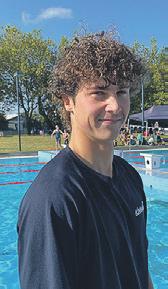






Volunteer lifeguards at Mangawhai have been stunned by Kaipara District Council’s proposal to delay – for at least three years – repair work on a large slip that has rendered their clubhouse unusable. The slip, on council land, has already made the clubhouse a no-go area for a year.
Mangawhai Heads Volunteer Lifeguard Service (MHVLS), which is operating out of temporary portacoms and containers, said the reduced facilities could impact
response time, risking the increased likelihood of loss of life or serious injury, and it is urging council to reconsider.
In its draft long term plan (LTP) for 2024-2027, which goes out for public consultation on April 4, KDC proposes to defer repairing the slip during the threeyear budget period.
“The cost has been estimated at around $1.7 to $1.9 million and we have not provisioned for it in our budgets for 2024-2027,” a consultation document stated. It added that council had agreed to set aside $150,000 for “initial investigations of the area”.
A council spokesperson said last week the draft might yet be amended before its March 27 adoption.
A significant landslide after the Auckland Anniversary weekend floods cascaded into the rear of the clubhouse, leaving it and nearby public tracks off limits.
Since then, as an interim measure, the surf volunteers have been working from temporary structures on a section of the car park, above the cordoned-off clubhouse.

The club has been operating from the site since 1963. Its building, which sustained moderate damage in the flooding, is insured, but the insurers won’t begin repairing it until the slip issue is resolved. The prospect has left the club reeling.
“Rather than getting on with stabilising the slip and allowing the surf club to reopen, it appears that council intends to leave it as is, which means the surf club will remain abandoned by council,” MHVLS chair Jess Costello said.
“We do not have a solution-focused and ‘get on with it’ attitude in council,” she said. “They are moving at a snail’s pace and are kicking the can down the road.”
Costello said council’s proposal to delay the repair would end up costing more, and deprive the community of a safe beach environment.
MHVLS was also unimpressed with the decision to devote $150,000 for “initial investigations”, rather than focusing on the actual repair.

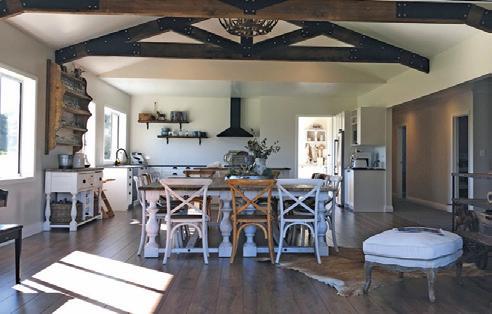

17
March 18, 2024 – Issue 475
Next
Sally Marden ph 022 478 1619 reporter@localmatters.co.nz
Patrick Goodenough ph 022 549 8271 news@localmatters.co.nz
Advertising: Ken Lawson ph 022 029 1899 advertising@localmatters.co.nz
Marc Milford ph 022 029 1897 local@localmatters.co.nz
Online:
Alysha Paul ph 022 544 0249 online@localmatters.co.nz Accounts:
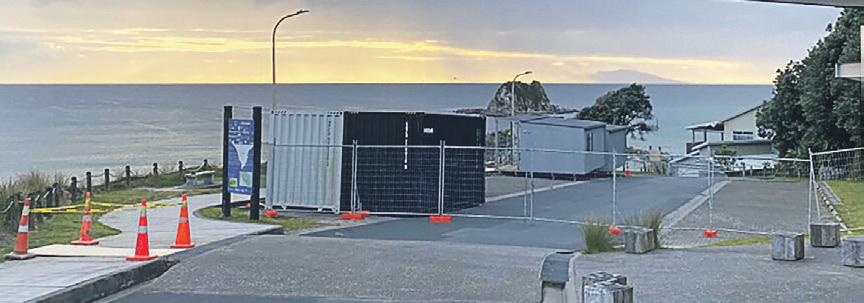
“We don’t agree with this direction and believe that there is widespread support in the community to just get on and fix the slip,” Costello said.
The club is calling on people to let council know during the LTP consultation that this was a priority.
“The lifesaving facility and our beach lifestyle are an iconic part of our community and what makes us who we are.”
Surf Lifesaving New Zealand (SLSNZ) also weighed in.
“We are urging the Kaipara District Council to prioritise the clean-up of the slip,” SLSNZ Northern Region general manager Zac Franich said. “MHVLS can then get on with creating a facility that will see them into the future.”
Franich said the club’s lifeguards had rescued 232 people and spent more than 37,000 hours on patrol over the past decade.
“Without their support, hundreds of lives would have been lost.”
The fact the club had been forced to operate without proper facilities over the past year hampered its ability to deliver those vital services, he said. Although Mangawhai’s junior surf programme was thriving amid the region’s consistent

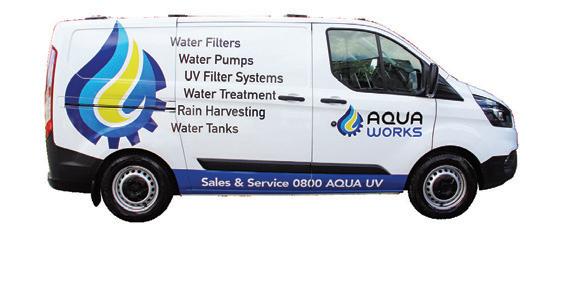

from page1
growth, retaining volunteer surf lifeguards was difficult, “especially when working out of suboptimal conditions like portacoms”.
“Providing them with a safe, warm and fully functioning clubhouse is not a luxury but an absolute necessity for the critical work they do.”
At a KDC meeting on February 28, MHVLS representatives told councillors that a recent reinspection of the clubhouse by insurers found that additional damage to the building had occurred, due to council’s lack of action.
Mayor Craig Jepson, in response, assured them that council understood the situation and was “not sitting on our hands”, but added that progress on such things did not happen overnight.
“The draft LTP is decided by full council and we have to look at all our funding options. And we’re still going through those, but at this point we are very strapped for money,” he said. “That’s about all I can tell you at this point.”
Days later, the consultation document emerged, proposing that the slip repair not be included in its budget for 2024-2027. Council declined to comment.
(See We Say p6 and story p11)
Civil engineer and Mangawhai Heads
Surf Lifesaving member David Wheatley said the slip, which displaced an estimated 560 cubic metres of debris, had caused moderate damage to the clubhouse, and also damaged Māori heritage sites.
Wheatley told a Kaipara District Council meeting in December that geotech consultants Tonkin + Taylor recommended that repair work start quickly to avoid additional slope failures due to continued, uncontrolled exposure of rock face.
If left exposed to future significant weather events it was likely that more debris would
move, resulting in further damage to the building and Māori heritage sites, and the slip would become far more difficult to repair. Possible solutions included a Shotcrete face, catch fences and drape mesh.
Wheatley said the preferred option –supported by the construction industry, Tonkin + Taylor and Kaipara hapū Te Uri o Hau – was drape mesh, which entailed netting being held in place by long pins bolted into the rock. The job would also involve moving unstable material from behind the clubhouse to the front of the building, where it could help protect

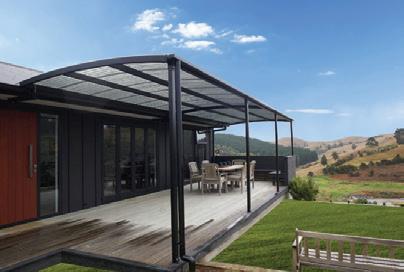
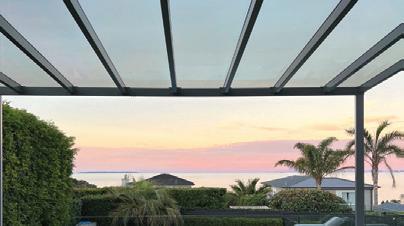

The provisional operating conditions at Mangawhai Heads are far from ideal, lifesavers say, especially when facing timecritical rescues or first aid incidents.
A serious incident on February 18 saw a surfer who sustained a critical spinal injury rescued by lifeguards with the help of fellow surfers, before being airlifted to Middlemore Hospital. Although the incident occurred outside normal patrol hours, because junior surf training happened to be underway, lifeguards had quick access to equipment.
But volunteer lifeguard Isaac Pow told a KDC meeting in late February that if juniors had not been training at the time of Matthew Scott’s injury, lifeguards would have had to unlock the provisional storage facilities to access equipment. That time delay could have been critical.
“We need to get out there as fast as we can to help someone who is either drowning or in a bad situation,” he told councillors. “I realised we’re actually in a situation where someone can potentially die because we’re working out of temporary accommodation, containers and portacoms.”
When the clubhouse was operating, equipment was readily available and could be “grabbed in seconds”.The present situation was not good enough, Pow said. “We need our club, we need it desperately. We need the slip removed as fast as possible so that our building can be resurrected.”
Mayor Craig Jepson told Pow that many issues coming before council “didn’t get solved overnight”.
against beachfront erosion.
The estimated cost for what he described as “a 100-year solution” would be $1.9 million, plus $2000 to $5000 annually for maintenance. The timeframe for the work would be one year from signing to completion. As soon as the slope was stabilised, the insured clubhouse could be repaired.
Wheatley noted that some had suggested abandoning the clubhouse and building a new one on the lower carpark. But, demolishing the existing building and rebuilding without repairing the slip would in the end be significantly more expensive.

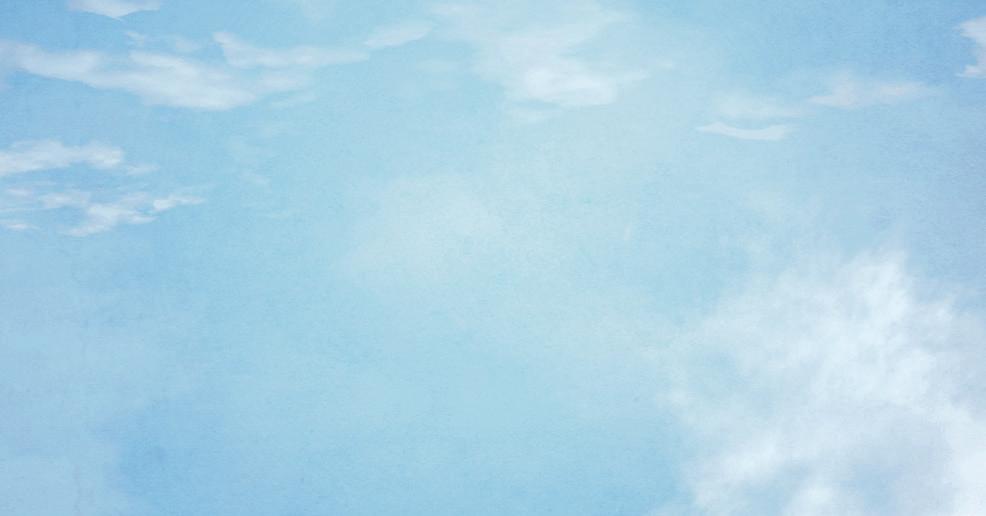
When Mike Wood from Matakana realised he’d lost his gold and diamond wedding ring last month, he had no idea where or when it had gone missing, and resigned himself to never seeing it again.
“We’d been to quite a few different places over the days preceding – Goat Island, Omaha Beach, the cement works – and it was only a few days later I realised it was missing,” he said. “My wife was convinced it was at Goat Island, as we’d been snorkelling there and putting on masks and flippers.”
Mike and wife Sharee went back to the beach, turned their house and car upside down and submitted an online report to NZ Police. They also posted the loss on half a dozen local social media pages, but assumed it was gone for ever – which Mike said was a real blow after 34 years of marriage.
Nearly two weeks later, North Rodney Blue Light was running a paddleboarding session for intermediate students from Mahurangi College at the old cement works in Warkworth. Just after pushing off from the bank, one of the girls, Lila Thackray, told tutor Kristal Gould she could see a ring in the water.
“I asked if she thought she could reach it, so she went under the water and managed to bring it out,” Kristal said.
Since it was obviously quite valuable, they decided to hand the ring into Warkworth Police Station and thought no more about it.
Meanwhile, Mike was still grieving his loss and, when he was in Warkworth a week or so after that, thought he’d call into the police station in person, just in case.
“The lady asked if I’d been to the cement works – which I hadn’t mentioned in my report – and when I said I had, she showed me my ring. I couldn’t believe it!” he said.
“It really was a miracle.”
Mike wanted to show his appreciation, so Kristal arranged for them all to meet on March 8, where Mike and Sharee expressed their heartfelt appreciation for what Lila had done and, to her obvious delight, said they were paying for her ticket to the annual Blue Light Fun Day at Rainbows End in September.
“You made my year, thank you,” Mike said. “Your honesty is commendable. We could have bought a new ring, but it would never have meant as much as this one.”
Lila revealed the ring had been inches from disappearing into the depths of the cement works pool.
“It was about a metre down, just on the ledge,” she said. “It looked like quite a precious ring.”
Mike and Sharee said they would be looking at having the ring resized to make sure it didn’t slip off in any water again.

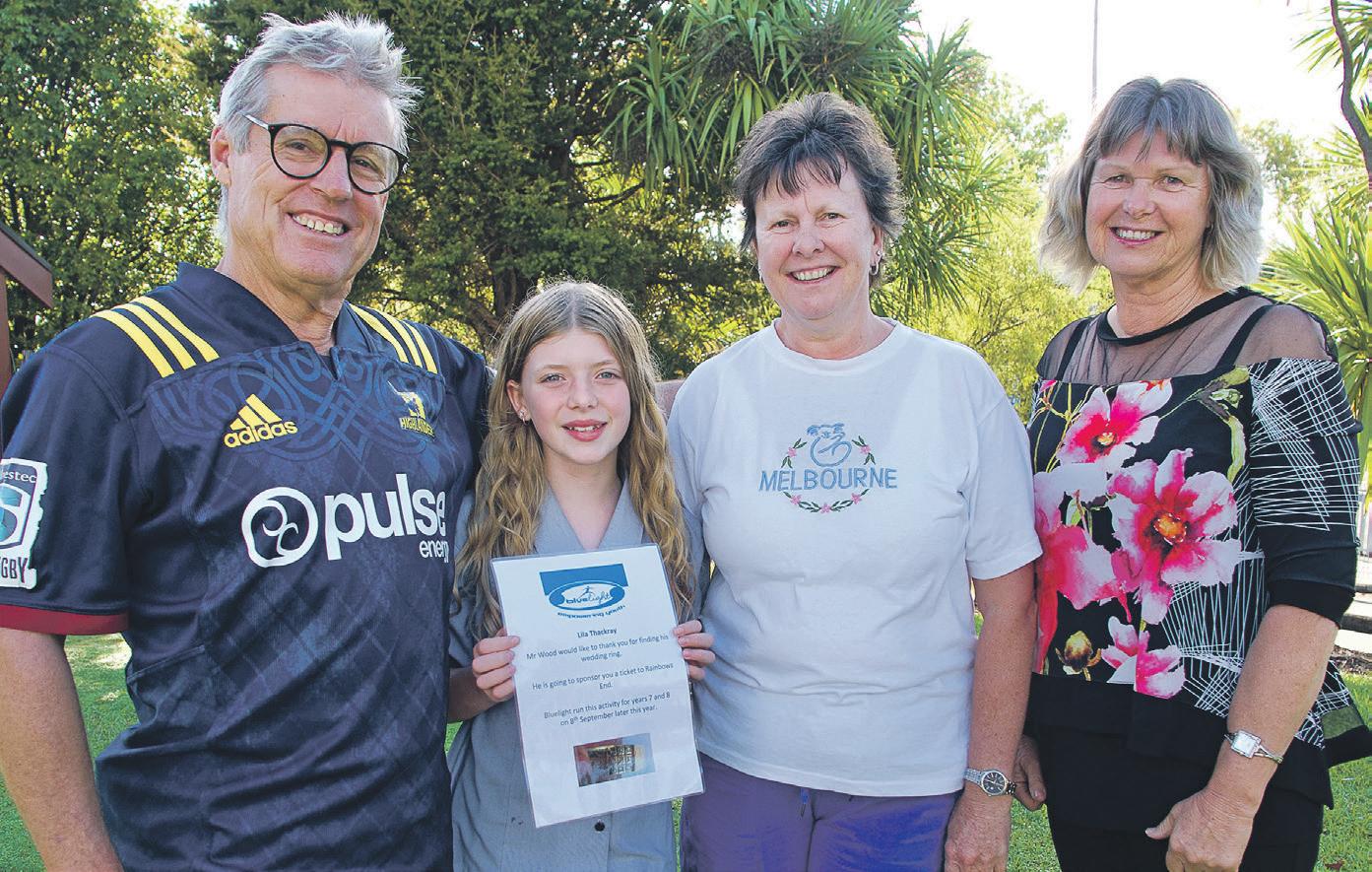
“There is no greater reward than seeing people reunited with their lost property,” she said, adding her own praise to Lila for handing the ring in to the station.
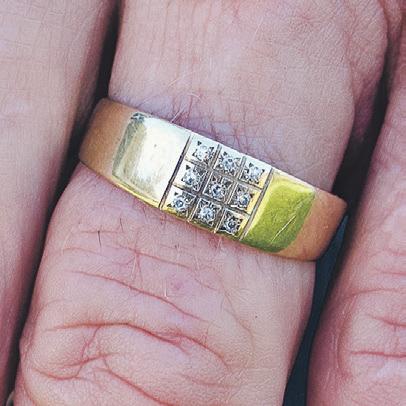
Work is expected to start before the end of the year on an 80-metre long timber bridge that will link Kowhai Park to the Warkworth Showgrounds.
The long-awaited bridge will traverse a steep gully and be designed for pedestrians and cyclists.
Auckland Council parks and community facilities manager (Rodney) Geoff Pitman says a resource consent for the Kowhai Park Reserve walkway has been lodged.
The project has three components – a 2.5 metre-wide concrete footpath, a timber boardwalk and the 80 metre timber bridge – and will cost around $1 million.
“The project is expected to finish before next winter, but will depend on the construction timeline, which will be finalised during the procurement process,” Pitman says.
Specialist track and bridge construction contractors will be invited to tender for the work.
The new shared path will link key Warkworth destinations and provide safe pedestrian access from Warkworth through two reserves and away from SH1.
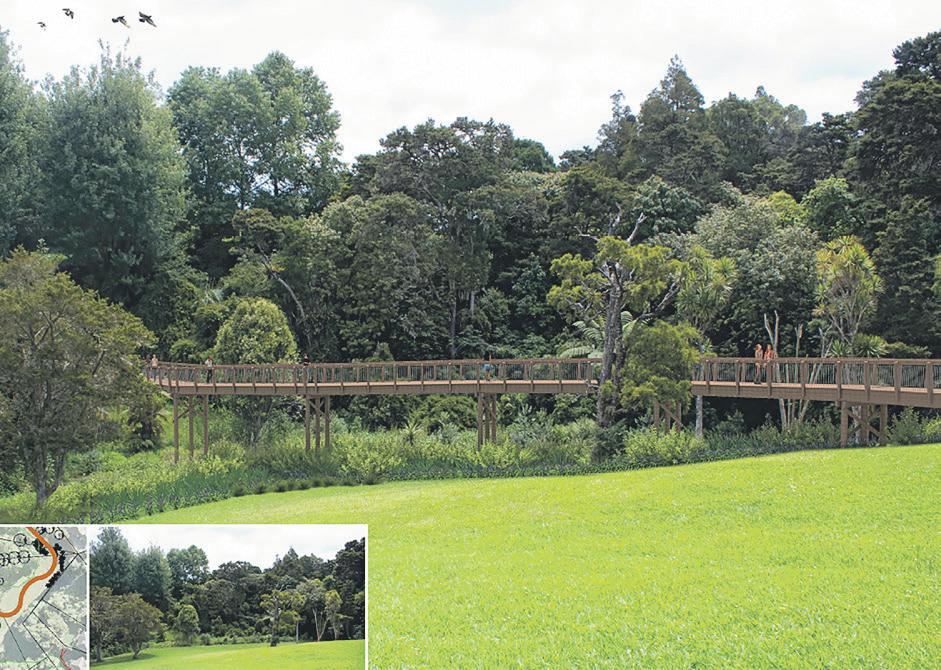
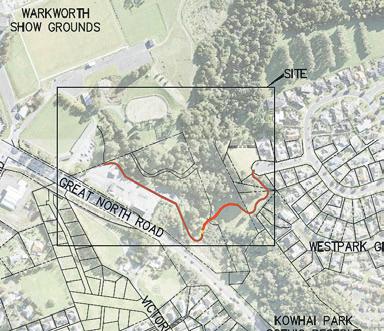


Auckland Council has been urged to do its job in protecting the seabirds and their chicks on Omaha Spit, which are being decimated by cats.
Speaking on behalf of the Omaha Beach Residents Society and Omaha Shorebird Protection Trust, Richard Brabant told council’s planning, environment and parks committee meeting last week that unless council extended the predator-proof fence to the low water line in Whangateau Harbour and allowed live cat capture in the Omaha Shorebird Sanctuary, dotterel and variable oystercatcher populations were doomed. He also asked for the status of the reserve to be changed so council could close the reserve during the breeding season.
“Otherwise, the whole point of the sanctuary and the investment made to date will be a wasted exercise,” he said.
While council agreed to refer the issue to its chief of strategy for further investigation, Rodney’s Cr Greg Sayers said that this was not enough.
“I think it’s pretty clear that there is a high degree of frustration,” Sayers said. “There is a fear that things won’t happen quickly enough.”
Other councillors said the problem of cat predation was not isolated to Omaha.

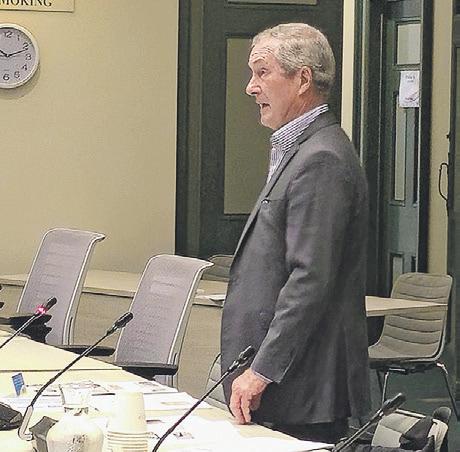
Brabant said just another 20 metres of fence was all it would take to do the job properly.
Cr Chris Darby said if a cat came onto his rural property [not in Auckland] and it found a trap, it was dead, along with stoats, possums and rats.
“Last night, thousands of native birds [in Auckland] were destroyed by cats,” he said.
“This is a huge issue and it is destroying the native birdlife of Tamaki Makarau.
“Our animal control bylaw is all about the impact on human beings and nothing about the impact on the natural environment. We’ve missed the plot.
“We have bylaws for dogs, roosters, horses and all kinds of animals where they impact on humans, but the rules have no teeth when it comes to protecting nature.”
Mayor Wayne Brown said if these were dogs killing kiwis, the dogs would be killed. “What is it about cats that they get special treatment?” Brown asked. “There’s no shortage of cats, but at some stage we will run out of wildlife.
“I support the extension of the fence, but I’d rather just kill the bloody things.”
The news that New Zealand’s first sand manufacturing operation will start up next month could be a “game breaker” in the Pakiri sand mining appeal currently before the Environment Court, according to one opponent.
Save Our Sands spokesperson Ken Rayward said Kaipara Ltd’s aim to produce 300,000 tonnes of sand a year by crushing rock from its Brooksby quarry near Clevedon could also crush claims by McCallum Bros Limited (MBL) that Pakiri sand was essential to prevent a supply crisis.
“They (Kaipara) have announced they have a quarry in Auckland, producing
sand from April, technically and price competitive, sustainable for 1000 years,” he said.
“This takes away any concerns for a shortage of supply impacting the Auckland construction sector. It’s a potential game breaker.”
Kaipara Ltd previously owned one of three sand mining consents off Pakiri, until it sold its permit to MBL and got out of sand mining in October 2021.
The company said it was pursuing sand manufacture as it felt there was a need for a viable and sustainable alternative to ensure
continuity of supply that didn’t involve continually taking natural sand from rivers and the sea.
Manufactured sand is increasingly being produced and used in construction in many countries, including China, Japan, India and the US.
More than a dozen environmental, community and resident groups are opposing MBL’s appeal against a refusal by commissioners in 2022 to renew its consent to dredge sand offshore from Pakiri and Mangawhai. Following hearings over three months last year, a decision by the Environment Court is expected later this year.
Foodbank hit twice
A Kaiwaka foodbank and op shop was forced to close its doors for more than a week this month, after thieves broke in and stole donated goods worth thousands of dollars – twice. The first break-in at Te Pātaka o Kaiwaka – The Storehouse of Kaiwaka happened in mid-February, when raiders emptied the freezer of meat and stole a wide range of other food and groceries. Then, just as organisers were recovering from that, a second break-in occurred between March 2 and 5, when more food and groceries, plus winter blankets, clothing and donated toys, were stolen. Milly O’Leary, who runs Te Pātaka, said the raids were “really heartbreaking”, but they were determined to carry on and reopened last week, after boosting security at the premises beside Kaiwaka Memorial Hall.
The two new ‘average speed’ cameras on Matakana Road, which were to have gone into service in the next few months, have been removed after being vandalised. Waka Kotahi says the vandalism has been reported to police. “We are working to get the cameras back up as soon as possible,” a spokesperson said. The cameras are designed to calculate the average speed that a vehicle travels across a length of road between two cameras, which Waka Kotahi says is more effective than a single speed camera.
Leigh subdivision
The population of the coastal fishing village of Leigh is set to rise, following the listing of 27 sections for sale. A seven hectare subdivision, on the northern side of Hauraki Road, fronting on to Sea View Road and Albert Street, is being marketed by LJ Hooker. The sections are priced from $745,000 and range in size from 2500 square metres, the minimum size allowed under the Unitary Plan for land not connected to an urban sewerage scheme, up to 4053sqm.

The latest tranche of speed limit reductions to affect local roads has been approved, this time by Waka Kotahi NZTA for sections of highway running through Wellsford, Te Hana and Tauhoa.
They include reducing the speed limit through Wellsford town centre to 40 km/h and introducing variable speed limits (VSL) near two schools, Rodney College and Tauhoa School.
The changes on State Highways 1 and 16 are part of more than 50 changes approved for Northland and Auckland, and will be rolled out throughout the year.
The changes are as follows:
SH1 Te Hana: A 700-metre stretch from 1km south of Mangawhai Road to where SH1 crosses the railway line: down from 100km/h and 70km/hr to 80km/h
From where the road crosses the railway,
through Te Hana, to just south of Silver Hill Road: down from 70km/h to 60km/h
SH1 Wellsford: From the northern entrance to the town to just south of Matheson Road: down from 70km/hr and 50km/h to 50km/h
For 500 metres north and south of Rodney College: down to 50km/h, or 30km/h at school pick-up and drop-off times
Wellsford town centre, from 60 metres south of Matheson Road to just past the ambulance station: from 50km/h to 40km/h
SH16 Wellsford: From the western Wellsford entrance sign almost to Davies Road: down from 70km/h to 60km/h
SH 16 Tauhoa: From Tauhoa Hall to 160 metres north of Tauhoa Road: 100km/h down to 80km/h, or 60km/h at school pickup and drop-off times
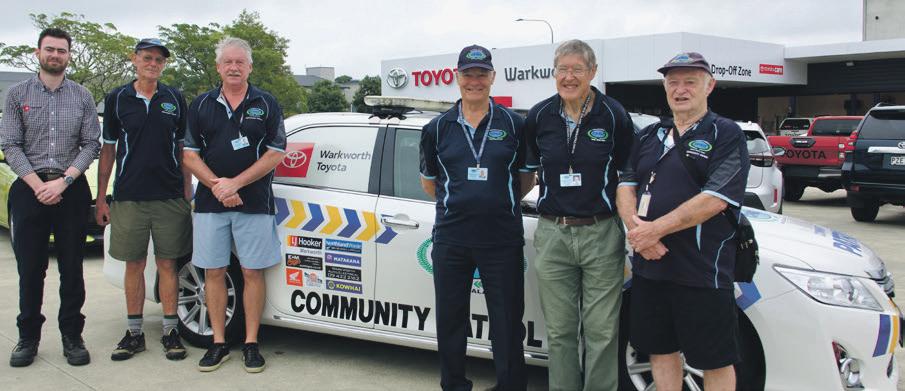
Several extremely grateful members of North Rodney Community Patrol were at Warkworth Toyota last week to receive the ultimate donation – a brand new Toyota Camry Hybrid sedan. The new vehicle was fully funded by Warkworth Toyota and replaces an old Toyota Orion that had been provided by the dealership seven years ago. Patrol volunteer Richard said while the old car was still fit for purpose, Warkworth Toyota saw that they needed an upgrade. “We’re really lucky, we couldn’t exist without them,” he said. Warkworth Toyota customer service manager Cherryll Thompson said they were happy to support the Community Patrol, which covers Warkworth and out to Martins Bay, Omaha and Point Wells. “It’s something we have done for a long time and will continue to do. We want to support the community as much as possible,” she said. Volunteers run three fourhour observation patrols a week to support local police. Pictured at the handover, from left, Warkworth Toyota service manager Luc de Fleuriot with volunteers Greg, Richard, Jeff, Steve and James.





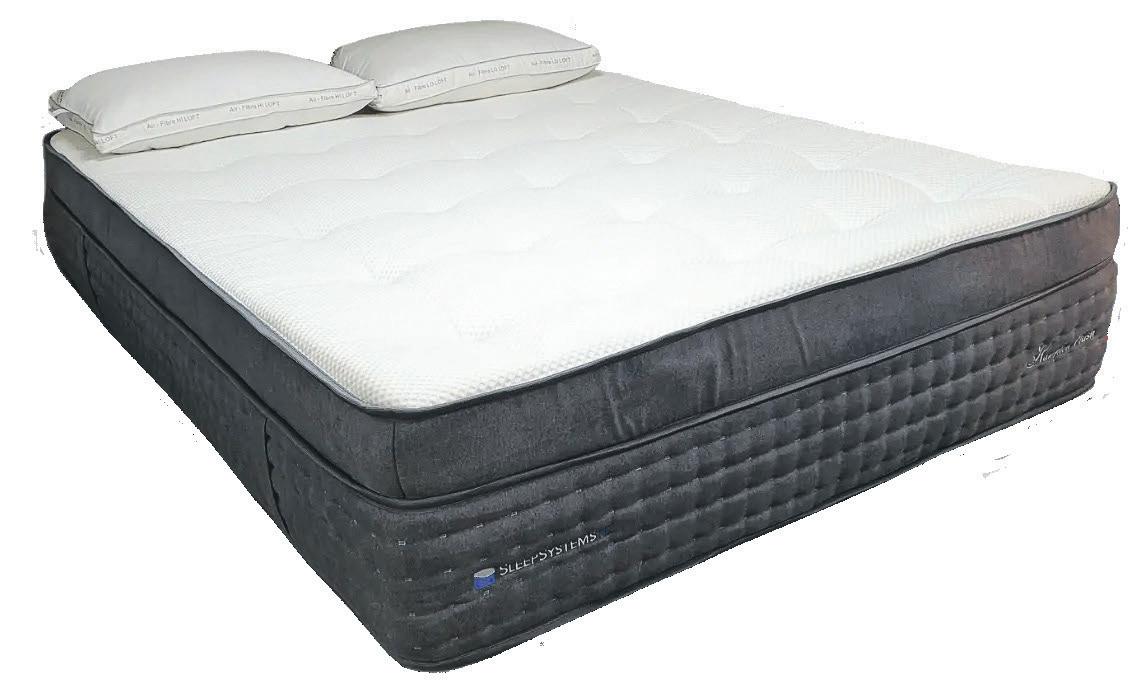


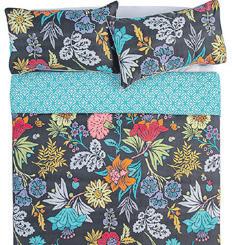
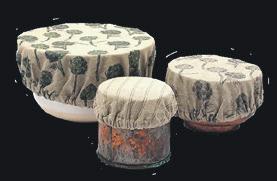

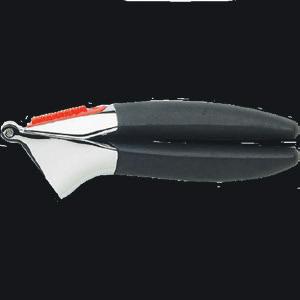







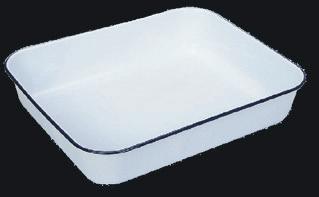
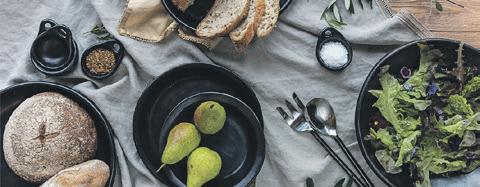

to serve.
Mangawhai Heads is arguably Kaipara’s premier surf beach, a magnet for thousands of surfers and swimmers each year. For decades, its doughty volunteer lifesavers have kept its waters safe, rescuing more than 230 people over the past decade alone. As Mangawhai’s much-discussed population growth materialises in the coming years, the work of the Mangawhai Heads Volunteer Lifeguard Service will only become increasingly important.
So when, in the aftermath of the 2023 Auckland Anniversary flooding, a chunk of neighbouring hillside careened into the back of the clubhouse, leaving it unusable, one may have been forgiven for thinking the party responsible for that land would have prioritised fixing the mess –particularly when that party was Kaipara District Council.
But no.
During my years of school visits around Kaipara ki Mahurangi (from Parakai to Wellsford) when the Ka Ora, Ka Ako –Healthy Lunches in Schools programme started up, teachers were consistently saying how much this programme benefited learning and kids’ wellbeing in the classroom.
A study by researchers at the University of Auckland found the programme had brought more nutritious food into schools, reduced hunger, increased physical fitness and mental wellbeing, lessened financial stress on struggling families, and created new jobs.
Study results published today, state “achievement for students in food poverty was up to four years behind their foodsecure peers, even after accounting for socio-economic deprivation”.
A programme that makes sure that children are eating more nutritious food and contributes positively to their wellbeing, helps them to learn, and saves families money, is exactly what we should invest in, especially during a cost of living crisis.
I wonder what Chris Penk’s response is? Truly, if he has visited these schools, he will have heard the same feedback. These lunches make a difference in the lives of

In its Long-term Plan (LTP) now under consideration, council is proposing not to repair the slip for the next three years at least, although it will earmark $150,000, for “initial investigations” of the area.
This LTP is different. Following last year’s flooding, Kaipara is one of eight councils permitted to adopt a three-year (2024-2027) unaudited LTP, “ with a focus on recovery”. Yes, money is tight, and balancing competing needs is an unenviable job. But how can fixing the Mangawhai Heads slip not qualify when deliberating spending
“with a focus on recovery”?
Council plans to spend $322.553 million in capital and operating expenditure over the next three years. Repairing the slip –and so allowing MHVLS’ insurers to repair the clubhouse – would cost an estimated $1.9 million. That’s less than 0.6 percent of the proposed three-year budget. By comparison, the proposed line item for “District leadership, finance and internal services” is $20.286 million (operational and capital expenditure combined) –almost 6.3 percent of the total. “Open
spaces and facilities” gets $41.588 million, or 12.9 percent.
Meanwhile, Mangawhai volunteer surf lifesavers continue to work from temporary structures and storage facilities in the carpark. Understandably, the club is worried that the less-than-optimal situation could cost valuable time – and, ultimately, lives.
The LTP remains a draft, and may yet change. Mangawhai’s lifesavers are hoping it does. Public consultation begins on April 4. Let council know how you feel.
our kids and local families.
MarjaLubeck, Tomarata (former Labour list MP)
I agree with Don Sollitt that the Dome is a daft place to site a landfill for many reasons (MM Mar 4). However, Energy from Waste (EfW) is not the silver bullet that he supposes.
Municipal solid waste is literally a rubbish fuel. To get a waste burning furnace to operate effectively, a high-quality fuel, such as diesel, needs to be added. To deliver energy as high pressure steam for power generation would require more diesel to be added to the furnace.
The generation efficiency of the steam cycle typically used in EfW plants is about half that of a diesel generator. To make electricity, it is more sensible to use a diesel generator than to pour that fuel into an EfW plant.
A major issue with waste burning is the creation of dioxins, etc. Sophisticated systems have to be used to reduce such hazardous emission, but they are very expensive. When a waste burner is made into an EfW plant, the dioxin formation mechanisms are exacerbated.
When waste is landfilled, most of the carbon in that waste remains underground. Only a
small part escapes as uncaptured methane. When waste is burned, all of the carbon is emitted as CO2. Claims of a greenhouse benefit of EfW over landfilling are questionable.
“If it sounds too good to be true, then it probably is.”
Steve Goldthorpe, Warkworth Energy systems analystIn response to Ray Eder’s letter (MM Mar 4), let’s set the record straight. I took a minute to read the www. plasticsoupfoundation.org article that Ray summarises “in a nutshell”, as saying that plastic recycling just doesn’t happen. Well, that is only the first sentence. If you read further, it goes on to say, “The suggestion, however, that the issue of plastic pollution can be solved through recycling is a myth. In reality, only 9% of all plastic in use worldwide is recycled, and the majority of this recycled plastic is of inferior quality.” Which is markedly different to saying that recycling doesn’t happen at all. Recycling is certainly not the best solution, but it still plays a critical part in reducing plastic in our environment. New Zealand already recycles more than the world average and we should continually improve our efforts. Keep separating those number 1, 2


and 5 plastics out of your rubbish everyone!
Neil McGarvey, Sandspit
Solar madness
Your article regarding solar panels staggered me (MM Mar 4). The heat that is going to be generated from 260 hectares of these black panels, smacks in the face of global warming. To boot, the heat wave descending upon the township will make it difficult to work in, plus it will cause road surface melting.
Then if they couldn’t be more stupid, they anticipate putting this on fertile land. Of course, then there is the view showing the world’s tourists how to kill a beautiful landscape.
There are plenty of hilltops for windmills out of site that would be a far better solution. Please can we have some common sense?
Sylvia Taylor, Kaipara FlatsTotara lament
I was passing Kowhai Park today and for the first time noticed the totara trees, which have died since the carpark was “upgraded”. It seems a real shame that the trees have been killed off. RIP totara. They paved paradise and put up a parking lot, with a brand new toilet and a camper van stop. (With apologies to Joni Mitchell)
RayEder, Warkworth
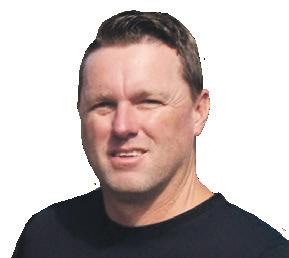

Imagine pouring your hard-earned money into a jar for future expenses, only to have someone else decide how and when it’s spent, with no clear plan or guarantee that it goes towards the things you need most. This, unfortunately, is the situation Auckland faces with its infrastructure.
While the city outlines ambitious goals in its Long-Term Plan (LTP), a crucial element is missing: a transparent and objective Asset Management Policy that dictates how our rates are used to maintain, depreciate, and improve critical infrastructure like roads and community facilities.
The lack of a transparent policy seems to have had real-world consequences. We’ve seen instances where roading budgets in Rodney, and likely other regions, have been reallocated or pushed into the future. This not only creates uncertainty for crucial infrastructure projects, but also leaves our communities with deteriorating roads, impacting safety, travel times, and overall quality of life.
This missing piece raises significant concerns about the effectiveness and fairness of the LTP, especially for communities like Rodney, which have historically faced underinvestment in critical infrastructure, especially our roads. Relying solely on an Asset Management Plan without a clear and independent policy creates a system susceptible to political influence and potential bias.
Many in Rodney, myself included, are reluctantly willing to consider rate increases to support Auckland’s future. However, this willingness hinges on a crucial condition: transparency and fairness in how these funds are used.
Why a separate Asset Management Policy is essential:
Transparency and accountability: A stand-alone policy fosters transparency by clearly outlining the framework for budget allocation. This allows residents, especially those in Rodney, to easily understand how their rates are being used and how their community’s infrastructure needs are prioritised. This transparency is crucial for building trust and ensuring the council is held accountable for its resource allocation decisions, including those impacting roading projects.
Fairness and objectivity: A dedicated policy can establish objective criteria for prioritising asset needs such as criticality, risk assessment, community impact and long-term sustainability. This ensures that decisions are not solely based on political influence, which can disadvantage outlying regions like Rodney, whose roading needs might be overlooked.
Therefore, as part of my feedback on the LTP, I will be asking Auckland Council to develop and implement a separate Asset Management Policy. This policy should be transparent, objective and adaptable, ensuring fair and sustainable resource allocation for all Auckland communities, including Rodney.
Additionally, I will ask council to establish a formal mechanism for community engagement in the development and implementation of this Asset Management Policy. This will not only ensure that the policy reflects the needs of all communities but also foster a sense of ownership and shared responsibility for Auckland’s future. The more of us who provide feedback to the Long-term Plan, the more our voice will be heard. Please have your say now.
https://akhaveyoursay.aucklandcouncil. govt.nz/

A major refurbishment of the 126-year-old Whangateau Hall is expected to be finished by the end of May. Rodney area manager for parks and community facilities Geoff Pitman says the work includes structural strengthening of the existing roof framing, the replacement of any decayed timber and the installation of ‘tree oak’ heritage profile corrugated roof cladding, along with new porch canopies. Spouting and downpipes will be replaced, as well as internal remedial repairs to address leaks and damage to interior linings. The existing ramp handrails will also be replaced. The Rodney Local Board renewal funding project is expected to cost just over $310,000. As part of the work, the existing public toilet block, opposite the hall, will be replaced. Pitman says that work will be tendered shortly. The main contractor is Matassa Property Services.

With the increasing frequency of extreme weather events, such as the slips and surface flooding that wreaked havoc around Mahurangi and the rest of the upper North Island last year, insurance has become even more important to consider when buying a property.
Insurance companies are tightening up on what they will insure and raising their premiums, and prospective property buyers should take note.
Without insurance, banks will not advance a loan on a property. There have been recent examples of property buyers finding out days, or even hours, before settlement that their insurer will not cover them, and consequently, the bank would not advance funds. In some cases, settlements have even fallen through and deposits lost.
Other homeowners have found out the hard way that insurers are applying risk-based pricing, so for flood-affected or at-risk properties, insurance may be available but with particular exclusions and/or considerably higher premiums.
Now more than ever, it is important to take legal advice before signing an agreement to purchase property in New Zealand. Some common advice from your lawyer might include:
• Having a lawyer review your proposed sale and purchase agreement before you sign it. Your lawyer can help protect your interests.
• Contacting an insurer as soon as possible to see if they will provide full cover for the property you are interested in - before you go unconditional on any purchase. Finding out the long-term insurability of the property - will
you be able to insure it when you need to (e.g. if you are building)?
• Ordering a LIM report from your local council to check for flood risk. The vendor doesn’t necessarily have to disclose any flood damage, but if you know the property is in a risky area, this may be a warning to you.
• Visiting the property yourself to check for any flood damage or recent repairs so you can make enquiries if you notice anything unexpected.
• Exercising caution on any property advertised as: ‘as is where is’, which could signal that there is flood damage or other possible issues with the property, which may also make getting sufficient insurance difficult.
• Recommending you have an inspection done by a pre-purchase building inspector (specifically, a NZS4306 pre-purchase inspection).
• Finding out further information yourself through the EQC Natural Hazards Portal, where insurance claims on the property are shown.
• Checking if your local Council has an online tool which shows the Council’s record of flood plains in the area, or contact them directly to ask.
Buying a property can be an exciting journey but there is a lot at stake; it is well worth seeking your lawyer’s advice early on.

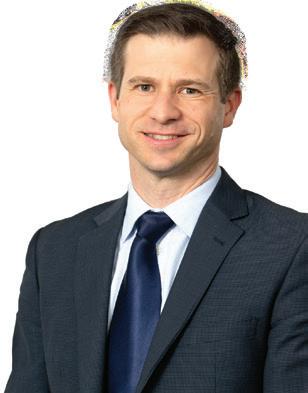
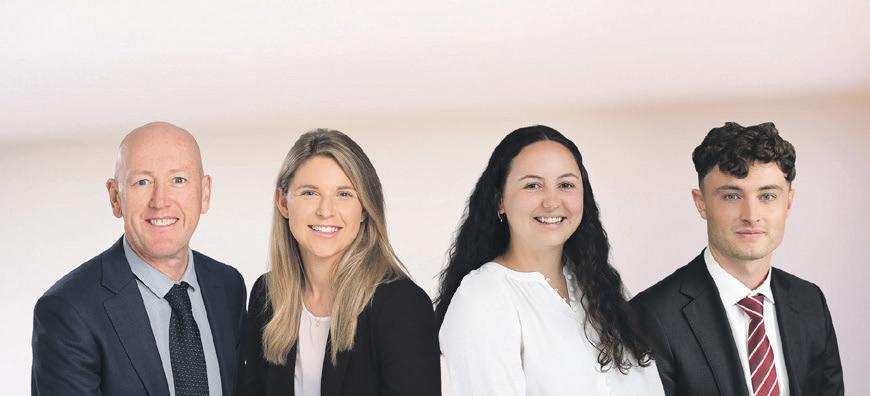
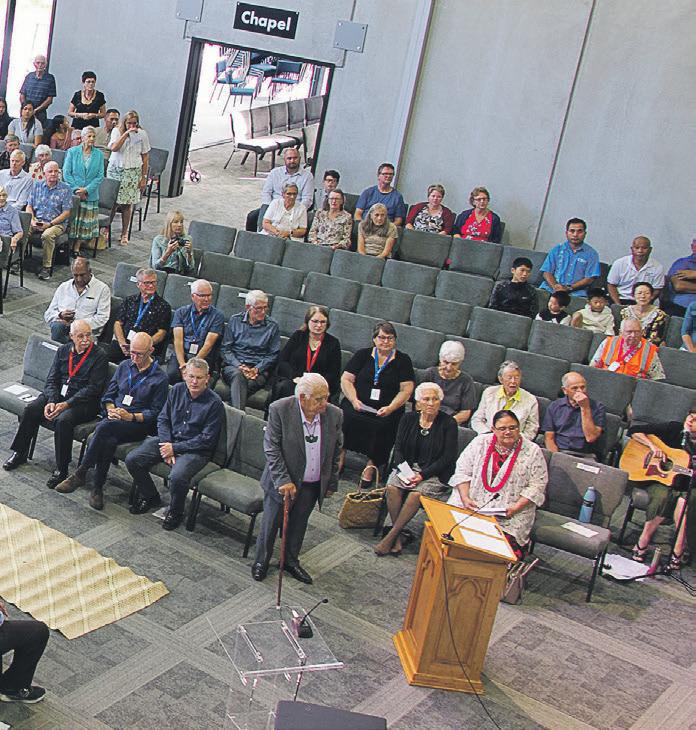
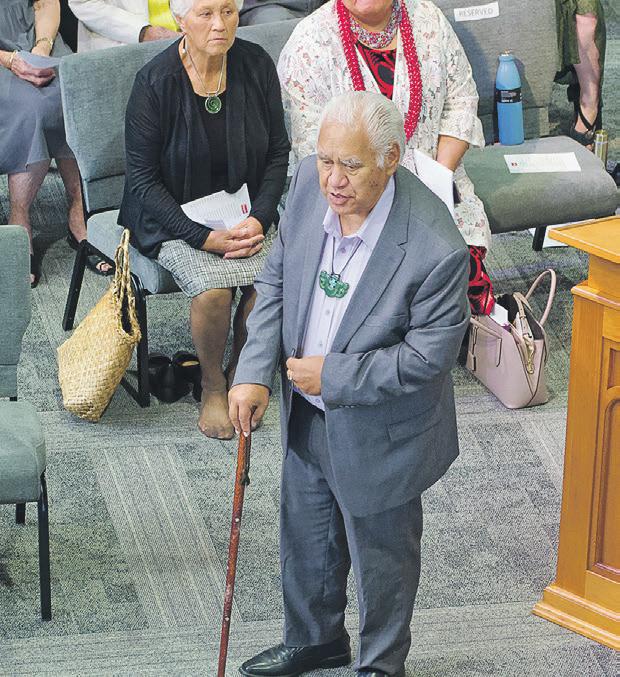
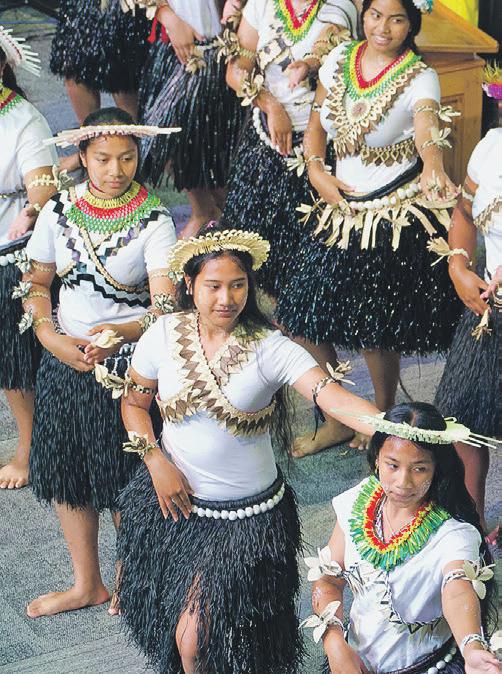

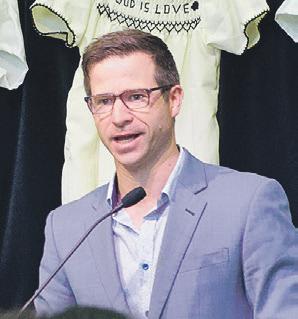

Mahurangi Hope, the 3000 square metre Presbyterian church and community centre in Warkworth, was officially opened with a powhiri, prayers, speeches and song on Saturday, March 2.
More than 200 guests, speakers and performers were formally welcomed into the building off Mansel Drive with a traditional Maori summoning chant, or karanga, by Ngāti Manuhiri’s Jacky Ruck, followed by a speech and prayers in te reo from Rev John Marsden (Ngāti Whatua).
The centre includes a large function centre, public sports hall and café, and was funded by the church in conjunction with Auckland Council Sport and Recreation, a number of grants, community fundraising and a bank loan (MM, Mar 4).
The two-hour opening celebration, which was MCd by Brent Harbour, featured speeches from more than a dozen supporters and people involved with the six-year build, all in front of a colourful backdrop of traditional Kiribati embroidered dresses and a woven banner

mat depicting the word ‘Hope’. Speakers included Kaipara ki Mahurangi MP Chris Penk, Rodney Councillor Greg Sayers, Mahurangi College teachers Michael Winiana and Catherine Hutton, and representatives from other Warkworth churches, as well as key Mahurangi Presbyterian Church members who made it all happen – executive pastor Roger Mackay, senior pastor Nick McLennan, Mahu Vision Community Trust chair Frank Grose and key build team members, Brian Dangerfield and Gary Caldwell.
All spoke of the tremendous local collaborative effort that had made the new centre possible, and of the value it was already bringing to the wider Mahurangi area as a spacious community venue and sports facility.
Between the speeches, contemporary worship songs, Māori waiata and traditional Kiribati garland songs and dances were performed, and the formalities were followed by refreshments, lunch and entertainment from local kapa haka and Pasifika groups.

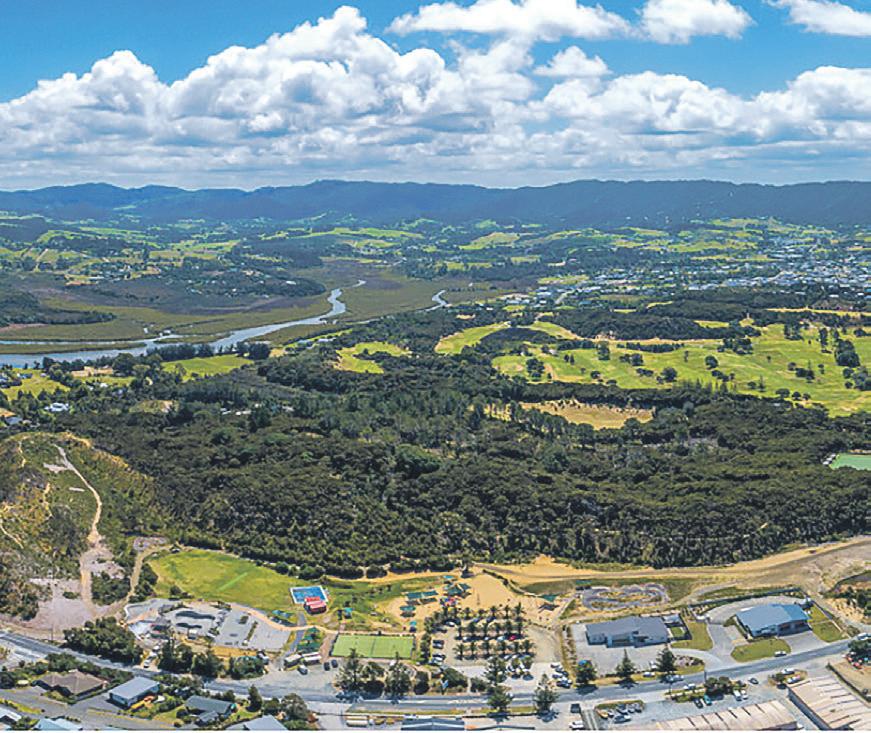
Community Park chair Mary-Anne Boyd.

The 34 hectare park on Molesworth Drive incorporates attractions and facilities
Among key changes proposed in the draft are optimising existing car parking areas at MAZ, the heritage precinct and bowling club; the possibility of permitting some commercial development in the park; and the creation of a new Merz Hut precinct off Thelma Road South, with car parking and picnic areas. The Merz Hut area celebrates the heritage of Swiss-born engineer, designer, inventor, squatter and “Mangawhai character” George Merz, who lived in Mangawhai during World War II. The draft also identifies an area below the Mangawhai Club as a potential location for a future library, community hub or similar

See MM Nov 20, 2023)
Consultation opened on March 5 and feedback is invited until 5pm on May 6. https://www.kaipara.govt.nz/ mangawhaicommunitypark











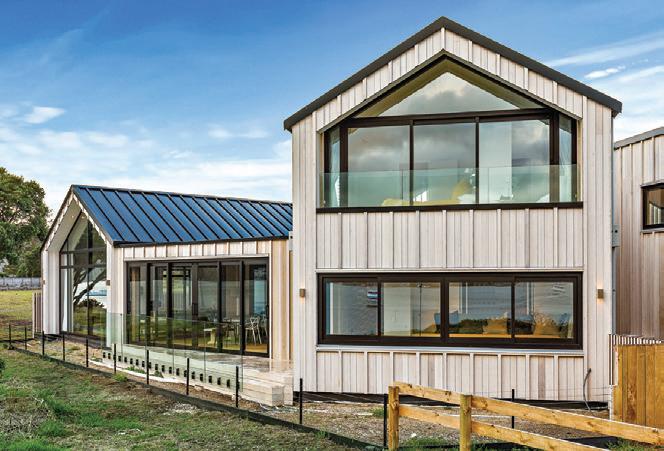


 Murray Chapman, Manager https://onemahurangi.co.nz
Murray Chapman, Manager https://onemahurangi.co.nz
At first glance, the phrase, “The fight goes on!” might strike you as overly dramatic. However, the reality is that ongoing discussions, meetings, and yes, even battles, are a daily occurrence to ensure that the infrastructure in Warkworth and its surrounding area meets our community’s needs.
Consider the Hill Street intersection. Many have remarked to me, “It’s all sorted now; we no longer face traffic issues there, so why consider spending approximately $18 million on it?” The situation might seem resolved now, but let’s project into the future – five, 10, 15 or 20 years ahead. With all the planned and proposed developments, such as the 600 homes at Warkworth Ridge, and the retirement village alongside potentially 3000 homes on the former Paddison Farm on Matakana Road, funnelling traffic into the Te Honohono ki Tai link road, the necessity for Hill Street to function optimally will be undeniable.
The current redesign of the Hill Street intersection did not come about by chance. It is the result of persistent efforts from a dedicated group from One Mahurangi, who worked within the design group to ensure the community’s needs were considered. Co-chair Dave Stott, Roger Williams from the Warkworth Liaison Group and I have spent countless hours negotiating and advocating to secure the
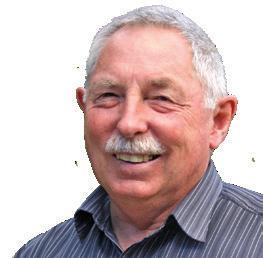
best outcome for our town.
Our advocacy extends beyond traffic solutions. We’ve been instrumental in discussions about the potential location for a new school and successfully persuaded Auckland Transport (AT) to address the raised crossing issue on Woodcocks Road. This achievement was made possible through strategic engagement with key individuals at AT, and we continue to collaborate on resolving traffic issues in the Warkworth industrial area.
Another significant challenge we are confronting is with Watercare regarding the proposed route for the wastewater pipeline from northern developments. We believe winning this battle is crucial for the survival of our town. A pipeline through the town’s centre would drastically affect local retail businesses, and we are committed to opposing this plan with unwavering determination. While Warkworth may appear serene and unchanged, beneath the surface there is a dynamic struggle to address the challenges that come with change. These efforts are driven by a simple belief embodied in our motto: “We are stronger together.” One Mahurangi is dedicated to advocating on behalf of our community, ensuring that our collective voice is heard and that the future of Warkworth reflects the needs and wishes of its residents and business community.
The welfare group Kaimanawa Heritage Horses has 230 horses to rehome this year. The annual muster will be held in April or June after this year’s count confirmed that there are 530 horses in the Waiouru Ranges. The optimal number for the environment is 300. Information and applications on rehoming a Kaimanawa wild horse can be found at: www.kaimanawaheritagehorses.org or email muster@kaimanawaheritagehorses.org



The Warkworth area was enlivened by a certain joie de vivre earlier this month, with the appearance of dozens of French classic cars on local roads.
The reason for the presence of les autos française was the Citroën Car Club of New Zealand’s annual rally, which this year was called ‘Réunir à Mahurangi’ – a Mahurangi get-together – with two days of events, social activities and vehicle displays from March 5 to 7.
Nearly 100 people and around 70 Citroëns of all ages travelled from all over the country for the event, which was hosted by the Auckland branch of the club, including seven vehicles from the South Island. There were two evening park-ups for public viewing at Warkworth Wharf, plus a large gathering at Point Wells on Wednesday, March 6, where a ‘pride of ownership’ display took place. The cars were grouped by model and age, including several vintage
Traction Avants dating back as far as the 1930s, the quirky and ever-popular ‘Deux Chevaux’ 2CVs and the sleek, self-levelling DS series.
The star of the show for many was an immaculate ice-blue 1967 DS21 convertible, hand-built in Paris by Henri Chapron, which was bought from Bonhams’ Grandes Marques auction in Monaco for a sum well north of $300,000 and shipped to NZ in 2021.
One of the organisers, Pete Sinton, said afterwards the get-together had been a great success, with terrific food at event HQ The Bridgehouse and Point Wells Hall, and he expressed his gratitude to Warkworth Lions for keeping an eye on the cars at Warkworth Wharf.
“I hope this is a forerunner of other such car events in Warkworth,” he said. “It’s a great destination for drivers and good for the business community.”
Kaipara
Council will ask for
feedback on its abbreviated Long-term Plan 2024-2027 next month.
Mayor Craig Jepson is encouraging everyone to have their say.
“The Long-term Plan affects all of us who work, play or live in this beautiful district, whether it’s through changes to your rates, the services we provide or the works we have in the pipeline for the next three years,” Jepson says.
The draft budgets and work programmes remain subject to change up until the end of this month, when the council will adopt the consultation document and seek community feedback from April 4.
Residents are encouraged to register on the People’s Panel, on the council website (https:// www.kaipara.govt.nz), to be kept informed.

Normally, a Long-term Plan has a 10-year projection, but a shortened plan with a focus on recovery was approved by council last September. The decision followed a Severe Weather Emergency Recovery Order offered by central government. The order suspends the statutory requirement to produce a 10 year audited Long-term Plan for eight councils who were severely affected by last year’s weather events. Instead, these councils, including Kaipara, are able to adopt a three-year, unaudited plan with a focus on recovery.
Long-term Plan timetable
Consultation period April 4 to May 4
Public hearings May 15 and 16
Deliberations May 28
Adoption July 31
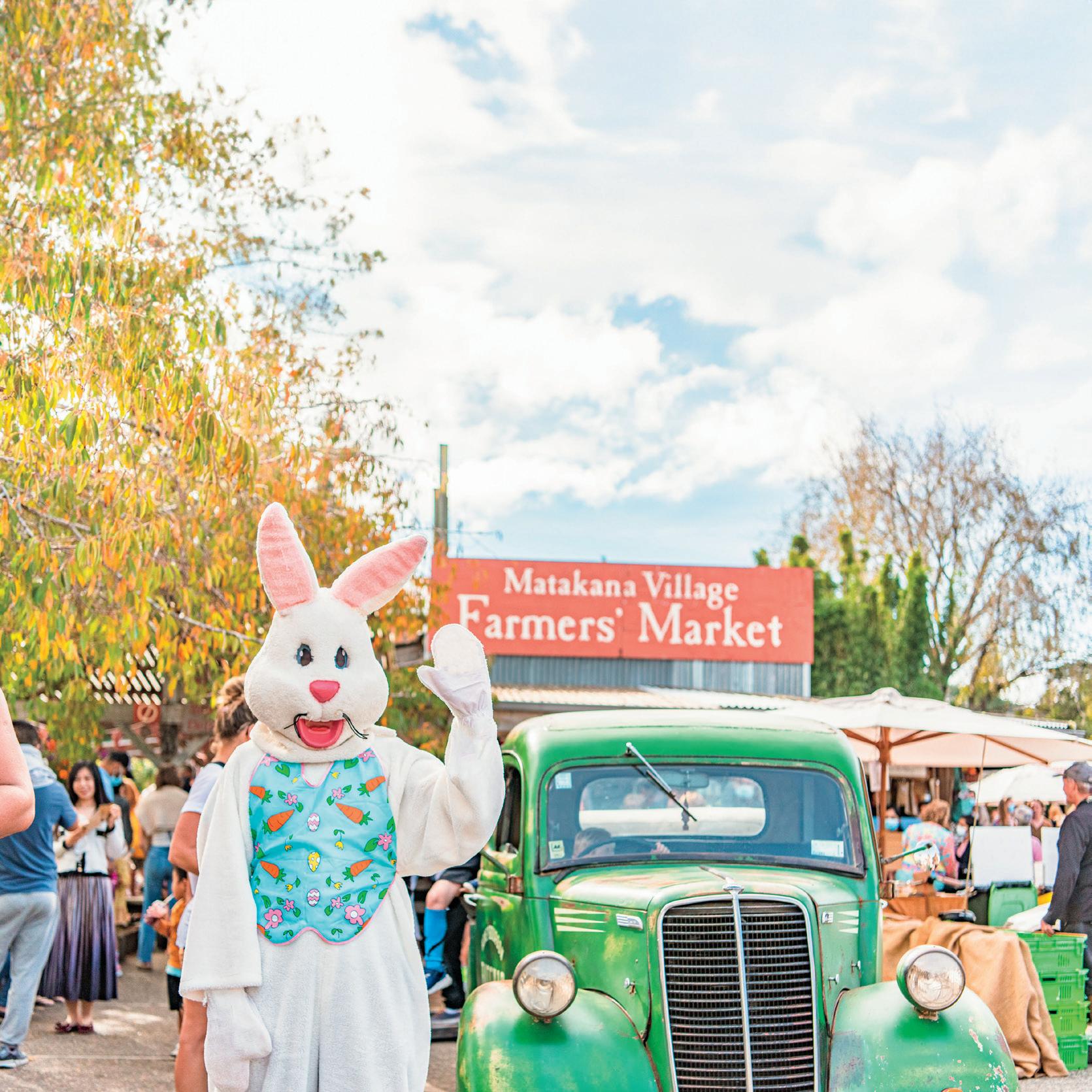
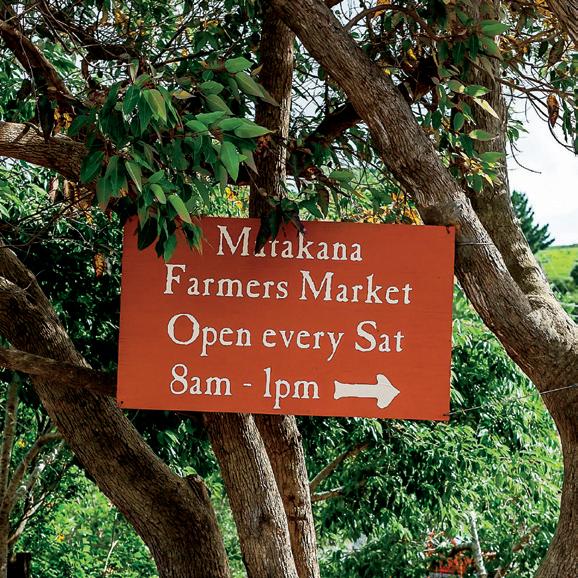
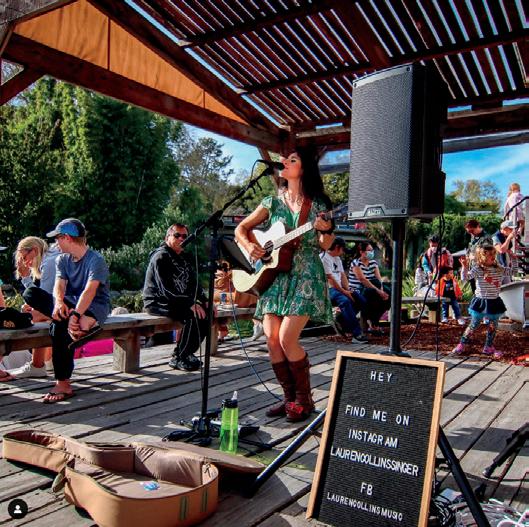
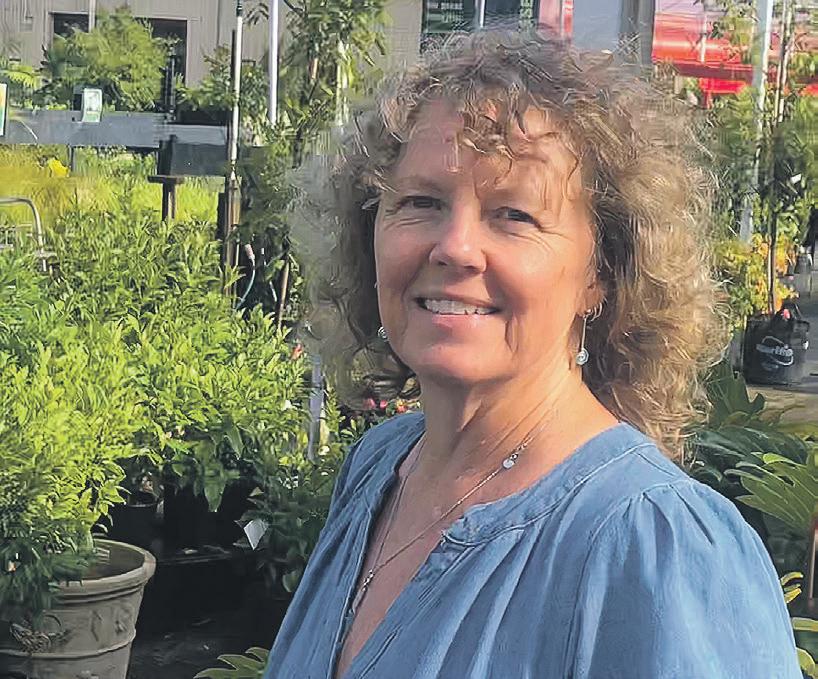
Lee-Ann Scarth of the Rosedalebased financial services company
NZBritannia is moving towards building a client base closer to home – from Pūhoi to Mangawhai.
It’s a natural move for the South Africanborn Lee-Ann, who has lived in Warkworth since moving to NZ in 2001 and is deeply involved in the local theatre scene.
NZBritannia has grown from dealing largely with UK pension transfers to providing a range of financial services helping clients prepare for retirement.
Lee-Ann’s particular interest is on empowering women, including suddenly single women who face the often-daunting task of managing finances alone.
During an earlier banking career – she managed BNZ branches in Warkworth and Wellsford for nine years – she recalls meeting women in that situation, uncertain about paying the bills, let alone investing for retirement.
For younger clients, retirement may be decades away but good financial decisions are necessary now.
Many think financial advisors are there to tick boxes, charge a fee and move on, she says.
“My aim is to help people make informed decisions, with me on the sidelines, facilitating that.”
Lee-Ann feels it’s important to get to know clients – pets, children, values – to create a plan suited to them rather than something generic.
She also eschews “stuffy suit jargony meetings”, preferring to meet clients in a relaxed environment – a coffee shop or over cheese and a glass of wine.
And every client is different.
“We live in a real world. Not everybody’s a millionaire. Somebody’s one thousand or 10 thousand is as important as someone else’s 10 million.”
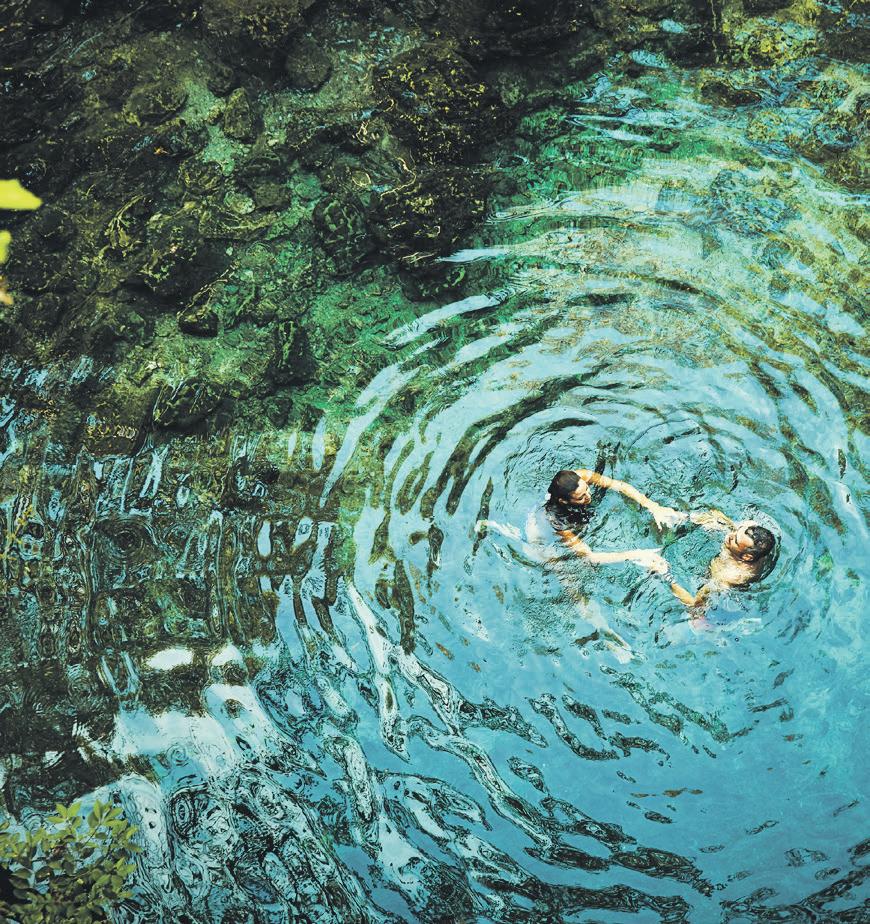
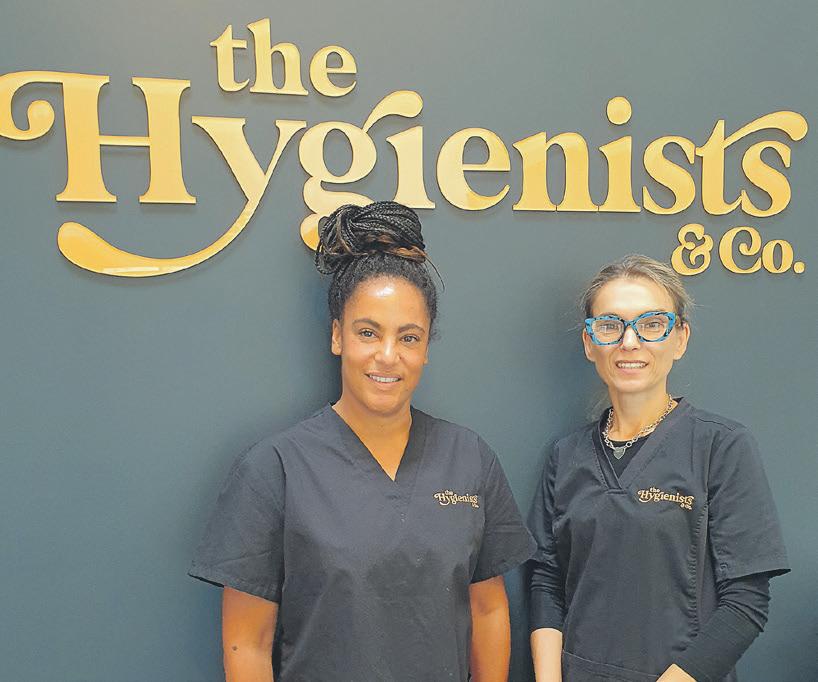
There’s a new dental hygiene practice in Warkworth, and the two friends at the helm are on a mission to provide affordable, preventative treatment, while allaying the anxiety many face when settling into a dentist’s chair.
Lisa Lazenby and Jelena Knezevic launched The Hygienists & Co after working together at a North Shore dental practice.
UK-born Lisa has been practicing since graduating from Otago Dental School in 2006. A subsequent post graduate Psychology qualification helps her to deal with fears or reluctance to visit dental clinics. “We’re all about no judgement, no need for embarrassment,” she says. “We want people to feel they can come here and we’ll meet them wherever they are on their dental journey.”
Lisa has also trained in dento-facial rejuvenation, so the practice also offers Botox and dermal filler treatments to improve facial health and aesthetics.
Jelena was a registered nurse in Serbia before moving to NZ in 2001 and trained as an oral health therapist, graduating from AUT in 2009. She says she loves making something which many people perceive to be unpleasant as enjoyable as humanly possible, with “skill, humour, and a generous helping of topical anaesthetic”. As their venture gets underway, Lisa and Jelena are planning to offer free treatments one day a month, with their first “pay it forward Tuesday” being planned in conjunction with Summerset Falls. “We’re also offering great opening specials until the end of April, and gold card holders will always enjoy 10 percent off.”
Lisa has moved to Leigh with husband Matt and their huntaway cross collies, Hugo and Stanley. Jelena still lives in Auckland, but hopes to move up to the Warkworth area as soon as possible.

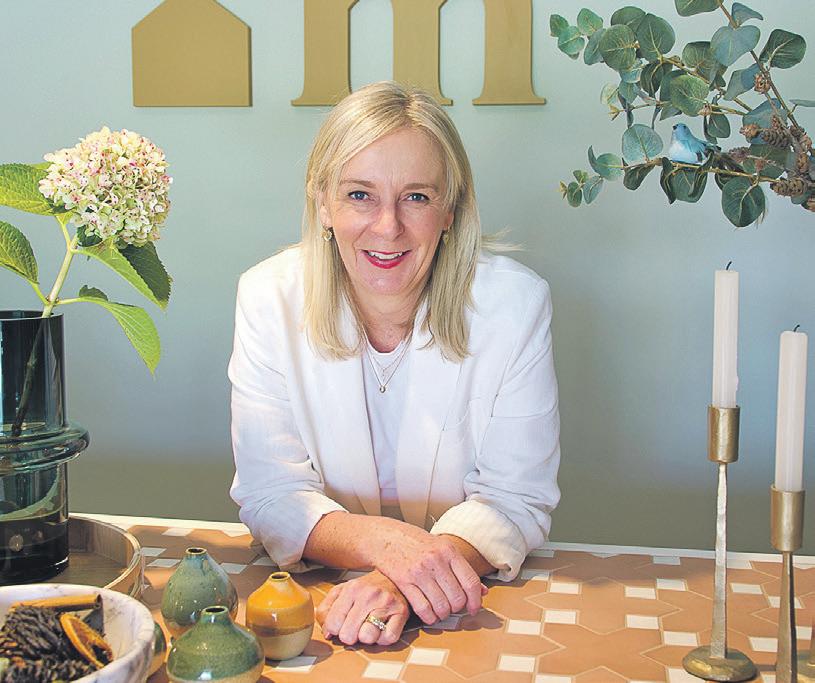
Apassion for meeting people and encouraging them to express themselves through creative home design is behind interior designer Lucinda McDonald’s new Matakana store, Home Matters.
Situated on the corner of Sharp and Matakana Roads, the shop and studio marry an inspiring mix of New Zealandmade furniture, homewares and interesting gifts with a range of interior design services and window treatments.
Home Matters is stylishly laid out, with lamps, rugs, cushions, accessories and giftware displayed throughout to highlight and enhance furniture settings.
“I love artisan items, and am always on the hunt for creative pieces,” Lucinda says. “I want customers to feel inspired by showcasing an interesting and ever-evolving mix of homeware, colour, materials and furnishings.
“I’m also passionate about custom furniture and the ability to choose your own fabric,
dimensions and make it absolutely fit the spot it’s going into, as well as your own style,” she adds.
As well as sofas and chairs for indoors and out, Lucinda can custom-make cushions, other soft furnishings and window treatments.
“My interior design philosophy is to encourage people to make brave choices and express their design personality. The number one priority is to solidify your overall vision for your home – this provides the framework to help decision making.
“I’ve always loved observing how people live in their homes and really believe if you have a home that works for you, reflects your style, celebrates your journey, and functions well, then that is your sanctuary – it makes you happy.”
To celebrate the arrival of Home Matters, a special open day will be held on Sunday, March 24 from 10am, with drinks, nibbles and some very special give-aways.

Two brothers and their families are breathing new life
Beach food scene after taking over the Little & Local bar and bistro just before Christmas.
TJ Singh and Harman Sandhu have
investment in Snells.
“We looked at what Snells Beach had and there wasn’t much with a restaurant vibe, so we thought it definitely needs this.


“We’re a family-run business and we have something for everyone,” TJ adds. “If people just want drinks, that’s fine, or we have snacks to share and finger foods on our entree list. For lunch, we have things like tacos and salads, then for dinner, more substantial meals such as steak, lamb and
There are also plenty of plant-based options, as well as Matakana wines on the
“We’re thinking of introducing themed nights, such as Indian or Italian, and coming in to winter, we will change our menus and provide quality food at affordable prices for locals,” he says.
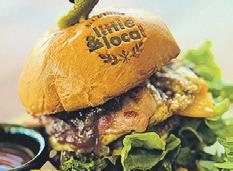
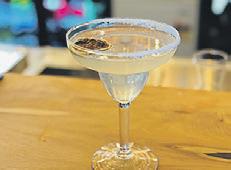
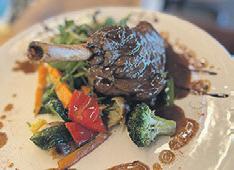

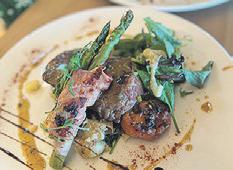
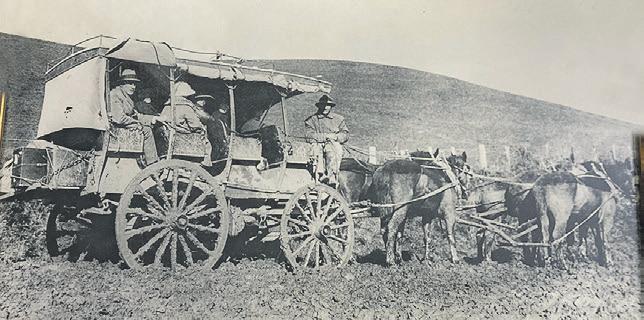
farm. The return fare was 10 shillings. Photo, courtesy Gubbs Motors.

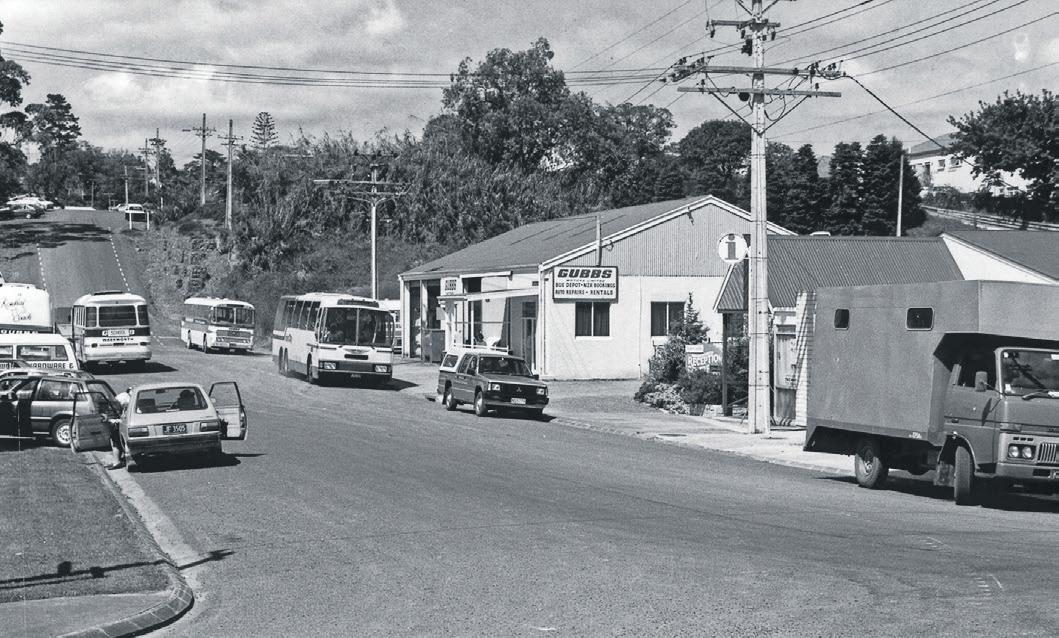
An era in public transport in the Mahurangi region has come to an end with the recent sale of Gubbs buses to Go Bus.
Although owners Kevin and Robyn Jones will continue to operate Gubbs Motors at their Hudson Road depot, the iconic green and orange Gubbs colours will soon disappear from local roads.
For more than a century, the Gubbs’ services have been an integral part of Warkworth’s growth and development –keeping isolated settlements connected through its mail, newspaper and freight deliveries, and passenger services. At the time of sale, there were 33 buses in the fleet, servicing schoolchildren from Pakiri, Leigh, Ahuroa, PŪhoi and areas around Warkworth, as well as doing charter trips.
“This is a family-run company and some of the drivers have been with us for 30odd years,” Kevin says. “It wasn’t an easy decision to sell, but it was time.”
The Gubbs Motors story starts in 1903 with Clifford Carlyle Gubbs, an early farmer in the Hoteo. As a young man, he carried the mail on horseback from Port Albert
to Tauhoa, Kaipara Flats, Wharehine and Warkworth. Later, he provided the service using a horse and buggy, and then a coach pulled by a team of horses.
Cliff’s son Stan started a taxi service around the Hoteo with a Ford and then a Hupmobile, and when the family moved to Kaipara Flats to set up an accommodation house, the taxi business grew. Kaipara Flats was a busy settlement in those days, as it was the terminus of the North Auckland rail line.
By 1926, Gubbs was running a passenger service between Kaipara Flats, Warkworth and Matakana using a seven-seater Hudson. Matakana was an important timber, dairying and kauri gum district with a regular steamer service to Auckland.
As the business grew, the first bus, an American made Reo, was put into service and an early driver was Tom Ramsbottom. Around this time, the family decided to start a regular passenger run between Warkworth and the vehicle ferry in Devonport, using the Hudson. Cliff’s son Frank described the road south of Warkworth as metalled as far as Woodcocks

Road Junction, and then largely clay until the outskirts of Milford. The Waiwera Hill was particularly difficult with its s-bends being impossible to negotiate on “one lock” with the Hudson.
By 1928, Gubbs was advertising a weekly service “weather permitting” and by 1930, the service was operating seven days a week. The fare from Auckland to Warkworth was 10 shillings and sixpence, or 12 shillings and sixpence to Matakana, “strictly cash only”.
By 1931, the road had been metalled and the service had extended to Leigh. For a time, this service deviated three times a week to Sandspit (known then as Lower Matakana) and Point Wells. At Sandspit, the Gubbs coaches connected with the launch service to Kawau Island.
In March 1934, the company Gubbs Motors Ltd was formed with a registered office in Queens Street Warkworth. The shareholders were Cliff and his sons Frank, Stan and Ivan. The company was then a White Star operator.
By 1941, Gubbs was running its own launch to Kawau, the Nancy Belle.
Launchmen included Tui Brooker, Dave Trotter and Bob Edwards.
As well as the service to Auckland, Gubbs buses were taking children to school and were sometimes pressed into service for emergencies, as there was still no ambulance service. They were also used to ferry people to dances, football matches and on hockey trips
There was also plenty of opposition from competing bus companies and, at one stage, there were five daily return services between Warkworth and Auckland.
With the gradual improvement in roads and increase in patronage, larger vehicles were introduced, the ferry and taxi services were sold, and a rental car operation started.
The Gubbs family connection ended in 1976 when the company was sold to Peter and Pixie Jones. The business was further expanded and Peter’s nephew Kevin joined the company as an apprentice when he was 15.
Over the decades, the buses and their continued next page
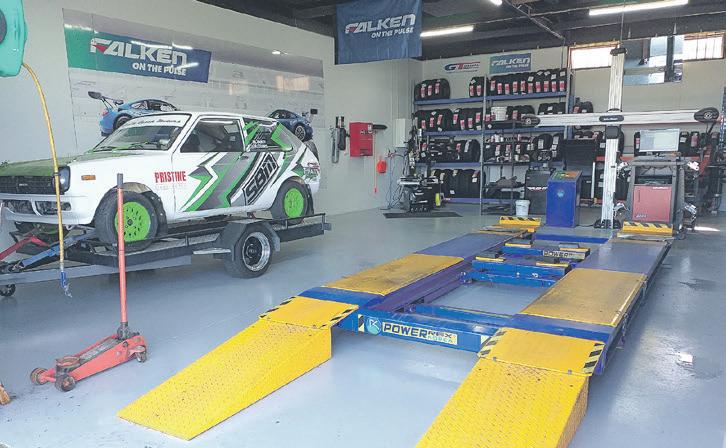


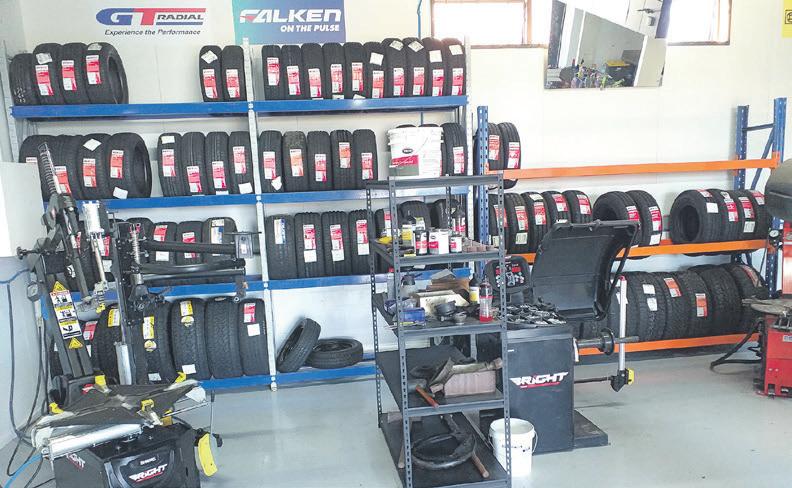


Robyn and Kevin Jones say the decision to sell the bus side of their business wasn’t an easy one.
from previous page
drivers faced their fair share of slips and floods, and occasional near-misses. Once, when the Puhoi bridge washed out, they had to ferry their passengers in a punt from one side of the river to the other, where a second bus was waiting to take them on the rest of their journey. Services were curtailed during World War II due to petrol rationing, but buses were still kept busy ferrying American soldiers camped in the area to Auckland.
Long-serving drivers included Trevor Gravatt, Ron Brockman, Jim Broadhurst, Ron Barrett, Alun Brunton, Bob Davies, Murray Multrus, Hugh Tomlinson and Les Yearbury. Bob Davies, Frank and Ivan Gubb, and Trevor Gravatt were proud members of the Gubb Million Mile Club in 1976.
By the 1990s, the service right through to Auckland had been discontinued.
Clifford Gubb died in Auckland in 1979, one month shy of his 100th birthday. Information courtesy of The Omnibus Bulletin, Papers Past, and Kevin and Robyn Jones.

Go Bus can trace its origins to a handful of businesses that started in the Waikato in the 1930s, and amalgamated in the 1990s under the Go Bus brand. Today, the company is owned by the Kinetic Group, based in Australia. It claims to be New Zealand’s largest passenger service operator, with more than 2000 vehicles delivering school, charter and urban services from Kaitaia to Invercargill.
When Mahurangi Matters asked people via social media to share their memories of travelling on Gubbs, the responses came thick and fast. Here’s a sample of just a few of the stories that were shared …
“I remember walking from the local dentist to drop parcels off with moulds to go on the bus to Auckland city to a denture lab.”
“Gubbs Motors (Peter Jones and Peter Butler) drove the Mahurangi College 5th form geography trip coaches the length of NZ for years and participated in those trips not just as drivers but also as friends to us all. Will never forget those days.”
“We had staff trips away, with a memorable one heading down to Okoroiri for a golfing weekend. Peter B drove the bus around a Hamilton roundabout three times with the bus taking on a hell of a lean and everyone on board laughing hysterically. So many memories.”
“Remember the old Bedford school buses well. Not much padding in them seats!”
“Mr Maddox was the best driver all my kids loved him and we still remember him fondly to this day.”
Herb Tucker was the main driver out Mahurangi East Road when I was at school.
On the odd occasion the bus broke down, we’d just get off and walk home. Anyone acting up was put off the bus to walk home!
For one of my Brownie badges, I had to memorise the Gubbs Weekly Timetable including departure times and destinations.
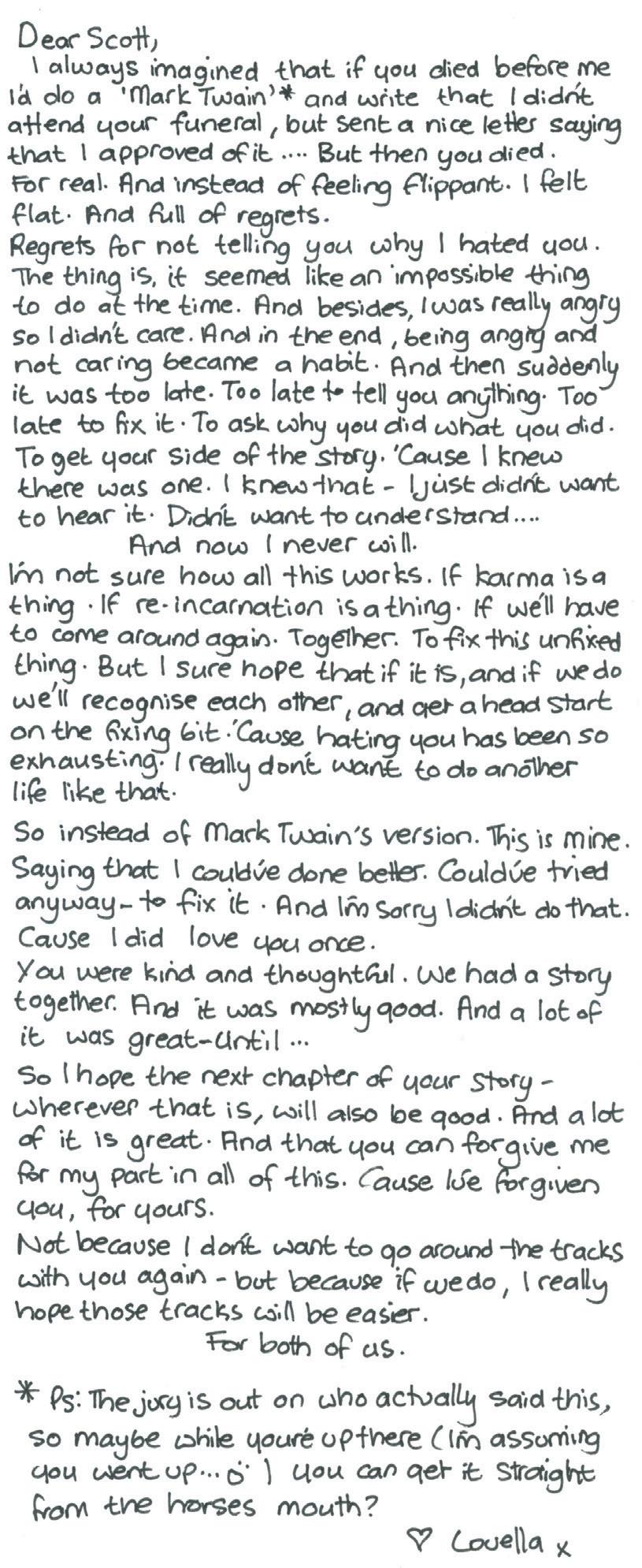


Your local Master Plumbers
Your partner for innovative Plumbing Solutions, Services, nsta lations & Renovations.
• Water Filtration Systems
• Water Pumps
• Hot Water Cylinders
• Rainwater Harvesting Systems
• Digger Service & Water Tank Installation
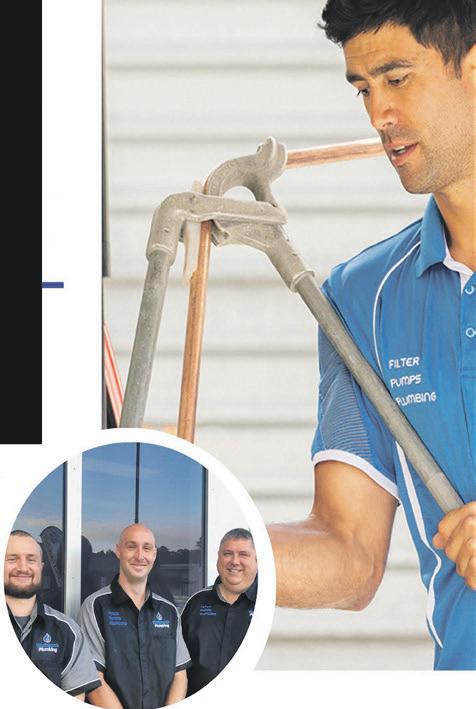

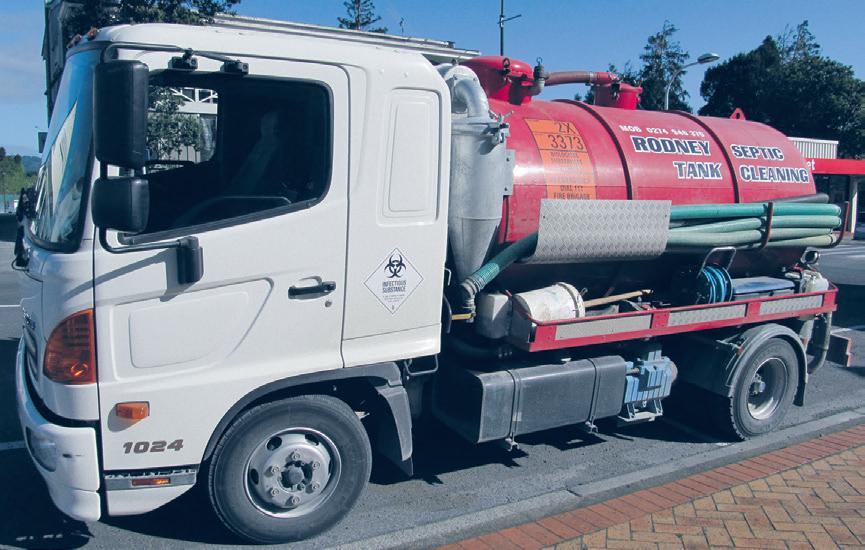


In today’s fast-paced world, our morning rituals often include sipping coffee while scrolling through news on our digital devices. Amidst this modern routine, we reflect on the fading presence of traditional relics such as fold-out maps and thick diaries, now replaced by sleek apps on smartphones. Personally, I find it challenging to imagine a world where historical records exist solely in digital form.
A recent visit to the Warkworth Museum offered a stark contrast, immersing us in the tangible history of the old-fashioned and nearly lost art of letterpress printing. The meticulous process of composing and printing on a card served as a poignant reminder of a bygone era, emphasising virtues such as patience – a quality often overlooked in our contemporary world of instant gratification.
The historical significance of printing unfolds through the story of William Rawson Brame, the visionary behind the Albertland Settlement. Originally destined for the ministry, Brame’s poor health led him to a printing apprenticeship in Birmingham. After editing The Birmingham Mercury and working as a foreign correspondent in Brussels, Brame led a group of settlers to New Zealand to establish the nonconformist Albertland Settlement.
Recognising the importance of documenting this momentous occasion, Brame enlisted Samuel Johnson as both the editor and printer of the Albertland Gazette. Johnson faced challenges during the initial attempt to print the newspaper on board the Matilda Wattenbach, with storm-induced chaos disrupting the process. A serious disagreement occurred between Brame and Johnson during the voyage. Later, Johnson characterised the disagreement as “having been a discovery which, if made

before we left England, would have diverted the whole course of my life”. This led to the two men parting ways upon reaching Auckland. However, Johnson’s passion for the Albertland scheme persisted. Almost a year after joining his brother Thomas in Dunedin, also a printer, Samuel embarked on a thousand-mile journey with his printing press and typesets, determined to reunite with the settlers.
Upon his return, he produced the third issue of the Albertland Gazette and assumed roles of postmaster and mail carrier, as well as being the secretary of the Settlers and Trustees of the Townlands. Despite the increased workload, he earned a modest £60 a year. In June 1864, Johnson printed the final edition of the Gazette, sold his house and relocated to Blenheim. After founding the successful Marlborough Express, he moved to Hawkes Bay where, at the age of 78, he appeared as a witness before Judge Cooper, who fondly recognised him as the former editor of the Albertland Gazette. This heart-warming reunion bought smiles to bystanders and briefly halted courtroom proceedings. Theophilus Cooper (later Judge Cooper) was a printer’s devil or apprentice under Johnson. However, this young individual seamlessly transitioned into a legal career, culminating in his appointment as a Supreme Court judge. In 1921, Theo’s contributions were duly acknowledged with a knighthood, earning him recognition as “one of the most distinguished sons of the Albertland settlement”.
Albertland Heritage Museum holds a large collection of newspaper clippings gifted by Ted Halfpenny and actively seeks volunteers to help with affixing these clippings into carefully curated scrapbooks. Would you like to be part of a team to preserve our local heritage? If so, please get in touch.

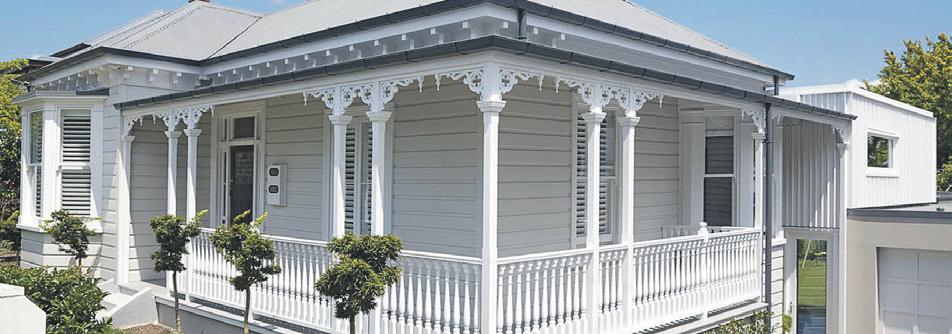


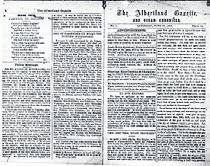


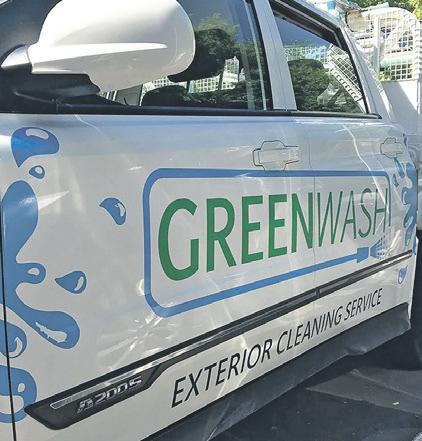
One of the fields of science that is very applicable across many sectors is statistics. When I am asked by young people about the more employable and useful major subjects for a degree, statistics is almost always a candidate. For older people who are seeking clarity about future global crises, statistics is very valuable. In a world in which a minority of people ignore science and construct their own reality, statistics is essential.
I was once asked to comment on a claim by a politician that 1400 people had cardiac problems following covid vaccination and, therefore, the vaccine should be withdrawn. I asked how many people were surveyed to establish that figure. The answer according to respected sources (US NIH) is about 90,000 people surveyed. Therefore, only 1.62% of those surveyed had myocarditis problems following vaccinations. This proportion is enough for the medical profession to monitor these people seriously, but not enough to discard the life-saving advantages of the vaccinations.
Another example of the value of statistics is defining the proportion of climate deniers. In Australia (and, very likely, NZ) the proportion of the population that claim the climate is not changing is five percent and the proportion that consider that the climate is changing, but not caused by humans, is nine percent This is important data as it reveals that 95% of the population are convinced that climate change is real and therefore, there is little point in seeking to persuade the remaining climate deniers that they are mistaken. However, it does indicate that nine percent of the
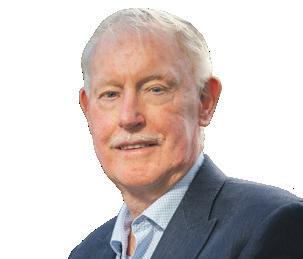

population do not understand that the abrupt rise in greenhouse emissions started around 1850 when the use of coal in steam engines and other machines had increased by a factor of 10, compared to a century earlier. It has been exacerbated by the increased use of oil and gas in combustion vehicles since 1900. Since 2020, when the pandemic lockdowns temporarily reduced the use of cars and trucks, the amount of carbon emissions decreased significantly (by -17%, according to a study in the respected journal Nature). This is direct evidence that human activities do generate the carbon emissions that cause climate change. It refutes the claim by the nine percent that climate warming is not due to human activities.
Here are some other examples of important statistical data:
• The population of the planet will cease growing about 2100 with the population of China, Japan and several other countries declining and the population of Africa increasing.
• The temperature beyond which the human body cannot survive for a long period depends on humidity, but at 100% humidity this may be as low as 31C (Penn State University, 2022).
• A global study shows that there has been a 70% decline in animal species over the last 50 years, and that at present 48% of species are declining, 49% are stable and only three percent are rising.
Statistics provides us all with clarity as we and our children seek to deal with the major threats to the planet over the coming century.
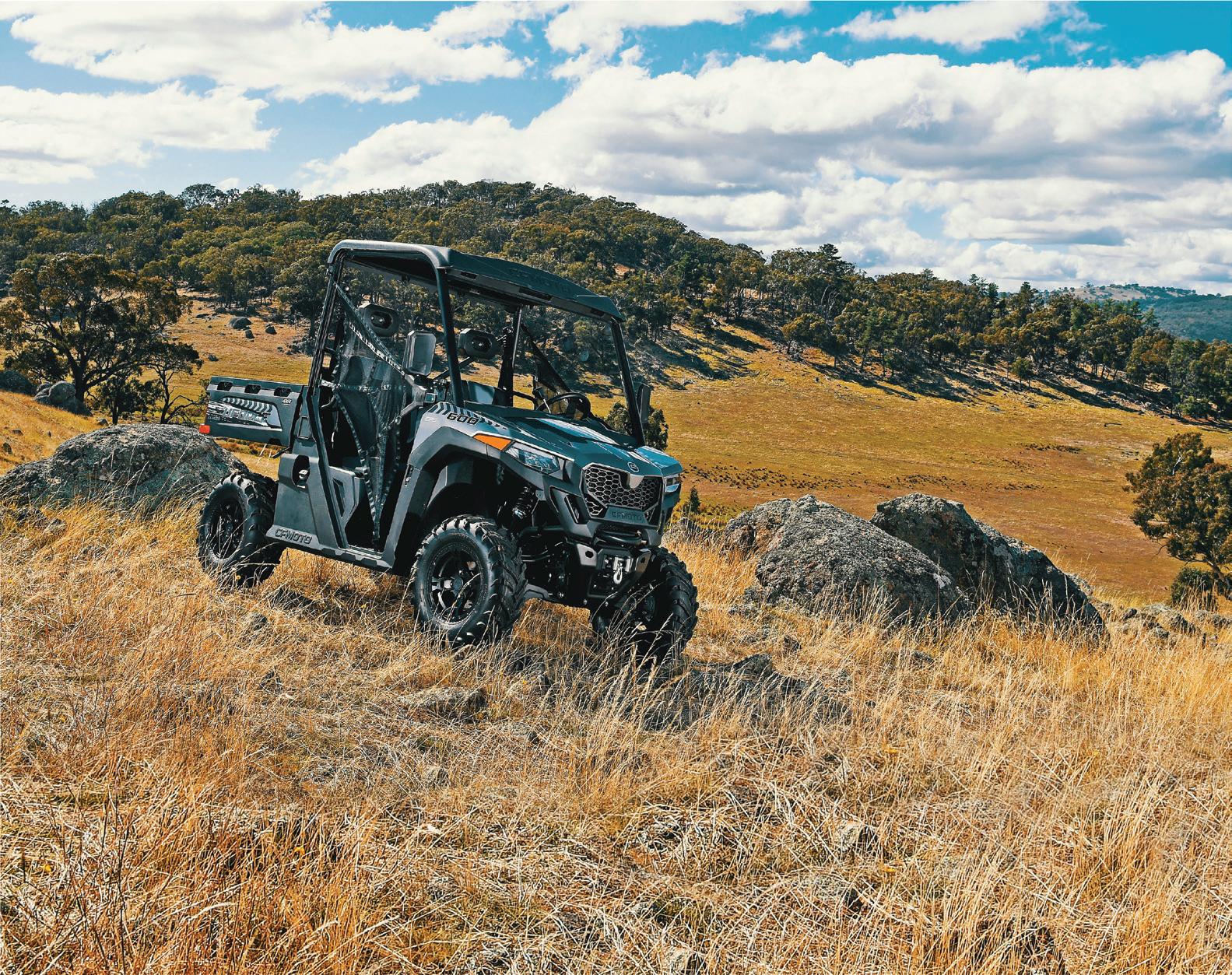
Health Coalition Aotearoa (HCA) has launched a petition calling on the government to protect free school lunches and not make cuts to the programme. The programme offers 230,000 students in about 1000 of the least advantaged schools’ healthy lunches, ensuring they receive at least one nutritious meal each day. HCA co-chair Professor Lisa Te Morenga says this ensures that children have the fuel they need to grow and learn.
“Without this vital service, kids will go hungry, and their education will suffer,” she says. Associate Education Minister and ACT leader David Seymour is reviewing the free school lunches programme ahead of the budget in May and has stated he wants to cut funding for the programme by up to 50 percent. “In the context of increasing child poverty, food insecurity and poor nutrition, this proposal is incomprehensible and morally wrong,” Te Morenga says. The petition can be found here: https://our. actionstation.org.nz/petitions/save-healthy-free-school-lunches
“Where









With Easter weekend not away, it’s time to think everything sweet. The Easter Bunny will be a much-anticipated part of the long weekend, as no doubt any parents and grandparents like me know. The supermarket has been filled with chocolate treats for some weeks, and it seems no sooner was Valentine’s Day over than those pesky packs of hot cross buns appeared.
I used to bake my own buns, as there’s something special about the yeasty aromas wafting through the house. But several artisan bakeries now produce spicy soft buns that are far superior to mine, so that’s another tradition lost to convenience in our house. All hot cross buns should be served heated, with lots of butter. The buns are perfect for microwave reheating as their dense texture becomes soft and fluffy with a mere 20 seconds per bun on high power. They’re even better with a spoonful of raspberry or strawberry jam. I confess to eating more than my share of them in the weeks leading up to Easter as I just can’t resist this treat.
Chocolate is also at the top of the list of sweet Easter treats and I make no apology for my preference for those little old-fashioned marshmallow eggs coated in milk chocolate. Inexpensive, and admirable, as mostly they are sold in cellophane packs with no extra unnecessary fancy wrapping. But equally good is the range of chocolate from our speciality chocolate makers. We are fortunate in the district to have a couple of chocolate boutiques that have been doing overtime producing specialties for Easter. Both Honest Chocolat in Matakana Village and Chocolate Brown in Warkworth offer a very interesting, deliciously crafted range of Easter treats. There’s another chocolate maker in the district who also makes chocolate to the highest of standards – Foundry chocolate is produced by husband and wife team David and Janelle Herrick, at Mahurangi West. Look for their specialty bean to bar blocks of chocolate that are made from superior raw chocolate sourced from tiny sustainable producers around the world.
I will be making one of my favourite chocolate cake recipes this Easter. My mother shared this brownie cake recipe with me – it’s a lovely moist, almost gooey, cake that keeps for ages when well stored in the refrigerator. I love to use fresh raspberries, as raspberry and chocolate is one of my all-time best flavour combinations. Frozen raspberries work well, too, and if you have plenty of these ruby jewel-like fruit, whizz up a fresh raspberry puree with sugar to taste to serve with the cake. Either whipped cream or thick Greek yogurt will turn this into a lovely dessert for your Easter feast.
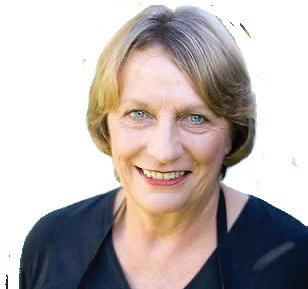
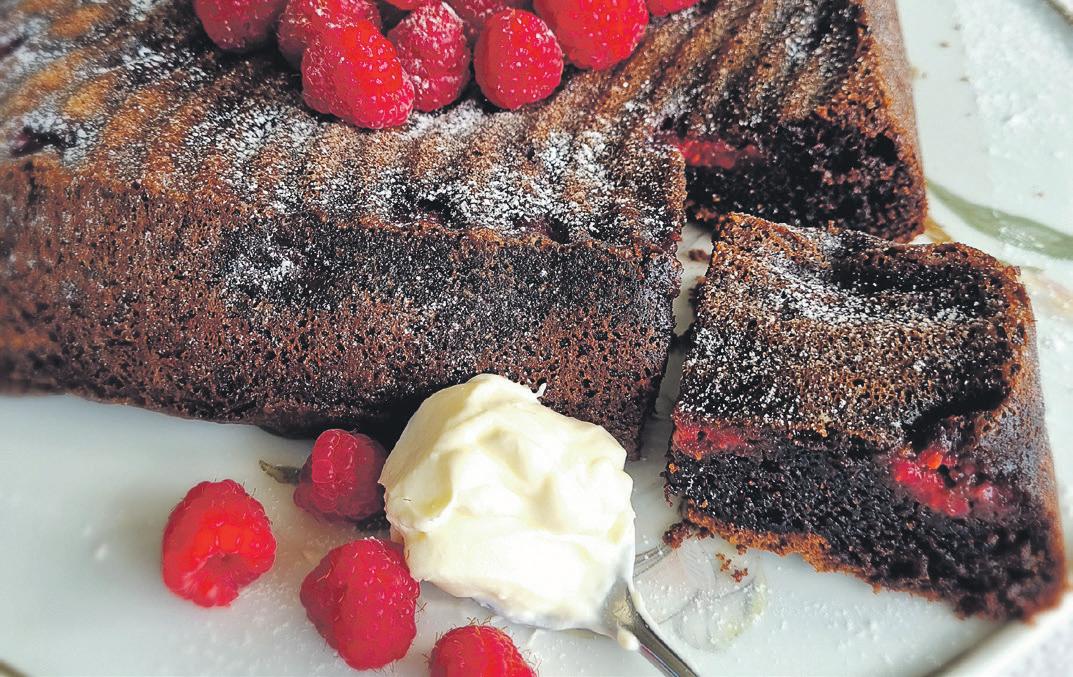
400g caster sugar
200g butter
4 eggs, beaten
2 tsp pure vanilla essence
75g cocoa (I use Valrhona)
100g flour
1 tsp baking powder
1 cup frozen raspberries (or fresh)
icing sugar for dusting
Pre-heat the oven to 170°C. Prepare a 22cm square tin by buttering the sides and base and dusting with flour. Shake off any excess flour.
Cream the butter and sugar together with an electric mixer until soft and fluffy. Add the eggs, a little at a time, with the vanilla and beat well.
Sift the cocoa, flour and baking powder together, and fold carefully into the mixture.
Turn half the mixture into the prepared tin. Scatter over half the raspberries, and then top with the remaining mixture. Dot the top with raspberries, and place the tin in the oven.
After 50 minutes, check the cake is cooked by poking the middle with a wooden skewer. If it comes out clean and the cake has started to pull away from the sides of the tin, remove it from the oven. Turn out onto a wire rack and when cool, dust the top with icing sugar.
Serve with freshly whipped cream, or a thick Greek style plain yogurt and raspberry sauce made from 1 cup raspberries pureed with 3 tablespoons sugar.
Cuts into at least 12 pieces.
Healthy eating on its own can seem challenging enough, with all the options that pop up when you search how to have a healthy diet online. Then you hear that your diet should be ethical and sustainable, too. It is easy to get overwhelmed by all the headlines and messages around eating healthily and sustainably. However, by making small, mindful choices, you can eat in a way that is both sustainable and good for your health.
One of the key principles of sustainable eating is to focus on whole, minimally processed foods. These foods are not only better for the environment, but they also tend to be more nutritious. Fresh fruit and vegetables, whole grains, legumes, nuts and seeds should form the foundation of your diet. Not only are these foods rich in essential nutrients, but they also have a lower environmental impact compared to processed foods.
When it comes to choosing protein, consider incorporating more plantbased sources into your diet. Plant-based proteins, such as beans, lentils and tofu, are not only better for the environment but can also be healthier than animal-based proteins, which are often high in saturated fat. Remember, though, the comment above about choosing minimally processed foods. There are some plant-based protein sources that are highly processed to make them ‘meat-like’, and they often have a higher saturated fat content than the real

meat equivalent.


Another important aspect of sustainable eating is to reduce food waste. Plan your meals ahead and only buy what you need, and use leftovers creatively. This is good for the environment and your wallet. Compost food scraps instead of throwing them away.
In addition to focusing on whole foods and reducing waste, it’s also important to consider where your food comes from. Whenever possible, try to choose locally sourced, seasonal produce. Not only does this support our local farmers, but it also reduces the carbon footprint associated with transporting food long distances. And, seasonal produce usually tastes so much better!


Finally, pay attention to how your food choices affect the environment. Choose seafood that is sustainably sourced, and choose local. Consider reducing your consumption of animal products, as the production of meat and dairy can have a significant environmental impact. Look into where your food comes from, and support those farmers who are making sustainable choices in their agricultural and horticultural practices.
By making these small changes to your diet and food choices, you can eat in a way that is both sustainable and healthy. Not only will you be doing your part to protect the planet, but you’ll also be nourishing your body with the nutrients it needs to thrive.

The Asthma and Respiratory Foundation says New Zealand’s most vulnerable populations are being dealt another blow, with funding to provide free flu vaccines cut this season. Chief executive Letitia Harding says that last November, Pharmac stopped funding medicine that prevents serious illness from Respiratory Syncytial Virus (RSV). “Now it has cut funding for free influenza vaccinations for some of our most at-risk populations – children up to 12 years old and all Māori and Pacific people aged between 55 and 64,” Harding says. “The decision not to fund the vaccine to our children and Māori and Pacific people will lead to more hospitalisations and will, again, put more pressure on an already-stretched health system.” Respiratory disease is the third leading cause of death in New Zealand.
Seniors Expo set for April
Community group Support Your Local Wellsford is organising the third annual Seniors Expo at the town’s community centre on Saturday, April 13, from 10am to 2pm. The event features stalls and demonstrations from a wide range of groups and organisations of interest to older people, from local government and transport representatives through health and wellbeing practitioners to hobby and interest clubs. Food, tea and coffee will be available and entry is by gold coin.

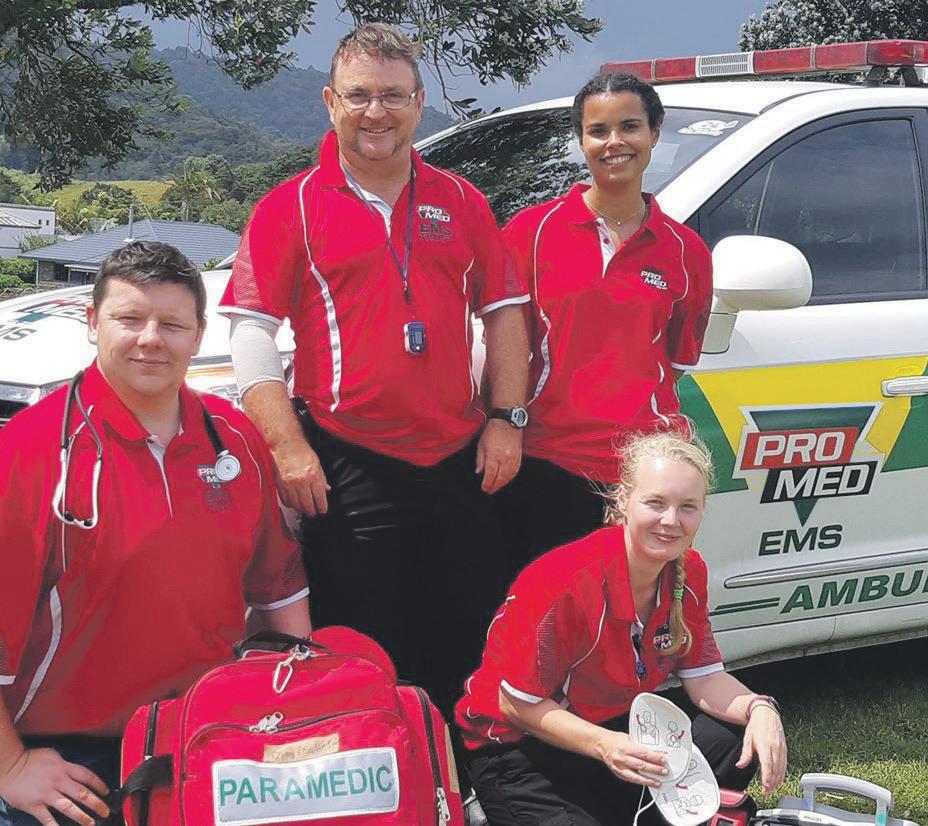

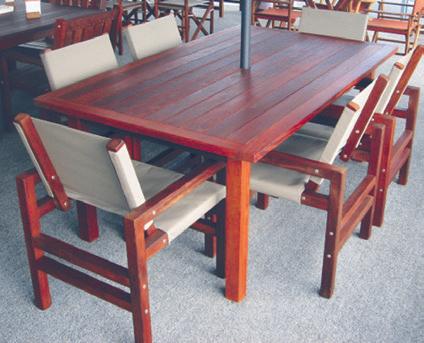
Mahurangi trail stalwart Shelley Trotter has won the 2023 Outdoor Access Champion Award for her work in enhancing public access to the great outdoors.
The Herenga ā Nuku Aotearoa –Outdoor Access Commission’s annual award recognises significant and lasting contributions to public access to the outdoors in New Zealand.
This could include securing new legal access, championing public rights of access, trail building, or contributing to an understanding of access rights and responsibilities.
Shelley’s award recognises the decades she has spent advancing public access and developing pathways around Warkworth, Matakana and Snells Beach, including her work to legally protect up to 4.5 kilometres of trail crossing her farm between Matakana, Snells Beach and Warkworth.
“She spends a lot of time working with neighbouring farmers and businesses to encourage them to consider outdoor access easements,” commission spokesperson Stephen Day says.
The track across her Solway Deer Farm is a vital part of stage one of the ambitious Pūhoi to Mangawhai trail project, being developed by the Matakana Coast Trail Trust (MCTT). The proposed network of trails will ultimately link Mangawhai, Leigh, Matakana, Point Wells/Omaha, Snells Beach, Warkworth and Pūhoi.
Shelley was presented with her award by Auckland Council programme manager Chris Charles last month.
“Shelley has worked tirelessly to develop many of the walking and cycling connections identified in the Rodney Greenways paths and trails plan for Pūhoi to Pakiri, and absolutely merits the recognition
for her voluntary contributions,” he says.
Shelley, who has an MSc in Environmental Science and Geography, is an MCTT trustee and a key member of the Mahurangi Trail Society.
MCTT marketing and fundraising manager Meg Erikson describes her as “a beacon of inspiration”.
“Her vision extends beyond the creation of pathways; she champions a holistic approach that considers both community needs and environmental sustainability,” she says.
“What distinguishes Shelley is not just her expertise in trail building, but her genuine care for the environment, numerous tree planting events, and the communities she serves. Her attention to detail and adherence to sound processes ensure that her projects will not only endure, but will thrive for generations to come.”
Meg also praises Shelley’s hands-on approach.
“Whether it’s wielding tools to physically build trails or engaging with communities to foster understanding of access rights, Shelley is always at the forefront.”
Shelley calls the award “a bit humbling”, saying she was just one person in a team.
“Probably because it’s my name on the title of the land where we’re trying to put the easement, that’s why I get the recognition.”
She points out that the easement has still not been granted.
“They tried to give me the award a year ago but I said ‘I don’t want the award; I want the easement’. Twelve months later, I still don’t have the easement but they sprang the award on me anyway. And with cake!”



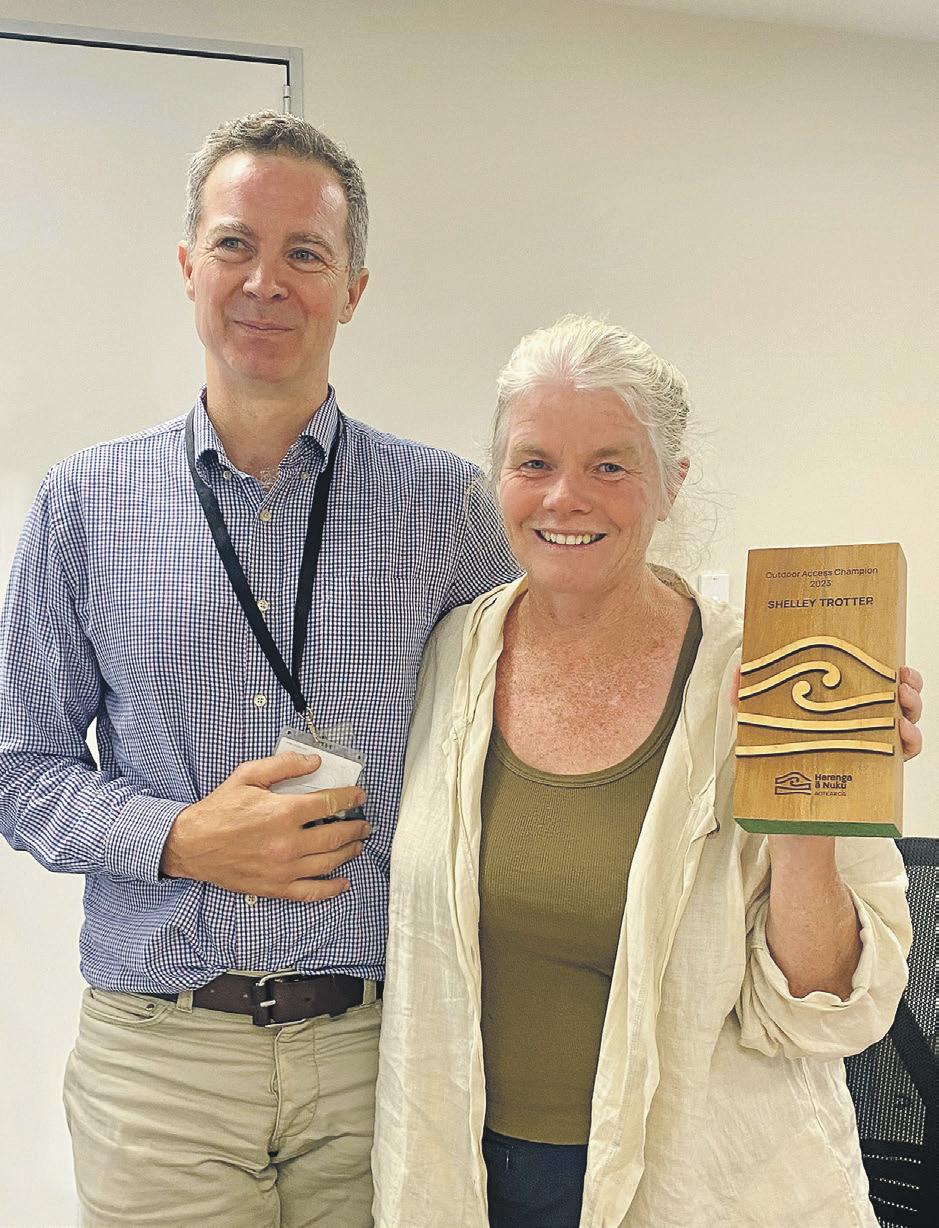
she laughs. “So how could you say no?”
Shelley’s connections with the land run deep. Her forebears go back to a great grandmother, born in 1856 in Martins Bay.
“I grew up less than a kilometre from where Dad lived, and he grew up less than a kilometre from where his Dad grew up.”
Shelley says the trail easement process has stalled somewhat because of overstretched
resources resulting from last year’s floods. “We’ll get there. In a district that’s becoming more and more urbanised, we’re going to be able to get people into the bush.
“At the end we’re going to have an amazing public amenity through multiple land tenures,” she says. “It’s going to be really beautiful.”



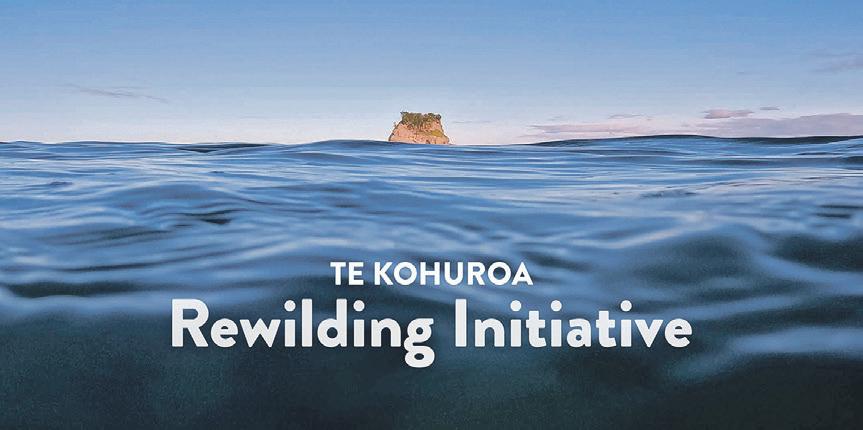
A steering group is working towards a recovery plan for Te Kohuroa – Matheson Bay.
A popular local coastal area is at “an ecological tipping point”, according to an underwater photographer who spent nearly a year freediving along the coastline to document the state of marine life.
Frances Dickinson, of Leigh, was so concerned by what she found in 2022 that it prompted her to initiate a new community marine conservation project focused on Matheson Bay – Te Kohuroa Rewilding Initiative.
She said the bay and its surrounds were facing enormous pressure from the effects of human activity and climate change.
“It’s a huge recreational hotspot for visitors through the summer months, with a lot of traffic and a lot of human pressure from shore diving and scuba schools, and pollution and sediment coming down the awa,” she said.
“There are a lot of pressures in the area and it’s becoming quite unwell.”
During a presentation to Rodney Local Board last month, Dickinson said she and a small steering group were gathering information, engaging with tangata whenua and building connections with individuals, organisations and community groups keen to support an inclusive approach to restoring the marine ecosystem.
approach,” she said.
Relationships had already been established with Ngāti Manuhiri Settlement Trust, Omaha Marae, Leigh School, Pest Free Leigh, Leigh Marine Lab, Leigh Penguin Project, Auckland Council, DOC and Restore Rodney East, Dickinson added, and said they were now looking to “fill in some of the gaps”.
“The community is giving us massive support,” she said. “We are working to pull together the right people to deliver the mahi that is needed.
“Momentum is building – we’re finalising our project plan and starting to look for funding to allocate work.”
That work will likely include extensive monitoring of marine life, habitats and invasive species, community education, waste management, work to reduce sediment runoff and seafloor mapping.

“Our goal is to regain the wellbeing of the area – there’s no balance at present – and to have an inclusive outcome for the whole community.”
“The goal is to work together, partnering with iwi, organisations and local businesses to find a way to restore the environment with a ground-up, mountains-to-sea
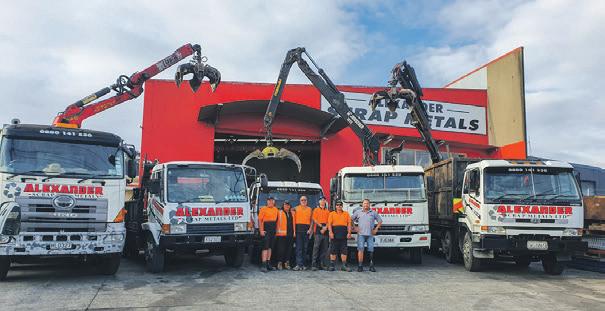
Dickinson added that the steering group was currently meeting with community and conservation groups to see how they could integrate with existing projects and work programmes. A full website about the rewilding initiative is coming soon, but in the meantime, people can sign up to a mailing list at www.tekohuroarewilding.org






The ruru, or morepork, is New Zealand’s sole native owl and one of our three native birds of prey. In te ao Māori, the ruru is said to hold significant spiritual power, a guardian with the ability to protect, warn and advise. The name ‘morepork’ originates from the distinctive sound it makes, resembling the English phrase ‘more pork’. In Norfolk Island, it goes by the name boobook.
The ruru’s melancholic call echoes through the night and is an iconic sound in NZ’s nocturnal symphony. Although most people will recognise the familiar territorial call of ruru, they have up to 10 different calls in their vocabulary. One of these, a piercing screech, is often mistaken for kiwi. (see QR code)
At The Forest Bridge Trust, we are keen to learn how well ruru are faring in our area.
From April 6 to 14, we are conducting a listening survey, and we need your help. Anyone can participate – you don’t need to be an ornithological expert. We simply need you to choose one night and step outside for five minutes at dusk and record how many ruru you can hear calling. By scanning the QR code, you will be able to record your findings, providing us with a snapshot of the abundance and distribution of ruru in our area.
Ruru have proven to be survivors, seamlessly adapting to both urban and rural environments, flourishing in areas with established trees. Although often heard, we don’t always see them. They have dark brown feathers, speckled with cream or light brown, a solid frame, and stout yellow feet. Large, bright yellow-to-greenish eyes provide exceptional night vision.
Ruru are stealthy fliers, equipped with serrated wing feathers that allow them to fly
almost silently, a crucial advantage in hunting prey. With acute hearing and forward-facing eyes for binocular vision, they are formidable nocturnal predators. Their diet consists largely of invertebrates like moths, wētā and spiders, but they will sometimes hunt mice or small birds, making them a vital part of New Zealand’s ecological balance.
Ruru nest in various locations, from tree hollows to cavities among rocks, showcasing adaptability in their nesting choices. Unfortunately, ruru face threats from predators like cats, possums, rats and mustelids, especially during nesting. Human impact on their natural habitat poses additional challenges. To support these captivating birds, conservation efforts can focus on creating suitable nesting sites, providing a food source, and predator control.
If you wish to welcome the ruru into your surroundings, consider these steps as suggested by Kohab (https://www.kohab.nz/):
• Provide a food source: Leave lights on at night to attract moths and insects, offering ruru an easy snack.
• Plant puriri and ngaio trees: These trees attract puriri moths and wētā, favoured by ruru.
• Maintain large trees: Ruru thrive around well-established vegetation, so preserving large trees is vital.
• Trap for predators: Reduce pests in your area to protect ruru from predation. Incorporating these practices will help in the preservation of the ruru, contributing to the conservation of New Zealand’s unique biodiversity.
Check-in with our website https://www. theforestbridgetrust.org.nz/ or on social media in May for the findings from the ruru listening survey. Thank you for your help.

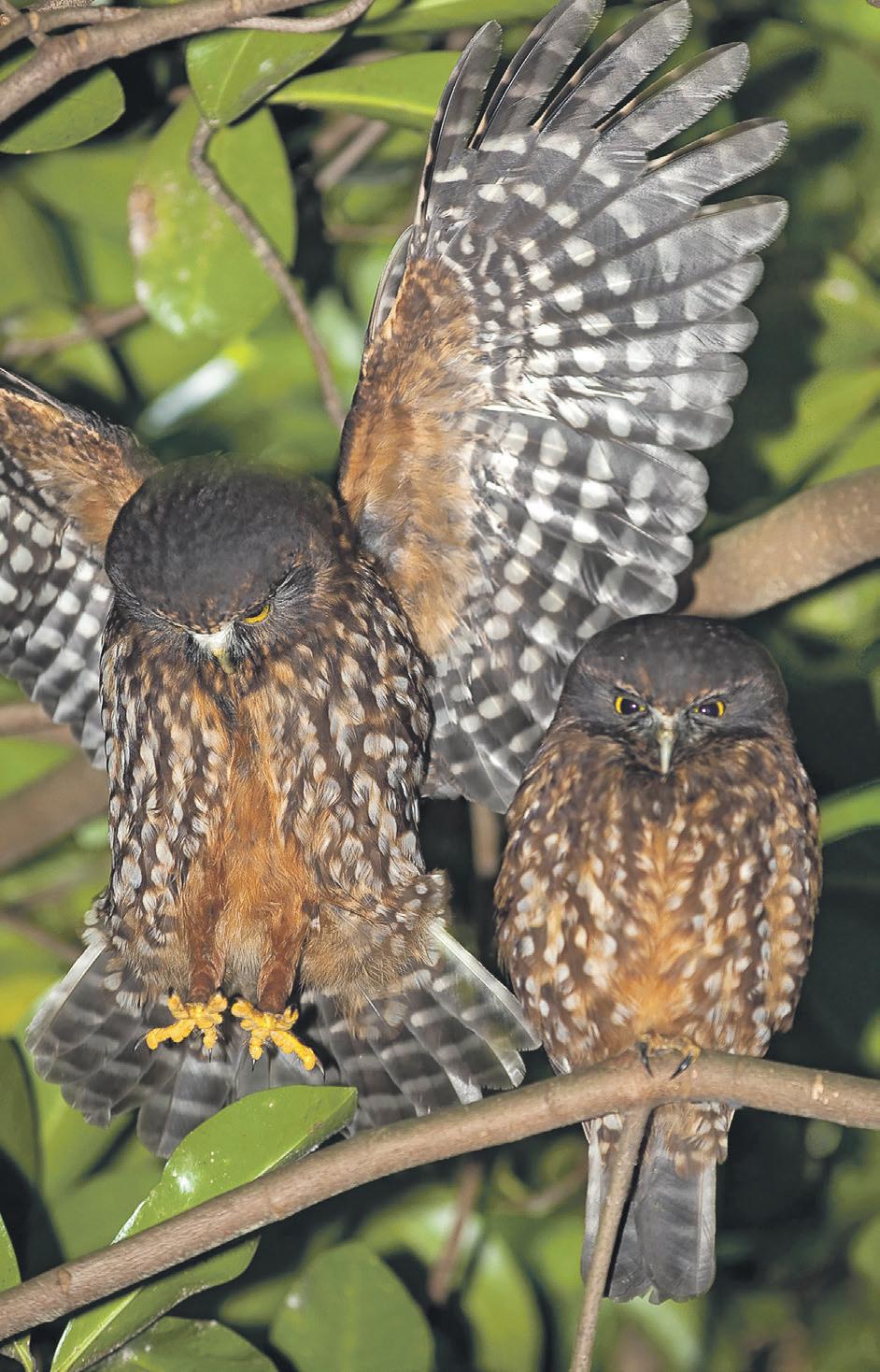



Kawau’s community-led rat control initiative is taking shape – applying for funding, organising communications, establishing team leaders and building up a list of “rat pack” members on the island. Kawau Community Conservation Trust (KCCT) has applied to Auckland Council and Predator-Free NZ for nearly $90,000 to help buy traps, bait stations and bait, said KCCT chair Caroline Boot, who is spearheading the initiative with fellow trustees Pippa Tabron, Sue-Ellen Craig and Greg Tabron.
Funding will also support team leaders and volunteers to get backyard rat control underway, she said.
“Landowners can choose traps or bait stations, as well as their preferred bait to use on their properties. Keen team leaders working in most of Kawau’s neighbourhoods are assessing what controls are already in place, and who can help and who needs help to install, monitor and service rat controls around their houses.”
The KCCT initiative emerged amid community debate over a council-led proposal laid out last year to exterminate rats, stoats, possums and wallabies on the island. Following consultation, council modified
the original plans, and now proposes eradicating wallabies and possums first, in a project that would begin in about a year’s time (MM, March 4).
Council said targeting rats – a more contentious element, since it would require bait to be laid on every property – would only come later, beginning in winter 2026 at the earliest. It did, however, voice support for the KCCT effort to control rat numbers.
Boot said the team leaders and volunteers were well known in their respective bays – Lisa Gubb (Pembles Bay), Sharon Harper (North Cove), Shelley Futcher (Stockyard Bay), Mike Davies and Greg Tabron (Schoolhouse and Harris Bay), Jasmine Hweh (Sunny Bay) and Steve Hoyle (South Cove).
“They’re enthusiastically contacting their neighbours, and building the database of committed islanders who will control rats on their own, and each other’s properties.”
Council, Rodney Local Board and several like-minded community groups had offered training, and KCCT had put together a simple survey for those keen to join the effort to wipe out rats on Kawau, she said.
For more information or to complete the survey: www.kawauconservation.co.nz
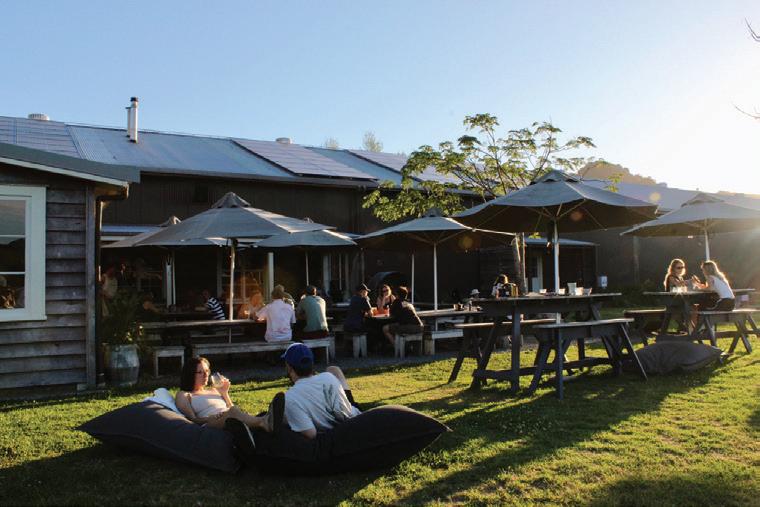
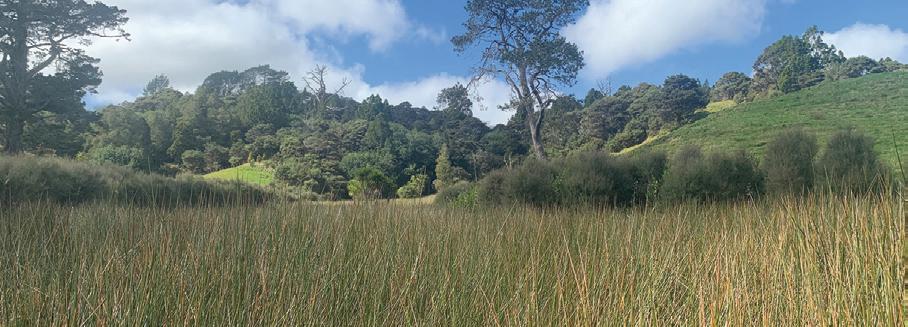
In New Zealand, the loss of wetlands has been staggering, with over 90% drained and cleared throughout history. Thankfully, the tide is changing, and today, restoring these vital ecosystems has the potential to deliver both environmental and land development benefits.
Meet our Ecologists Myles Goodwin, Joshua Wium and Tristan McArley are the powerhouses behind our ecological solutions for enhancement-based land development.

Myles: “One of the primary advantages of enhancing and safeguarding wetlands is their ability to mitigate flooding. By acting as natural sponges, wetlands absorb water and release it slowly, reducing the risk of floods.”
Tristan: “They also play a crucial role in purifying water by trapping harmful runoff and contaminants within their soils, promoting cleaner waterways. Moreover, wetlands serve as sanctuaries for numerous native bird species, many of which are highly threatened.”
Joshua: “For those looking to subdivide their property - environmental enhanced subdivision involves protecting a minimum of 0.5 hectares of wetland area and meeting the
Council’s Significant Ecological Area (SEA) criteria for wetland preservation. Even degraded wetlands that might look like pasture can be revitalised.”
What steps would a landowner need to take?
Myles: “The process typically involves planting and protecting native species and maintaining them for 2-4 years until they establish and thrive. Once restored, the wetland’s ecological value becomes the basis for subdivision. Crucially, all wetlands on the property must be covenanted, including buffer zones, during the subdivision process.”
Joshua: “Property owners can pursue in-situ subdivisions or sell transferable titles. For the quickest results, we recommend planting around 5,000 native plants over 0.5 hectares. However, even small-scale plantings can deliver the desired results over time if there are budget constraints.”
Tristan: “Identifying wetlands may be challenging, but as a guide, if the soil remains wet or saturated for over eight months annually, it is likely to be a wetland.”
Now is the time to organise your wetland planting.
With the wetland planting season approaching, now is the perfect time to explore wetland enhancement opportunities for your property.
Reach out to learn more about how you can contribute to environmental restoration while unlocking the potential of your land. Free call our team on: 0800 2 CATOBOLAM.

Every year, the New Zealand Farm Environment Trust showcases the best examples of sustainable farming and growing, via its Ballance Farm Environment Awards (BFEA), as well as showcasing catchment groups working to improve the quality of rivers, streams, lakes and wetlands. This year, two local operations are under the spotlight – a Pohuehue farmer, who is a finalist in the Auckland regional BFEA, and New Zealand’s largest landscape remediation programme, which encompasses both Auckland and Northland.

Matt Wech’s family farm at Pohuehue has seen some radical changes since his greatgrandfather bought the 33-hectare hill country property off Cowan Bay Road in 1845.
The native trees covering the land were logged and milled, before the land was put down to paddocks with the aim of maximising stock productivity from pasture.
However, since Matt took over in the late 1990s, he’s taken a different approach to his forebears, working to restore the land by growing and planting thousands of native trees from seed and shifting the income focus away from just sheep and beef.
A trained commercial beekeeper, he also sells manuka honey, free range eggs and native tree seedlings, as well as renting out the farmhouse and harvesting pine trees. He says around one-third of the farm has now been replanted with trees grown from seed at his on-site nursery, to mitigate erosion and help purify the farm’s freshwater. His ecological efforts have long been recognised by various local conservation groups, who have regularly urged him to enter the BFEA, but it wasn’t until this year
that he felt ready.
“I’ve never thought I was worthy, but we’re in all these planting programmes and council keeps reminding me how far we’ve come,” he said. “I’ve been asked to enter every year and I finally think everything’s coming together and it’s a good time to enter. It’s taken 10 years to get to this point.”
Awards judges have visited the farm twice and said they were impressed with the fencing of all the waterways to keep stock out, as well as with Matt’s deep knowledge of the property’s soil and a wide range of sustainable farming practices.
“Matt’s unique approach and entrepreneurial spirit means the farm has remained profitable while staying true to his commitment to be self-sufficient and sustainable,” they said.
Matt and partner Ana will be heading to the awards night this Thursday, March 21, together with the three other finalists from the Auckland region – a farm near Clevedon owned by NZ Young Farmers, an orchid nursery in Franklin and a dairy operation in Hunua.

KMR supports a range of projects, such as Hayley and Geoff Clayton’s farm restoration plan in the Kaipara Hills.
In this year’s Catchment Group Showcase, the same organisation has been chosen for both Auckland and Northland regions –Kaipara Moana Remediation (KMR).
KMR is a $300 million, decade-long project that aims to remediate environmental degradation by halving sediment loss into the Kaipara Harbour, supporting planting programmes, education and other activities across 6000 square km.
The Farm Environment Trust said that while KMR was not actually a catchment group, it was an influential umbrella organisation working with more than 575 landowners and supporting projects led by 54 different groups.
Communications coordinator Kat Wildy said the work being done by KMR was important and inspirational.
“Showcasing larger catchment collectives is valuable in that it inspires smaller groups and shows what can be achieved when people come together with a collective vision. It also gives people an idea of what resources are out there that they can tap into,” she said.
KMR leader Justine Daw agreed, saying it was a wonderful opportunity to share the
work being done and how the scheme was supporting landowners and groups.
“We were really thrilled to be showcased,” she said. “We are a catalyst, a connector and ultimately an investor in both people and projects across the Kaipara Moana catchment.”
She said as KMR was relatively new, not everyone was aware of what it was doing, but since forming in 2020, it had facilitated the planting of about 1.4 million native plants, installed almost 600km of fencing and developed 550 sediment reduction plans for landowners. KMR has also trained and mentored nearly 60 people as field advisers.
“As Pou Tātaki, I’m so proud of the progress the programme is making and the very real results we are delivering on the ground, working with and through our many partners, suppliers and the very diverse set of people in communities who are doing the hard mahi,” Daw said.
KMR offers free advice, can fund up to 50 per cent of the cost of sediment reduction projects and can also help with the cost of engagement, coordination and project management for catchment groups and marae.



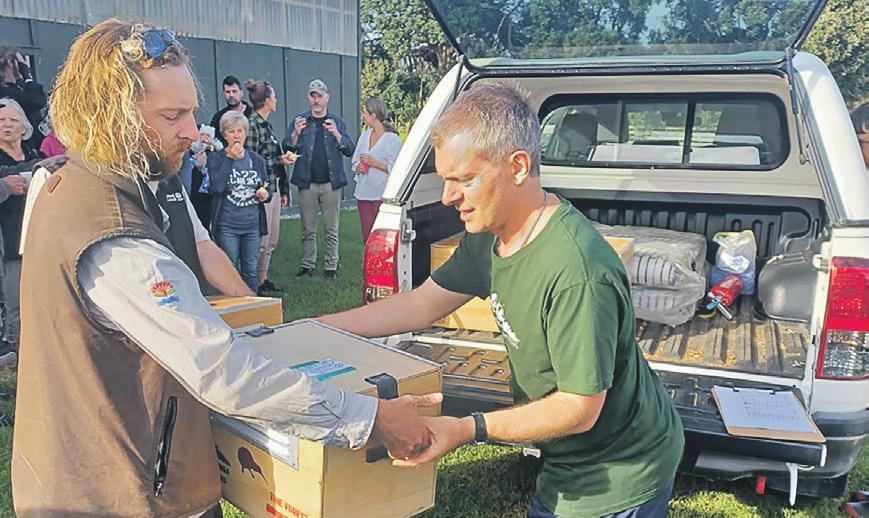
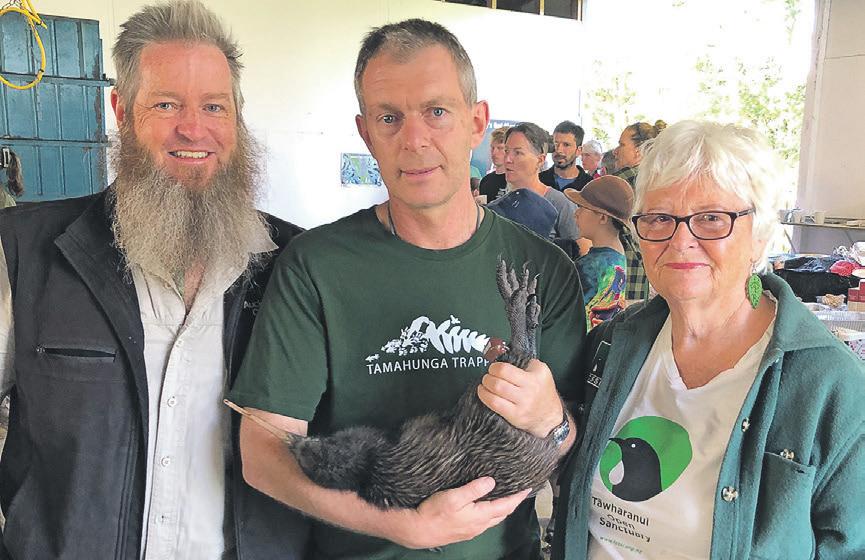
Maunga’s kiwi population grows
The kiwi population on Mount Tamahunga got a boost on March 10 when a further 10 birds were released into the wild. This follows the release of 10 birds last year, which have since produced three chicks. While the first birds were from Motuora Island, the latest recruits came from just down the road at Tawharanui Regional Park. The kiwi were caught, health checked and fitted with transmitters by kiwi handlers the night prior to transfer and then blessed the following morning by Ngāti Manuhiri.
20 years ago, Tawharanui now has a thriving population.
“We’re very pleased to be in a position to repopulate other local areas that are well predator controlled,” she said.
The release involved the collective efforts and support of Ngāti Manuhiri Settlement Trust, Auckland Council, Department of Conservation, Save the Kiwi, Tossi and The Forest Bridge Trust.

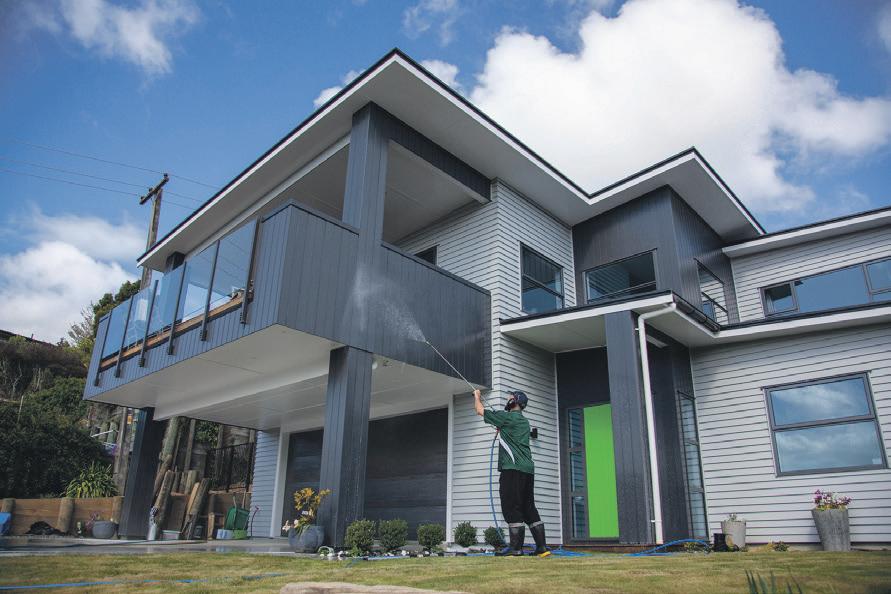
Chemwash Rodney are locally owned and operated
We use a low pressure system for residential and commercial exterior cleaning Our team are certified and use quality products and equipment
Give us a call today to experience our tried and trusted cleaning solutions:
Chemwash Cleaning
Spray 2 Wash Treatment
Spiderworx Treatment
Exterior Window Cleaning


Phone: (09) 425 8747 | Mobile: (027) 275 0080
Email: sales@chemwashrodney.co.nz


Waikato Regional Council remains committed to its plan to release a fruit fly as a biological control agent for moth plant, despite strong opposition from the Ministry of Primary Industries (MPI).
The Environmental Protection Authority called for public feedback on the fruit fly release early last year and received 60 submissions – 48 supported the application, eight opposed it and four were neutral.
Many of the submissions in favour were from environmental groups who felt they were losing the battle to control moth plant, which was taking a heavy toll on local native plants.
At the end of the submission period, the council put the application on hold to discuss the concerns raised by MPI, who believed the release of the fruit fly (Anastrepha australis) was likely to adversely impact the export of fresh produce.
The MPI submissions said that while A. australis was not an economically significant species of fruit fly, 11 countries listed any species in the Anastrepha genus as a quarantine pest.
Three of those countries – Chile, New
Caledonia and Seychelles – require phytosanitary certificates to include additional declarations for the absence of A. australis
MPI’s submission said that New Zealand currently exported significant quantities of fresh produce to both New Caledonia and Chile.
In the case of New Caledonia, it would mean treatment would need to be negotiated and then applied to all fresh produce exported to New Caledonia, at a cost to the industries.
Meeting Chile’s quarantine requirements would involve setting up a Pest Free Area, which would involve considerable resource and time to set up and maintain.
“A potential alternative would be for MPI to negotiate a change in requirements with New Caledonia and Chile, but it is uncertain what the outcome of such negotiations would be, how long they would take, and whether trade could continue during the negotiation process,” the submission said.
“Before MPI could support the release of A. australis, we would require the applicant
Moth plant was introduced to New Zealand from South America as an ornamental in the 1880s. It has spread throughout the North Island including many areas around Mahurangi, as well as the Nelson/ Marlborough area. It grows heavily over other plants, smothering anything below it. In 2019, the moth plant beetle, Freudeita cf cuppripennis, a leaf beetle whose larvae feed on the roots, was released. Landcare Research says establishment has been successful following early releases.
[Waikato Regional Council] to work with MPI to negotiate the necessary changes in our existing requirements with trading partners.
“We also note that these negotiations would be a cost recovered activity that the applicant would be required to fund.”
The regional council says it will pursue the release of the fruit fly, on behalf of the Biocontrol Collective, a consortium of regional councils, unitary authorities and the Department of Conservation that funds applied weed biocontrol research in New Zealand.
Waikato pest plants team leader Darion Embling says that there are unlikely to be any impacts on New Zealand’s primary production regarding release of A. australis due to its host specifity.
A. australis is a South American fruit fly that is wasp-like in size, shape and colour. Females lay their eggs in moth plant fruit and the larvae eat the seeds inside, damaging the plant and stopping it spreading.
Malnutrition may be the cause of the number of mushy fleshed fish in the Hauraki Gulf, although experts say it is too early to say definitively.
LegaSea representative Sydney Curtis told the Hauraki Gulf Forum on March 4 that there was a high proportion of fish affected by mushy flesh – snapper, kahawai, trevally, king fish, gurnard and, more recently, blue cod.
“The skeletal muscle is reabsorbed and that is attributed to prolonged malnutrition,” Curtis said.
A survey last year revealed that mushy fleshed fish were being reported predominantly in the Hauraki Gulf. The cause of malnutrition was unclear and accompanied by outbreaks of parasites.
“Fish are more susceptible [to parasites] if there is already something wrong in the ecosystem,” he said.
Ministry for Primary Industries representative and forum member Jacob Hore said initial testing ruled out any parasitic or bacterial related causes.
“The big question is what is causing the malnutrition,” he said. “A live research project has been set up to look at this.”
Forum member Warren Maher said the mushy fleshed fish issue was possibly worse than caulerpa.
“We have seen a dramatic decrease in our bait fish populations due to overharvest. It’s obvious that they are starving,” Maher said. Curtis said there were a lot of unknowns about bait fish.
“We don’t have a stock status for jack mackerel or pilchards. We know scallops and muscles are virtually non-existent unless they are in an aquaculture. We can’t assume that just because snapper will eat everything that they are going to move on to something else.”
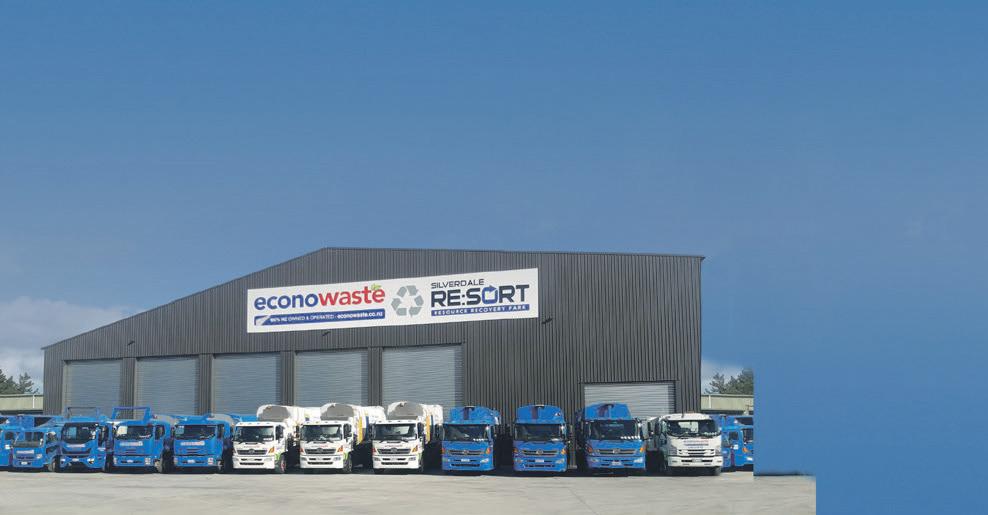


Last year’s floods have prompted two Ahuroa sheep farmers to set up a catchment group with a difference, in a bid to foster community connection as well as caring for the local environment.
Sue Meszaros and Karyn Maddren, who run the 68 hectare Streamland Suffolks stud off West Coast Road, are in the process of setting up a group for the Araparera River and its tributaries.
The river runs from its source on Moir Hill, near Puhoi, then more or less follows Ahuroa and West Coast Roads out to Kaipara Harbour.
Meszaros says this results in an area different to most rural catchments, since there are a large number of smaller properties, lifestyle blocks and residents who use these roads to commute to work.
She says this means the people are as important as the environment.
“We could just have an environmental focus in the catchment, but it would be nothing without caring for the people as well. There was a lot of anxiety from the floods, so it’s really important.
“It should be about everybody. If we limit it to just ecosystems or environmental matters, you rule out 80 percent of people living in the catchment.”
Meszaros adds that the more people who become involved in the catchment group, the better it will be for the river.
“We’ll have less impact on the river and environment if we don’t include the people – we’d lose a huge resource potential.
“There’s so much we can be doing if we can harness all the people in the catchment.”
She says the ball has already started rolling, with a well-attended community dinner at Ahuroa Fire Station late last year and the distribution and planting throughout the catchment of 4000 native trees from the Kaipara Moana Remediation (KMR) programme.
Meszaros says there is scope to use the group as a lynchpin for local community support and social activities.

“Our catchment is a little bit different because of where it is. It’s more about community, getting to know neighbours, how to deal with disasters, sharing knowledge and so on,” she says.
“We want to harness people, make friends, build networks and build resilience.”
Maszaros says the Araparera River is currently pretty healthy.
“The floods caused trouble, of course, with silt and trees coming down, but we’ve been testing the water for several years and it’s really very healthy. Now it’s about keeping it healthy and keeping all the steep hillsides intact.”
The fledgling group is currently applying for formal recognition as a incorporated society, and is already working closely with KMR, Healthy Waters and the Mountains to Sea Conservation Trust. A website and social media pages will be set up in the near future.
Info: Email Sue Meszaros on sue@streamland.co.nz


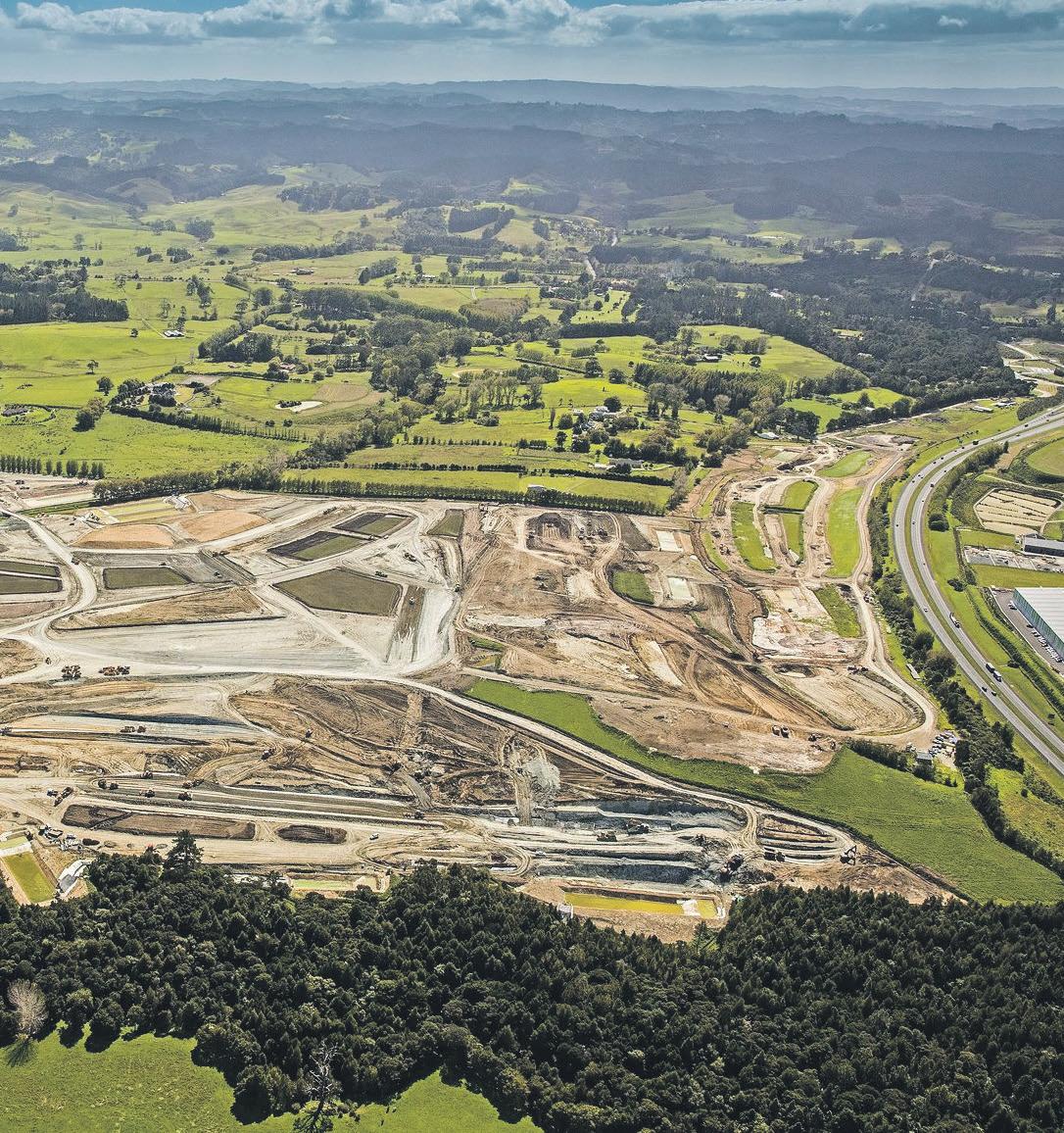
Nathan Haines will feature tracks off his new album, which embraces the electronic/house/ disco scene.

Internationally renowned saxophonist and producer Nathan Haines will return to the stage in Leigh on April 5, his first appearance at the Sawmill Café in over a decade.
With his new album Notes out in August and a new single dropping this month, the evening will be a mix of new music designed for dancing and some of his dance music classics, all blended seamlessly with live saxophone and flute.
“It’s my first solo album in 10 years and there’s been a whole lot of life lived in that time, that’s for sure,” he says.
The evening promises to be a treat for fans of dance music infused with jazz and soul. Haines is one of NZ’s leading musicians – a three-time recipient of the Tui Jazz Album
of the Year award.
“I have always loved playing at the Sawmill,” he says. “I must have played at least 10 times over the last 15-plus years and every night was hugely enjoyable with a fantastic crowd.
“I’ll be playing lots of new productions from my upcoming album, plus stuff from previous albums like Squire For Hire and Sound Travels.”

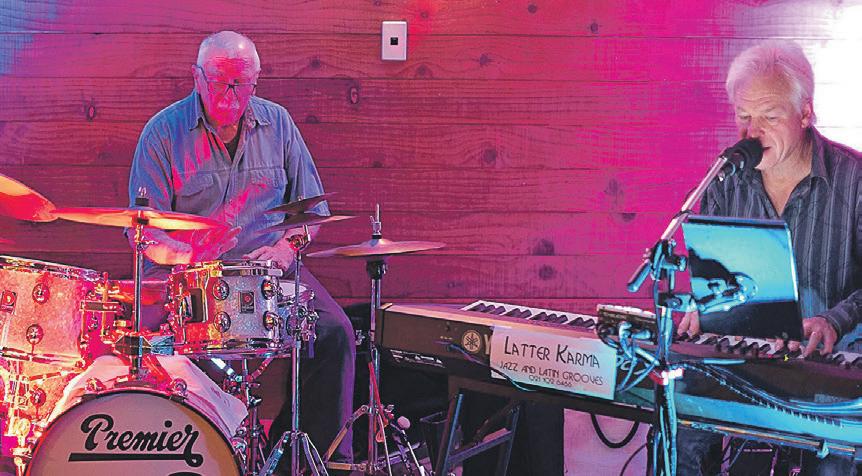
After a short break, a quartet of jazz musicians is preparing for the next series of sessions at the Bridgehouse’s garden bar overlooking the Mahurangi River, resuming on April 4.
First launched last September, the freeadmission Back Bar Jazz evenings on the first Thursday of the month quickly became a popular draw, attracting about 60 people on the debut night, and good turnouts on subsequent ones.
Providing the sounds are Latter Karma, a four-piece band that emerged out of the long-established local jazz group Latakana. Original members are spread across NZ and the globe. The end of the 14-yearlong Latakana era left Chris James, a music teacher at Warkworth Primary School who plays piano and flute, to explore new avenues.
He teamed up with experienced drummer Laurie Walker, and they later brought in guitarist Garry Bigwood and bassist Lindsay Lovegrove, both formerly of the blues band Leigh Buoys. Latter Karma was born.
As Back Bar Jazz nights become a regular feature in the Warkworth nightlife, the group would love other local musicians to join them, and experience the thrill of playing for an audience.
These could even include talented college students, says Chris, who adds that it’s “pretty neat” to watch people he taught as young kids grow up and go on to perform in bands, including the Warkworth Big Band.
Chris says he’s been pleasantly surprised at the audience reaction at the sessions.
“With Latakana, we’d usually play in the background and people would go on talking and drinking – which was fine,” he recalls. “But at Back Bar Jazz, the punters go quiet and applaud after solos.
“I hadn’t really expected that. I thought we’d just be playing away in the background, adding to the mood of people enjoying the bar. But apparently not – apparently they’re listening and thinking we’re quite good!”
It’s a great venue, he says – out of the way, with no street noise, and enough room for people to spread out, rather than “some tiny little smoky bar”.


Haines says that in his lifetime, he has seen dance music culture go from strength-tostrength in New Zealand.
“I hope to weave the stories of this culture, as well as my own music and that of my close friends, into three hours of joyous music”. Haines’ wife, DJ Jaimie Webster Haines, will open the show.






With the arrival of Garry and Lindsay, Chris added the saxophone to his arsenal, giving the group a more varied soundscape.
The music includes Latin and jazz standards, jazzed-up R&B classics and jazzinfluenced pop songs. Chris hopes to bring in a guest singer on occasion, providing “a slightly different flavour”.
While enjoying the music, patrons are also able to order food from the Bridgehouse menu. People sometimes come out from the restaurant to listen, and there has even been some dancing, he says.
Back Bar Jazz nights are on the first Thursday of the month, 6.30pm at The Bridgehouse, Warkworth.
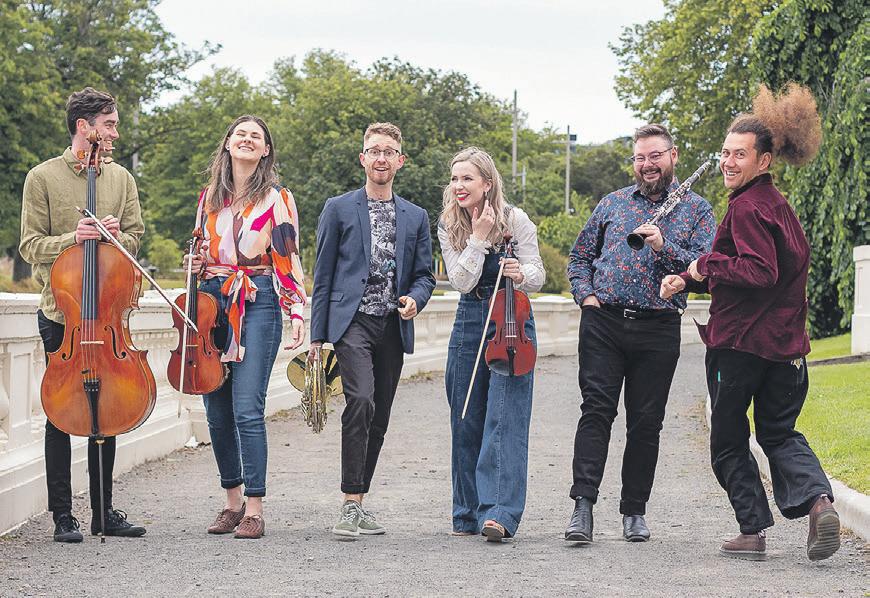
Christchurch-based Morton Trio & Friends will open this year’s Warkworth Music concert series with a performance in the Warkworth Town Hall
Sunday April 7, starting at 4pm.
As a sextet, Morton Trio members Arna Morton (violin), Alex Morton (French horn) and Liam Wooding (piano) will be joined by colleagues from the Christchurch Symphony Orchestra – David McGregor (clarinet), Sharon Baylis (viola) and Jeremy Garside (cello).
Together they deliver original, intense chamber music with orchestral scope, promising to wow concertgoers from start to finish.
The programme will feature the two great sextets written for clarinet, horn, piano and strings, opening with Dohnányi’s rich
Scrabble invitation
and exhilarating Sextet, followed by what is considered Penderecki’s finest chamber achievement – two majestic works that allow all six performers to showcase their musical talents.
Morton Trio was established in 2017 and is known for its performance of canonical classics from Brahms and Ligeti, as well as lesser known works from the genre.
Its members are also committed to expanding the horn trio repertoire through new commissions and arrangements.
The concert is presented in partnership with Chamber Music New Zealand and will be one of seven this year.
Tickets for next month’s concert are $35 for non-members, tertiary students $10 and school age free. Cash sales only.
Rodney Scrabble is inviting anyone interested in the game to join them at the Warkworth Community Rooms (home of the Bridge Club) in Alnwick Street on Monday afternoons. The club describes itself as a small friendly group with members of all abilities, who are willing to support and mentor new members. “If you are recently retired or have moved to the area, come along to observe or play any Monday between 12.50 and 4pm. All welcome.”



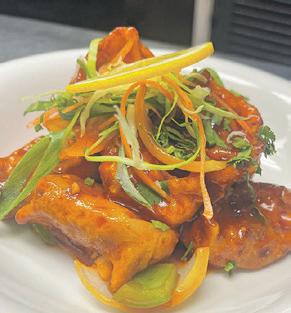

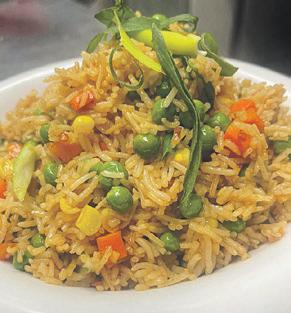
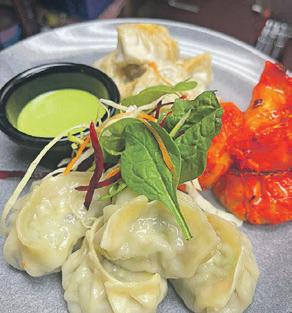


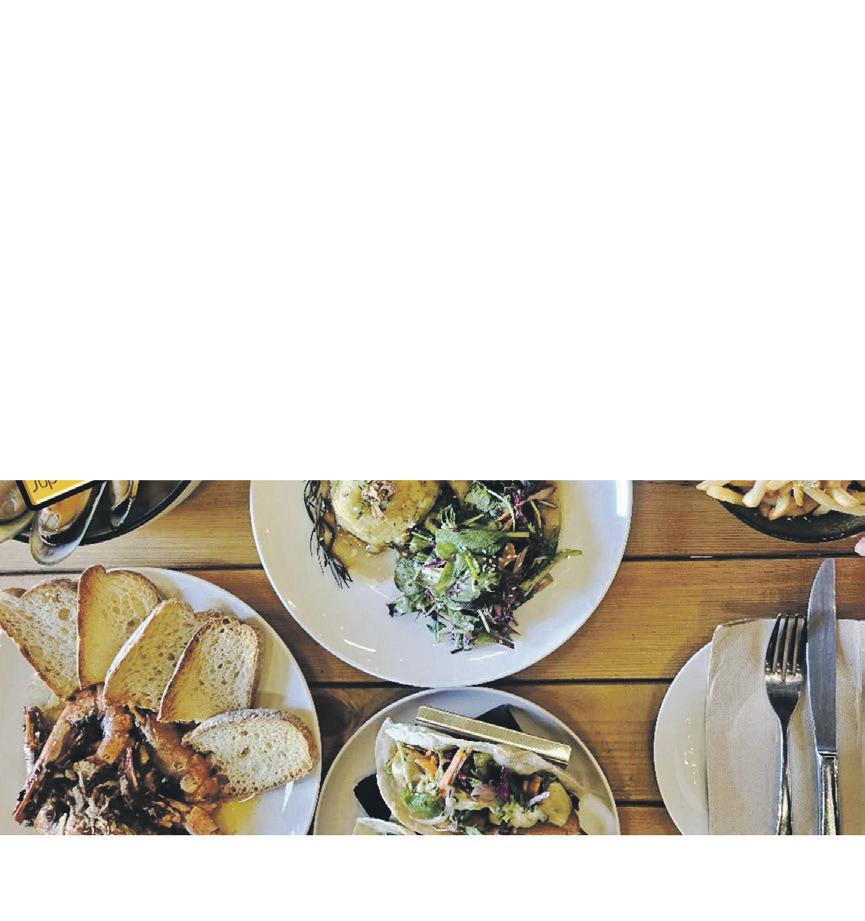



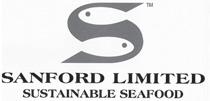


A Hidden Taonga in the Hauraki Gulf. Wildlife • Shipwrecks • Mansion House and more
Royal Mail Run Cruise
Adult $107 • Senior $100 • Family $297 •
Child $54 • BBQ lunch - $33 Adult/ $20 child Mansion House has eftpos now.
Our return times are 2pm or 4.30pm.


Sandspit Wharf, End of Sandspit Road, Sandspit, Warkworth 09 425 8006 or 0800 111 616 | info@kawauwatertaxis.co.nz | https://kawaucruises.co.nz
Water Taxis
Water taxis on the Hauraki Gulf at a time that suits you, 24/7. Our fleet of safe, high speed and comfortable Water Taxis are driven by professional skippers who have years of local experience. We operate a water taxi service and regular shuttle service to Kawau Island.
Royal Mail Run Cruise
Departs Sandspit Daily at 10:30am. Ever wanted to explore an island that has no road access? Want to learn more about the people living there? This is your opportunity, with the Royal Mail Run Cruise!
Mansion House Cruise
Departs Sandspit Daily at 10:30am.
Sir George Grey, the third Governor of NZ purchased Kawau Island in 1862 and began establishing a ‘Garden of Eden’ including transforming the old Copper Mine Manager’s house into an imposing mansion. Wander through the carefully restored Mansion House and admire the many artifacts gleaned from his travels through the Pacific, or marvel at the everyday objects of the Victorian era.
Adults $71 • Children $42 • Seniors $64


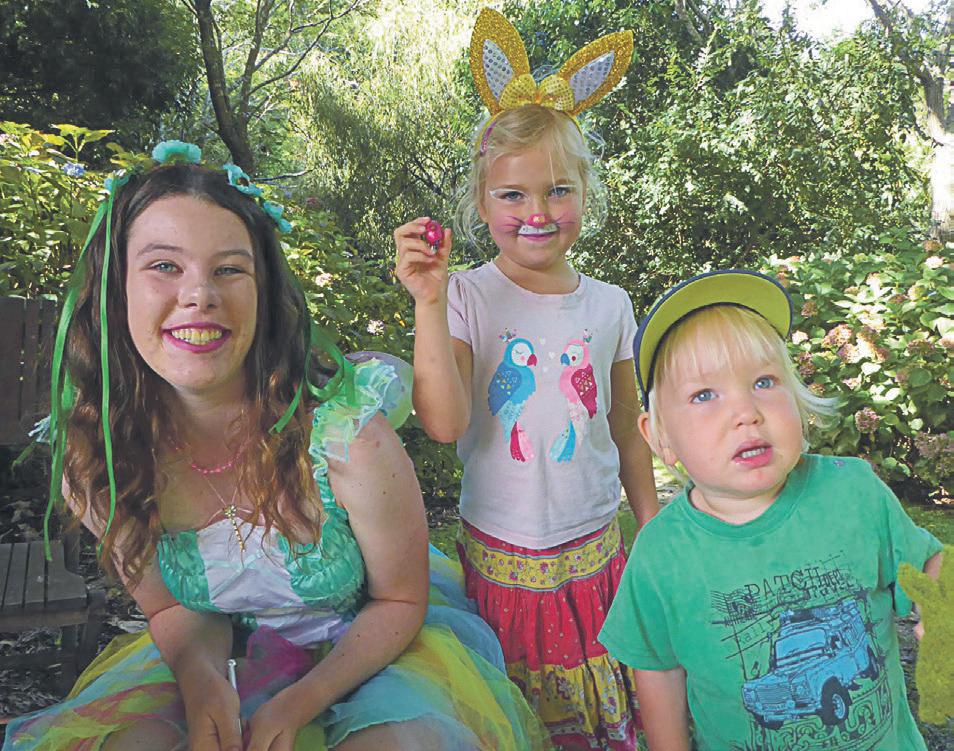

Although the Easter long weekend doesn’t fall over the school holidays this year, there are several opportunities around the area to keep children happy – and chocolate consumption levels boosted.
The market at the Pūhoi Domain runs from 9am to 1pm.

The Pūhoi Village Market’s traditional last Sunday of the month slot coincides this year with Easter Sunday, and an Easter theme will be evident, with chocolate eggs and hot cross buns available, and kids invited to take part in an Easter rock hunt, with brightly painted rocks hidden instead of eggs.
An Easter hamper, comprising donated goods from local manufacturers, will be raffled. And organisers hint that Easter decorations could even extend to some long-eared, four-legged creatures this year.
Visitors to the Matakana Farmers’ Market on Easter Saturday will have the opportunity to say hello to the Easter Bunny and have their photo taken with him. There is also the promise of a chocolate treat.
Easter will also play a big part in the Matakana Country Park Market on Easter Sunday. As well as the bunny, children will be treated to an egg hunt and there will be face painting, pony rides, mini-train rides, bouncy castles and water slides for the kids, along with boutique craft stalls, food trucks and live music.
The market at 33 Omaha Flats Road runs continued next page





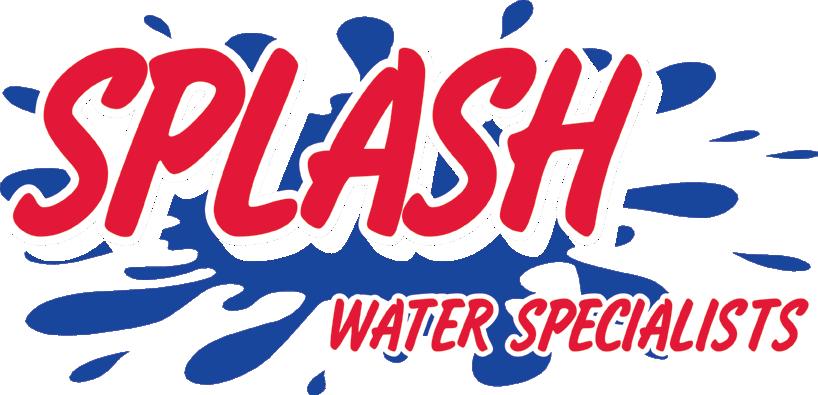
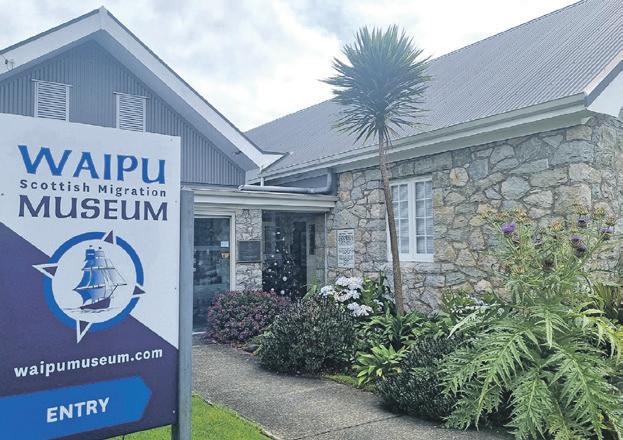

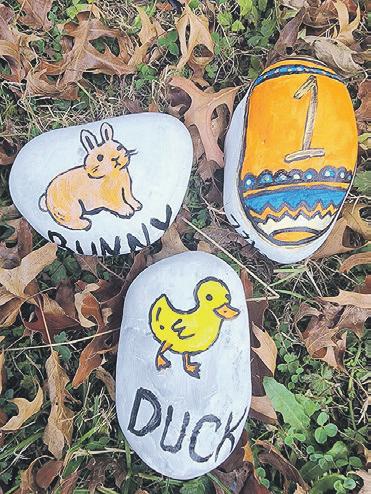
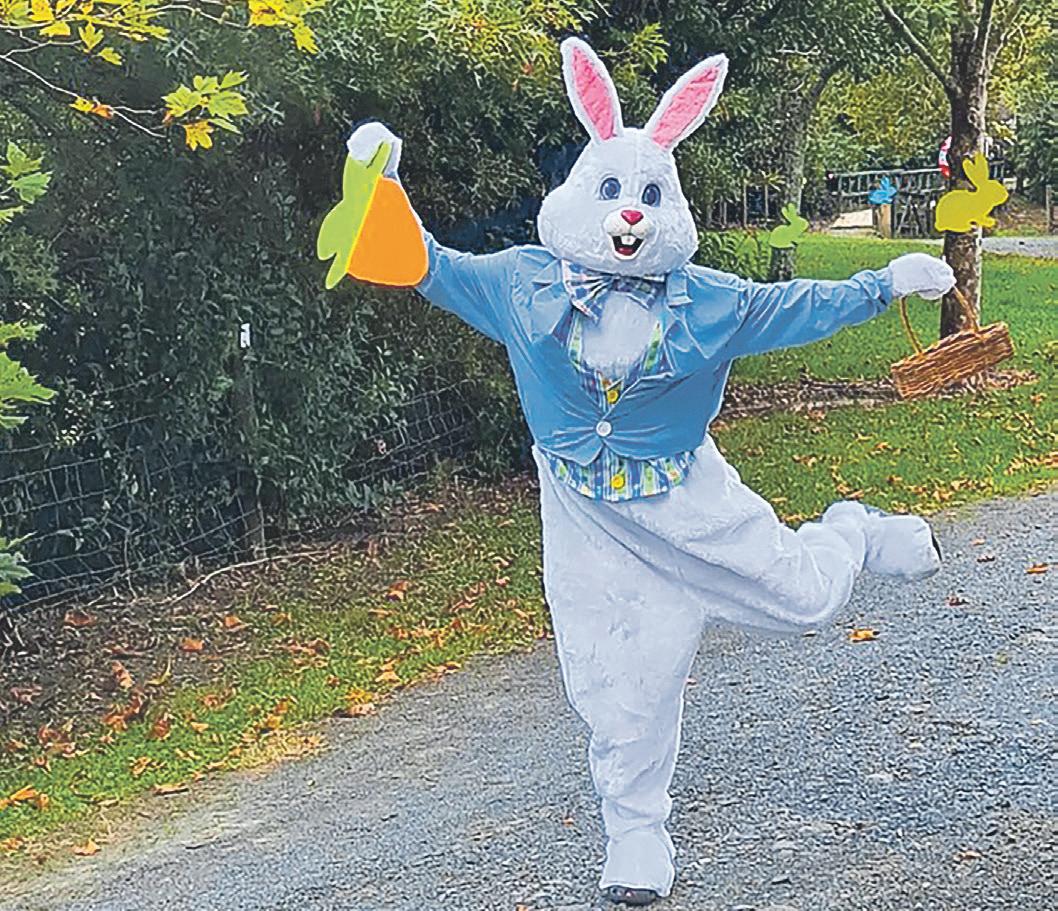

from 8.30am to 2pm.
Further west, but attracting visitors from across the area, the Kaipara Coast Plant Centre and Sculpture Gardens in Kaukapakapa will host its annual Easter egg hunt on Easter Sunday.
Event coordinator Adrian Burden says that the peaceful bliss of the venue will be shattered for a few hours, as heaps of children, with parents in tow, trawl through the gardens in search of hidden chocolate eggs.
The gardens encourage the wearing of Easter-themed fancy dress, so it can also be a colourful experience, he says.
“In fact the event has become so popular that families have to book a time slot so that

the gardens don’t become too congested. Plus, it gives staff the opportunity to renew the egg supply. It’s great to see kids having fun out in the fresh air.”
The gardens overlooking the Kaipara Harbour were established in 1994. Owner David Bayly has a conservation and restoration programme focusing on ecological diversity and integrity with substantial replanting of native flora throughout the gardens. The sculpture trail contains around 40 sculptures by both local and overseas artists, which are replaced each November.
The gardens are at 1481 Kaipara Coast Highway, Kaukapakapa. To book a time slot for the egg hunt: info@kaiparacoast. co.nz, or 09 420 5655.
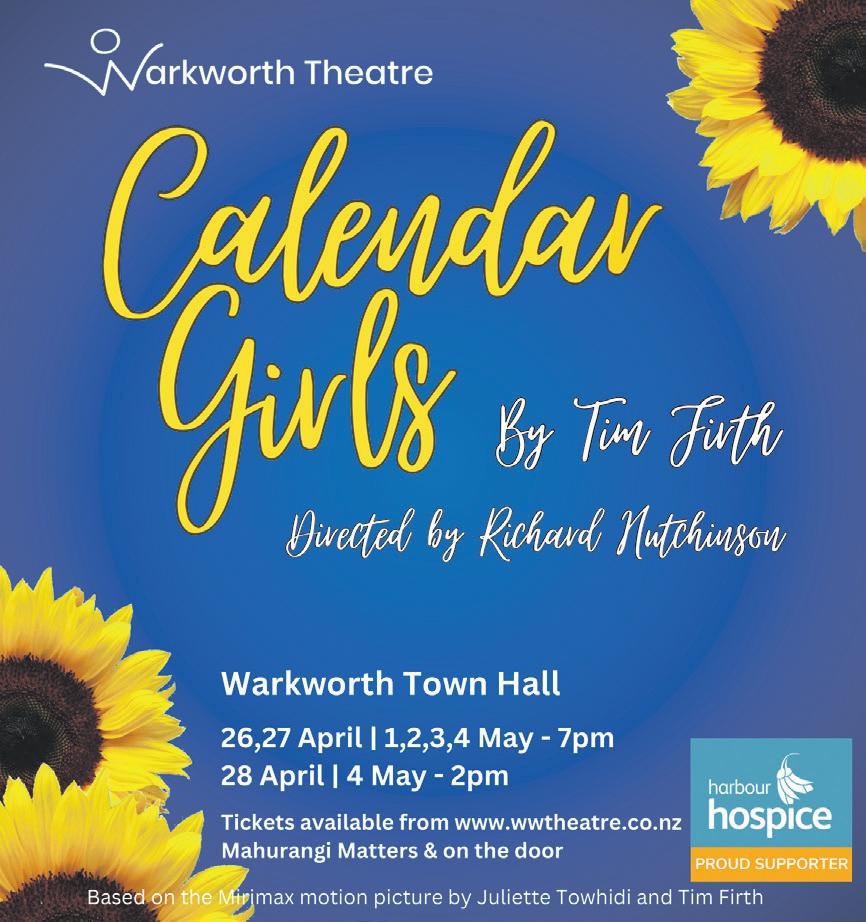
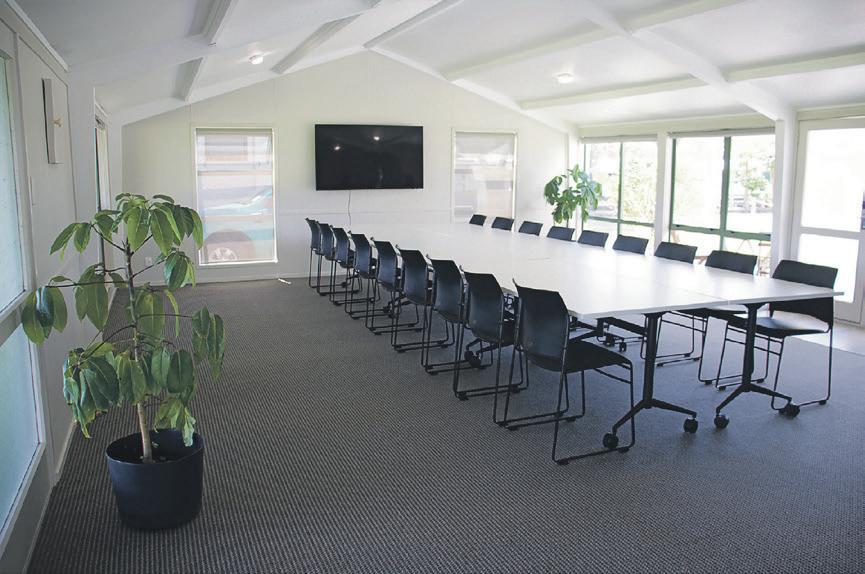
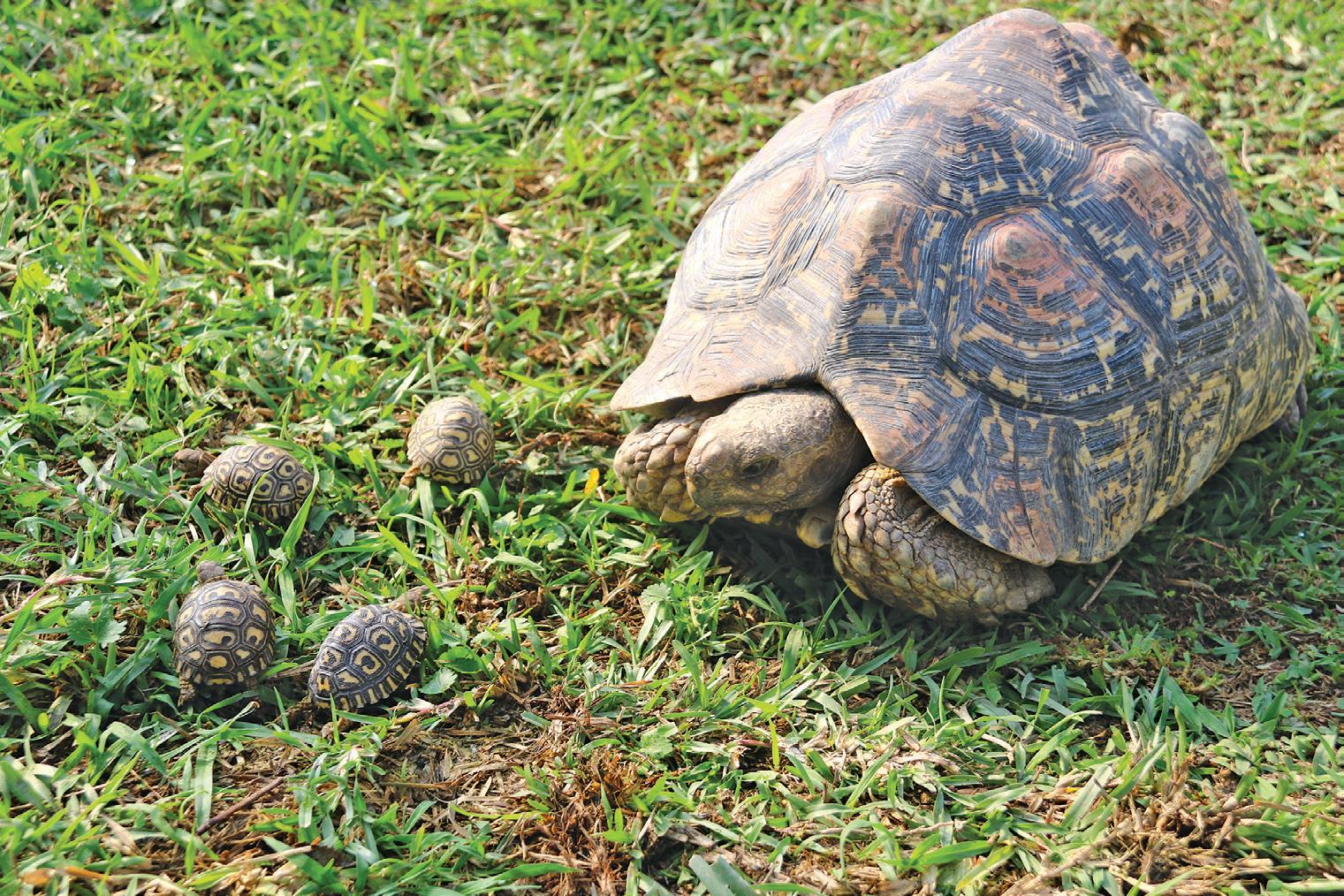
School
Family

•
•
•
•
Bookable

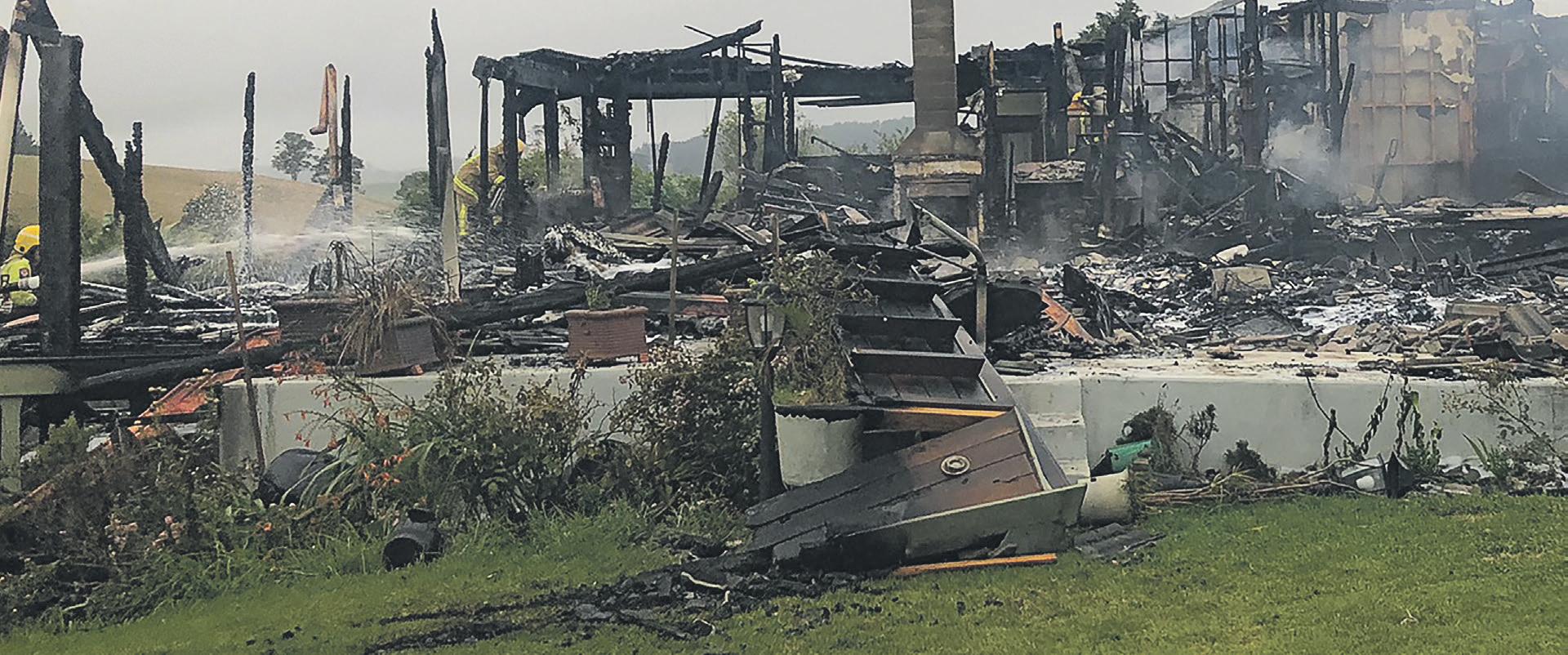
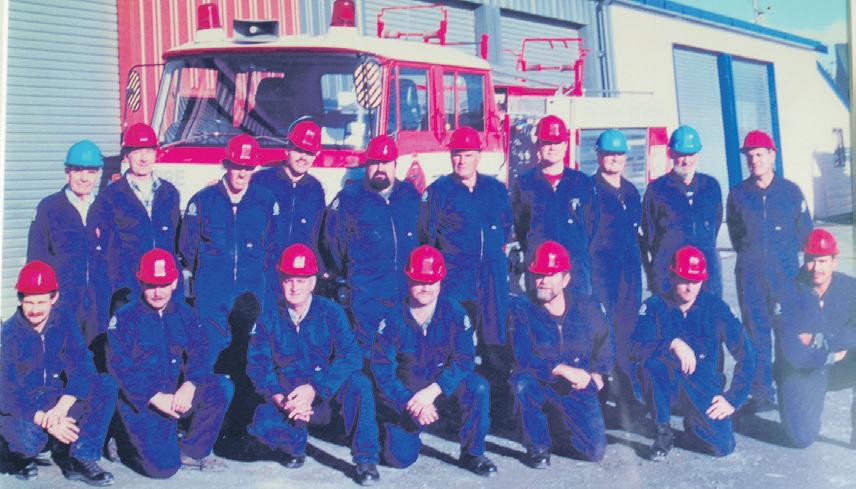
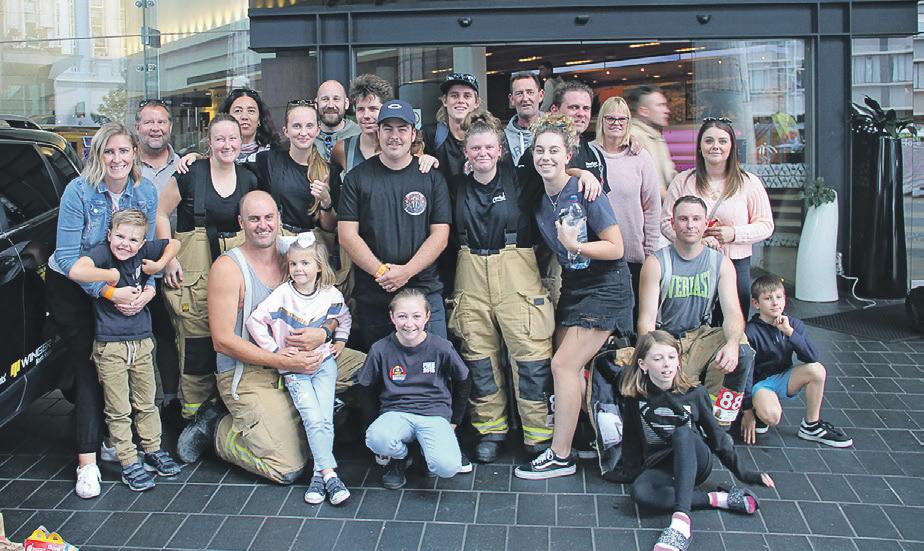

The Mahurangi East Volunteer Fire Brigade will celebrate its 25th anniversary on March 23 with an open day at the station on Mahurangi East Road.
First based in an industrial shed in Hamatana Road, Mahurangi operated as an auxiliary brigade under Warkworth for its first 10 years when Gary Aitken was the chief fire officer.
Foundation trustee John Kyle says that when he moved to Snells Beach from Taihape he could see there was a need for a local fire service, but it was getting bogged down in bureaucracy.
“When I farmed in Taihape I’d seen a house burn to the ground,” he says. “The brigade was an hour away – there wasn’t even any point in ringing them. I didn’t want to see that repeated here.”
Kyle enlisted the help of Rodney District Councillor Betty Paxton and Mahurangi Matters founder John Ross to help get the project moving. He says NZ Fire Service brass told them that they had to prove that they could operate as a team for 18 months before they would get fire service backing.
It was a challenge the enthusiastic recruits had no trouble meeting.


Kyle bought an old fire engine off Trade Me and parked it on Mahurangi East Road, outside his business (Hireworks), inviting enquiries.
About 40 people stepped forward and from that group, 22 recruits signed up including several trained officers from other brigades. Three of those founding members – Kevin Jones (founding senior station officer), Jason Connolly (current chief fire officer) and Richard Wilcock (soon to become the brigade’s first Gold Star recipient who has served his full 25 years with Mahurangi East) – are still actively involved. They
laugh when they recall those first recruits turning out in plastic hard hats, overalls and no boots.
Jones says that Mahurangi East was the first new brigade to form in NZ in 80 years. “There was no template so it took a lot of negotiation to get it across the line,” he says. “We’ve always had amazing support from our community, which we are very grateful for.”
Once the 18-month trial was up, the fire service provided an appliance and equipment, but it then became obvious continued next page
Congratulations to Mahurangi East Fire Brigade for their support, given over the past 25 years, to the community.
The Mahurangi East brigade is currently fundraising for a ute – smaller and more versatile that the fire appliance – to better respond to medical callouts. The target is $40,000. If anyone can help, they are asked to email fire chief Jason Connolly: jason.connolly@fireandemergency.nz
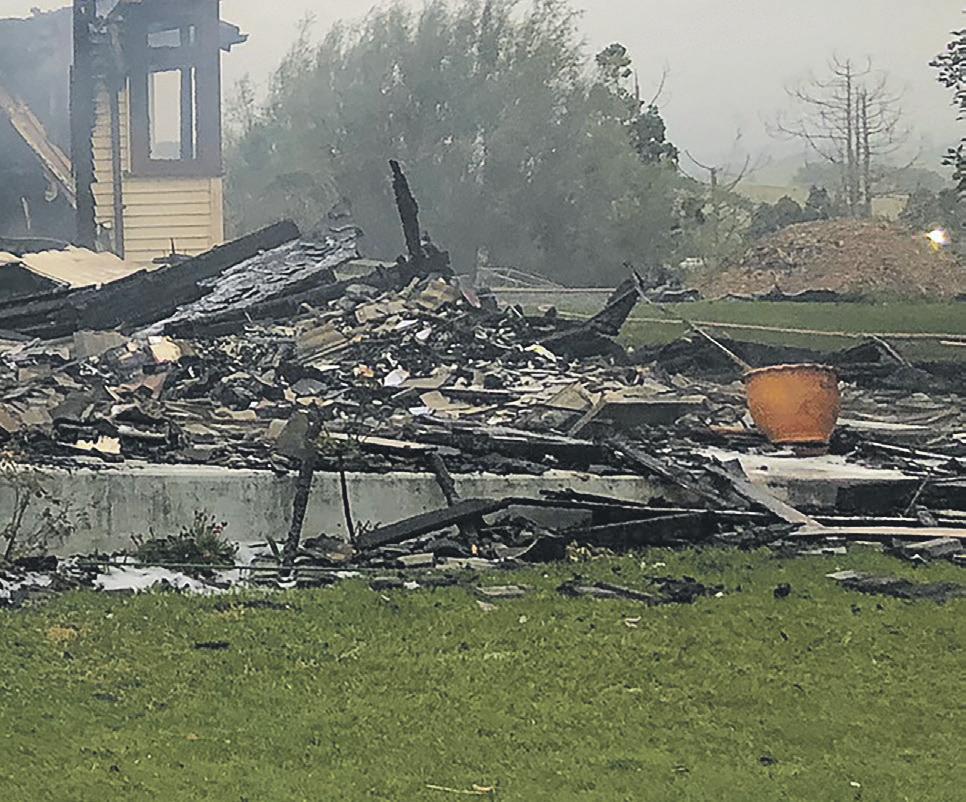

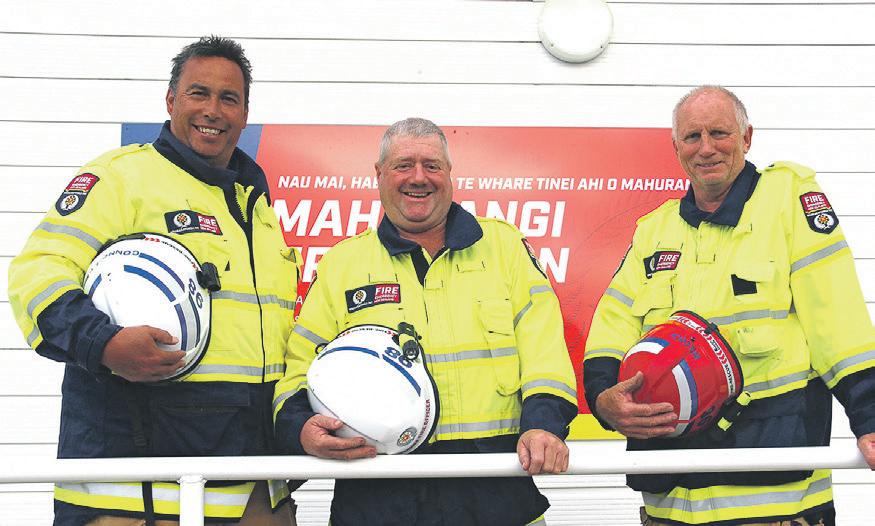
from
that the brigade needed a fire station.
Once again, the community came to the fore, and through fundraising and grants, the $500,000 station opened in May 2002. A helipad, adjoining the site, was established a year later.
“It’s been a tremendous asset to the community from the start,” Kyle says.
“Something we can all be very proud of.”
The busy brigade responds to nearly 300 callouts a year, including many medicals. There have been some memorable events including the dairy company fire in Te
Hana in 2005 and a forest fire in Wrights Road. During Guy Fawkes one year, they put out eight fires between Scotts Landing and Snells Beach after a group of young people thought it would be funny to light skyrockets from their car and shoot them out the window as they drove towards Warkworth. They have also rescued upended horses out of drains and one Christmas Eve, chased a turkey, who obviously wasn’t keen on gracing anyone’s table the next day, out of
continued next page
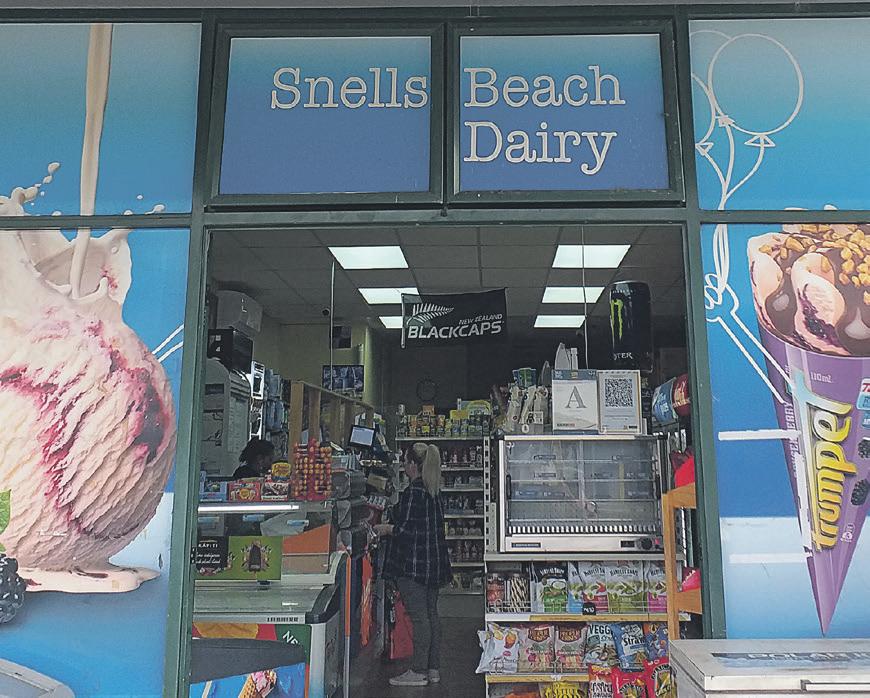


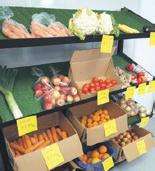
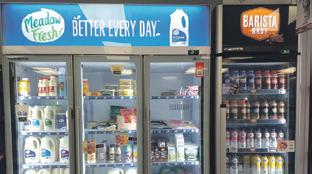


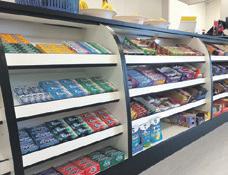
We congratulate Mahurangi East Volunteer Fire Brigade on 25 years of amazing community service and counting!
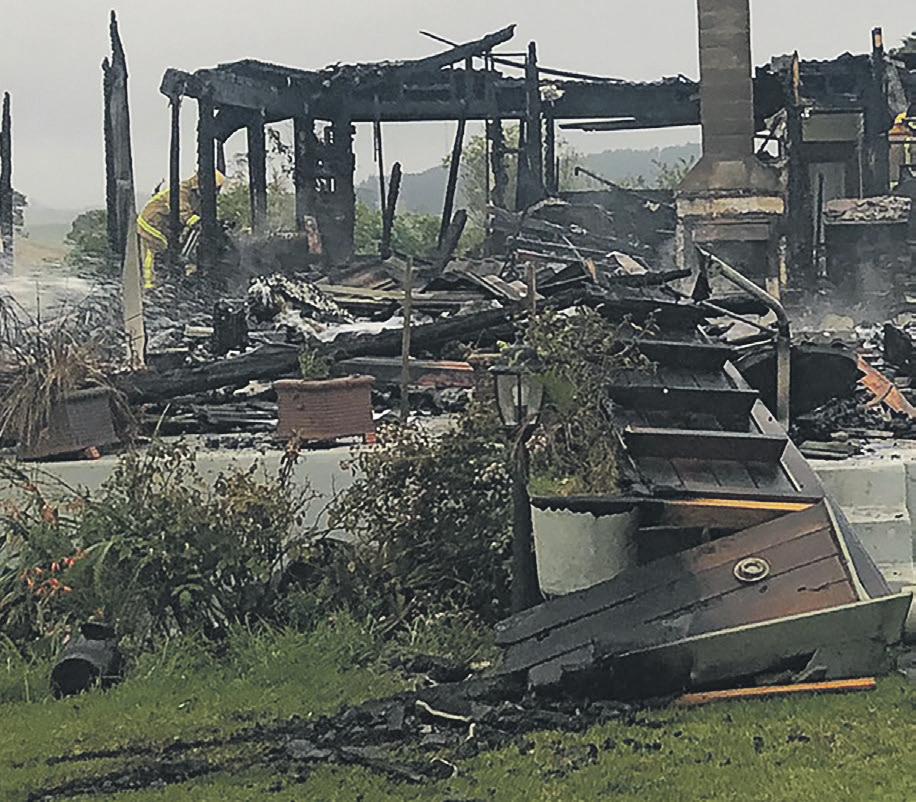
snellsbeachmotel@xtra.co.nz
www.snellsbeachmotel.co.nz







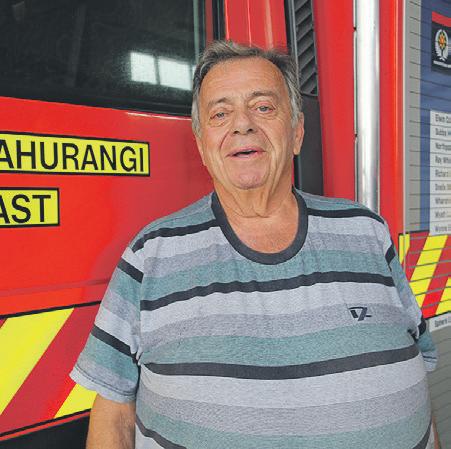
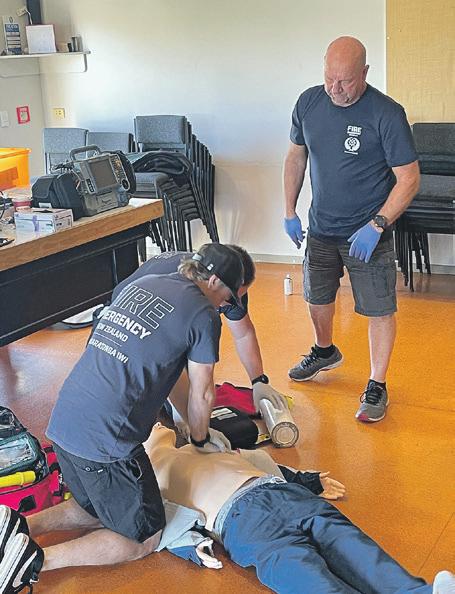
from previous page
a tree. It lived to tell the tale, escaping to Highfield Reserve.
to professionally and responsibly cover the stories that matter in the Mahurangi region.


In common with other volunteer brigades, Mahurangi East is starting to see volunteers’ family members joining. These include fire officer Mick Fay’s son Matthew, Jones’ daughters Samantha and Paige, Connolly’s son Taine and Wilcock’s daughter Jane. Connolly says the brigade has established a good relationship with other local brigades, St John Ambulance and Coastguard. He says the celebration provides an opportunity to thank all brigade members,
past and present – as well as their families and employers – for their dedication and commitment.
“We love doing what we do and look forward to the brigade continuing to serve our community for many years to come,” he says.
The free open day will include tours of the station, Wendy house, kitchen fire demonstrations, a vehicle display and sausage sizzle. It will run from 10am-3pm. The firefighters hope the public will take the opportunity to come along and celebrate with them.
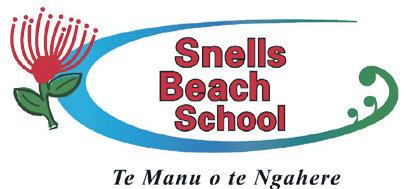





















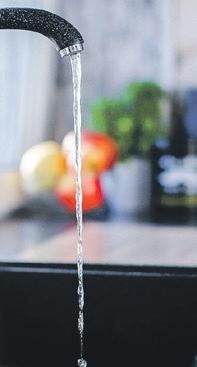





















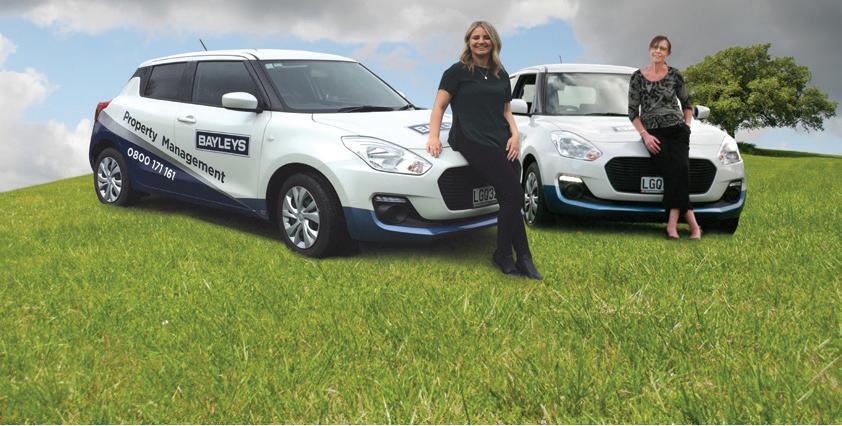













DEATH NOTICE
HAROLD GEORGE SAUNDERS (aka Huck)
Died suddenly at home on 26th February 2024 in his 79th year. Dearly loved husband and soul mate of Megan. A private cremation has been held as per Huck’s wishes. Correspondence can be forwarded care of 9 Matangi Terrace, Snells Beach 0920.


CATHOLIC CHURCH
Phone 425 8545 www.holyname.org.nz
Blessing of Palms at all Masses
SATURDAY EVE (VIGIL) 23rd March
Warkworth 6pm
PALM SUNDAY 24th March
Puhoi 8.30am
Warkworth 10.30am
Holy Thursday 28th March
The Mass of the Lord’s Supper & Washing of the Feet, Procession of Blessed Sacrament to the Altar of Repose Adoration Warkworth 5.15pm and Puhoi 7.30pm
Good Friday 29th March
(Day of fasting & Abstinence)
Puhoi 10am Stations of the Cross Followed by Reconciliation in the Church Warkworth 3pm Commemoration of Our Lord’s Passion & Death, Reading of the Lord’s Passion, Prayers of Intercession, Veneration of the Cross, Collection of Lenten Appeal and Holy Places, Holy Communion, Reconciliation after Ceremonies.
Holy Saturday 30th March
No Mass on Saturday Morning (Fasting recommended till after Vigil)
Warkworth 7pm EASTER VIGIL
Easter Fire & Candle, Vigil readings, Blessings of Baptismal Water, Mass of Easter
Easter Sunday 31st March
Puhoi 8.30am
Warkworth 10.30am

Mangawhai Mission District Anglican Church Christmas Services
CHRISTMAS SERVICES 2020
CHRISTMAS EVE St Michael’s, Hakaru Christmas Eve Carol Service Thursday 24 December 7.00 pm
Midnight Christmas Communion Christ the King Church Mangawhai Thursday 24 December 11.00 pm
CHRISTMAS DAY Family Communion Christ the King Church Mangawhai 9.00 am St Paul’s, Kaiwaka 9.00 am www.mangawhaianglican.org.nz Phone 431 4122

Mission District
Mangawhai

CHRISTMAS DAY Family Communion
Christ the King Church Mangawhai 9.00 am
Mangawhai Mission District Anglican Church Christmas Services CHRISTMAS SERVICES 2020
CHRISTMAS EVE St Michael’s, Hakaru Christmas Eve Carol Service Thursday 24 December 7.00 pm
Midnight Christmas Communion Christ the King Church Mangawhai
Thursday 24 December 11.00 pm
CHRISTMAS DAY Family Communion
www.mangawhaianglican.org.nz Phone 431 4122 Mangawhai Mission District Anglican Church Christmas Services CHRISTMAS SERVICES 2020 CHRISTMAS EVE St Michael’s, Hakaru Christmas Eve Carol Service Thursday 24 December 7.00 pm Midnight Christmas Communion Christ the King Church Mangawhai Thursday 24 December 11.00 pm CHRISTMAS DAY Family Communion Christ the King Church Mangawhai 9.00 am St Paul’s, Kaiwaka 9.00 am Mangawhai Mission District Anglican Church Christmas Services CHRISTMAS SERVICES 2020 CHRISTMAS EVE St Michael’s, Hakaru Christmas Eve Carol Service Thursday 24 December 7.00 pm Midnight Christmas Communion Christ the King Church Mangawhai Thursday 24 December 11.00 pm CHRISTMAS DAY Family Communion Christ the King Church Mangawhai 9.00 am St Paul’s, Kaiwaka 9.00 am
www.mangawhaianglican.org.nz Phone 431 4122

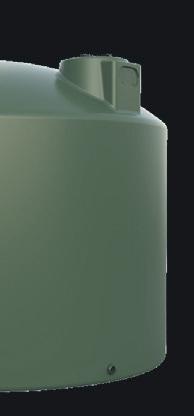

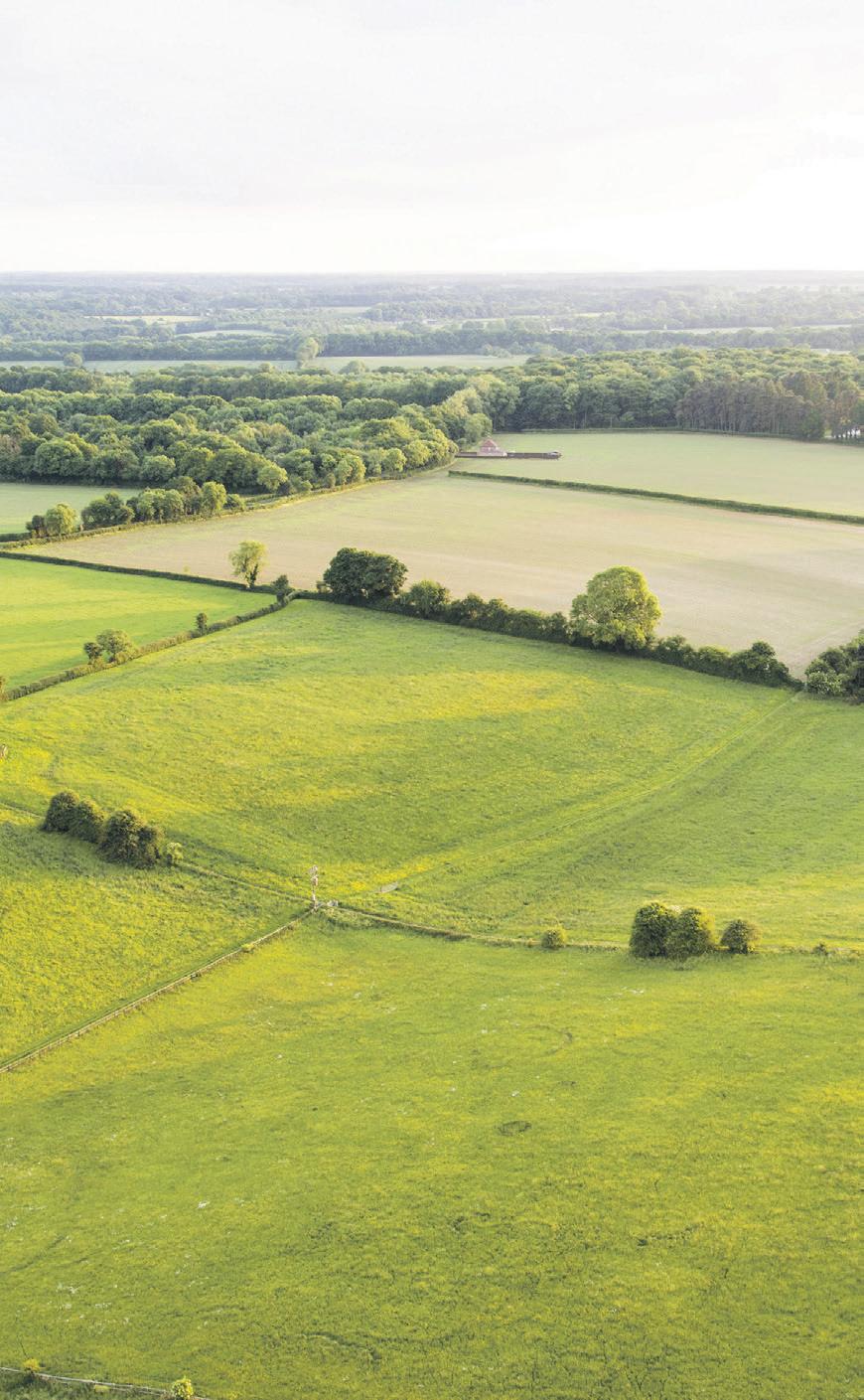


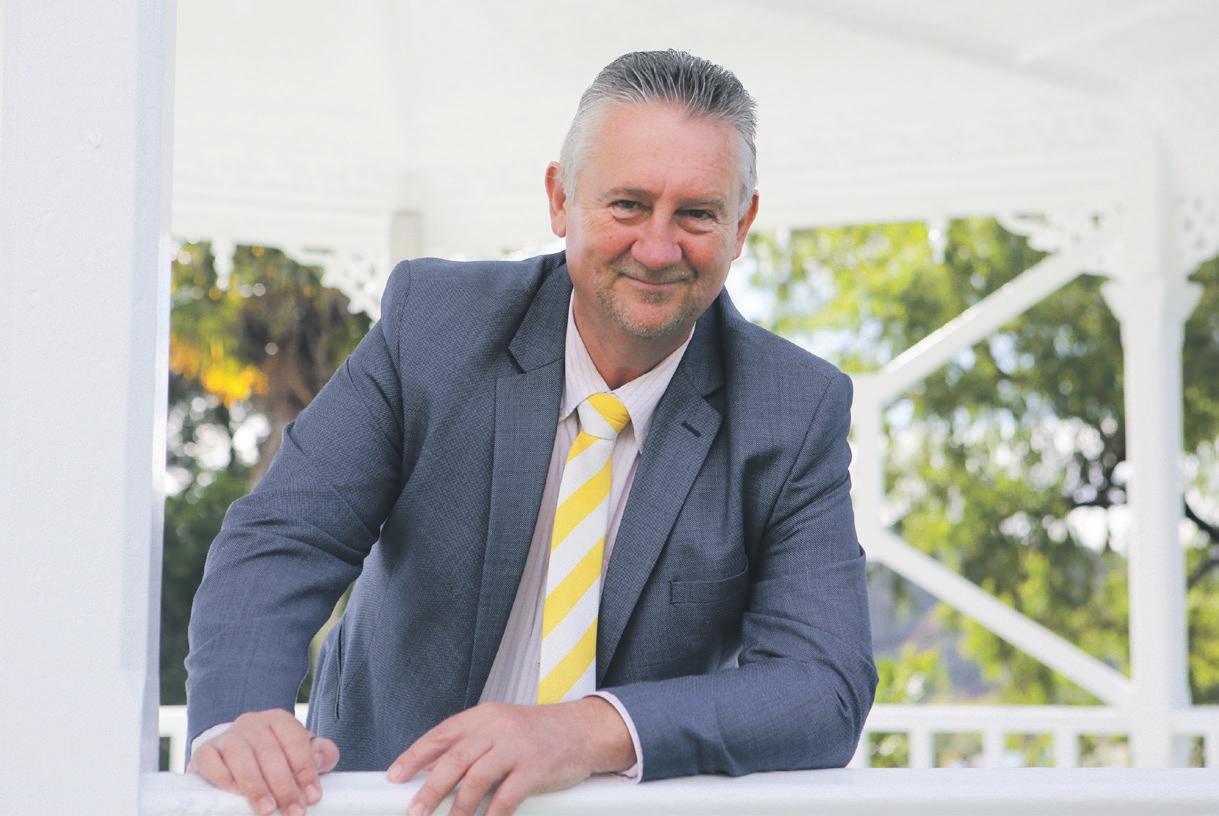

Gulf,
home relaxed and refreshed and, if you’re lucky, with a couple of fish in the chilly bin. What you don’t expect is the horrifying sight of hundreds of lifeless snapper drifting in the sea. This is exactly what happened a couple of weeks ago. It was heart-breaking to see such beautiful kai moana going to waste.
According to Moana New Zealand, the dead fish were discarded by commercial vessels due to a power outage, forcing the crew to manually haul in the large nets, splitting it several times. As to be expected, people were outraged by the incident. It made headlines across New Zealand, mainly because it happened in plain sight. But how could a simple gear failure result in such vast mortality? This prompts us to question the incidents we don’t see or hear about.
In 2022, Fisheries NZ confirmed there would be a staged rollout of cameras on all commercial vessels, with the footage compared to the vessel’s catch reports. This decision offers transparency and holds the commercial industry accountable. It’s worth asking the question – if there is nothing to hide, why wouldn’t you embrace transparency?
However, the Minister for Ocean and Fisheries, Shane Jones, is threatening to scrap the rollout of cameras, possibly to shield the commercial fishing industry from the consequences of illegal fish dumping or misreporting catch. After a decade of discussions, abandoning the rollout of cameras on boats would lose the public’s trust in an industry that has repeatedly violated strict regulations. Having cameras onboard is a step in the right direction. However, it will not improve the state of

our marine environment.
We need to prioritise sustaining our precious marine resources and feeding Kiwi families. This happens through restoring coastal fish populations to a minimum of 50% of their original populations (being pre-industrial fishing level). Non-selective, bulk harvesting fishing methods are still allowed in our coastal waters and one of the implications of this is that dumping fish isn’t an infrequent occurrence.
The commercial vessel involved in this incident is likely to be a bottom trawler, one of the three highest ranking threats to New Zealand marine habitats.* It’s easy to understand why when it involves dragging weighted nets along the bottom of the sea floor, crushing marine life including crabs, shellfish and invertebrates.
The sizable loss and waste from a simple system failure is not good enough. Perhaps if these destructive methods had been banned initially, the dumping of hundreds of snapper could have been avoided altogether. Just imagine how many families the fish could have fed.
Ironically, the industry will be the cause of its own undoing if we continue on this current trajectory, as there will be nothing left to catch. We cannot afford to continue wasting precious kai moana and destroying our marine environment. If we want our moana to be abundant and diverse, we need to restore coastal fish populations and remove destructive fishing methods. Then, as a community, we will reap the rewards, both socially and economically.
* MacDiarmid A, McKenzie A,Sturman J, Beaumont J, Mikaloff-Fletcher S, Dunne J. (2012). Assessment of anthropogenic threats to New Zealand marine habitats
19 Auckland Long Term Plan public discussion, Rodney Local Board office, Elizabeth Street Warkworth, 4pm-6pm. Raise issues, ask questions. Registration essential. Email: rodneylocalboard@aucklandcouncil.govt.nz
20 Learn how to use the TrapNZ app, 7pm. Online training session teaching you how to use the app and record the pests that you catch. Meeting held via Microsoft Teams. Meeting ID: 454 289 205 952 Passcode: uUd2AA. Event organised by The Forest Bridge Trust.
20&21 Blood Drive, Warkworth Town Hall. Bookings: https://www.nzblood.co.nz/
22&23 Otamatea Dog Trial Club annual trial, 104 Marohemo Road, Marohemo
23 Mahurangi East Fire Brigade 25th Anniversary Open Day, 10am-3pm. Wendy house, kitchen fire demo, vehicle display, station tour, sausage sizzle and more. Info: https://www.facebook.com/mahufire (see feature pgs32-34)
24 Friends Market, Mahurangi East Community Centre, 10am-2pm. Coffee, crafts, baking & more. Stall spaces available, $10 per table or $5 for children. Email friendsofmahulibrary@gmail.com
29&30 Rodney Sheep Dog Trial Club annual trial, 324 Old Woodcocks Road, Kaipara Flats
29-Apr 1 Mangawhai Museum Easter Book Fair, 10am-4pm. Books from $3. Plenty of parking.
30 Car Boot Sale, Snells Beach Community Church, 8-11.30am. $10 per site. Info: Gary 022 6585 7000
30 Meet the Easter Bunny, Matakana Village Farmers Market, 10am-noon (see story p30&31)
30&31 Art Exhibition Pop-up, Warkworth, 10am-4pm. Local artist Olivia Courtney displaying paintings, collages and more. RSVP: oliviapage@hotmail.co.nz
30&31 Antique Fair, Matakana School, 10am-4pm. Entry by gold coin donation to school. (see ad p28)
30&31 Whangarei Heads Art Trail, various locations, 10am-5pm. Info: https://www. whangareiheadsartstrail.org.nz/the-2024-whangarei-heads-arts-trail/
31 Puhoi Village Market, Puhoi Sports Club, 9am-1pm. Easter rock hunt for kids, Easter hamper raffles, Easter Eggs, food, crafts, coffee & more. (see story p30&31)
31 Easter Egg Hunt and Easter Bunny, Matakana Country Park Market, 8.30am-2pm (see story p30&31)
31 Easter Egg Hunt, Kaipara Coast Plant Centre & Sculpture Garden, SH16, Kaukapakapa. Booking essential – email info@kaiparacoast.co.nz or call 09 420 5655 (see story p30&31)
4 Back Bar Jazz, The Bridgehouse, Warkworth, 6.30pm. Free (see story p28)
3 Warkworth Liaison Group meeting, Warkworth RSA downstairs, 7.30pm. All welcome.
3 Retired Men’s Coffee Morning, Goose Bakery Matakana, 10.30am. Visitors welcome. Info: Ron 422 3111.
5 Nathan Haines, Leigh Sawmill Café, from 6pm (see story p28)
6 Warkworth Wellness Open Morning, Warkworth Bridge Club Clubrooms, 2 Alnwick Street, 10am-1pm. Free mini-sessions and information from local wellness providers. Info: www.wellnesshub.nz
6 Cat Adoption Day, Helping Paws Adult Cats, 92 Pebblebrooke Road, Mangawhai, 2-4pm
6-14 Ruru/morepork Survey (see story p22)
7 Morton Trio & Friends, Warkworth Town Hall, 4pm; presented by Warkworth Music. Members $30, non-members $40, tertiary students $10, school students free. Info: www.warkworthmusic.org.nz (see story p29)
7 Women’s Trapping Workshop, 505 Rodney Road, Big Omaha, 10am-12pm. Become more confident with predator control and trapping. Hands on training in a fun and positive environment. Info: www.theforestbridgetrust.org.nz
7 Warkworth Cement Works walking tour, Wilson Road, 3pm. Learn the history of the site and purpose of the remaining visible structures. Suitable for all walking levels. Info: John 021 175 6686
12&13 Molesworth Sheep Dog Trial Club annual trial, 616 Oneriri Road, Kaiwaka 13 Seniors Expo, Wellsford Community Centre, 10am-2pm. Organisations and groups of interest to seniors. Refreshments available.
13 Genealogy Lock In, Wellsford Library, 1-4pm. Fun afternoon learning about & doing Genealogy research. Coffee provided. Free. Info: Email Wellsford.library@ aucklandcouncil.govt.nz or warklib@aucklandcouncil.govt.nz

Linda and Lyn are the face of Luxe and each boast 35 years experience in this wonderful and ever changing industry - both abroad and in New Zealand. Whether it’s colour or styling you are after rest assured with either stylist you will be well looked after. Linda and Lyn’s expertise and longevity in the hair industry is a force to be reckoned with. Luxe welcomes you to come and enjoy the experience. Book for a no-obligation-free consultation today!
Phone: 09 422 2250 | www.luxematakana.com
We are a Kevin Murphy & Wella Salon. Look us up on Insta & Facebook!
www.facebook.com/luxematakana
www.instagram.com/luxematakana
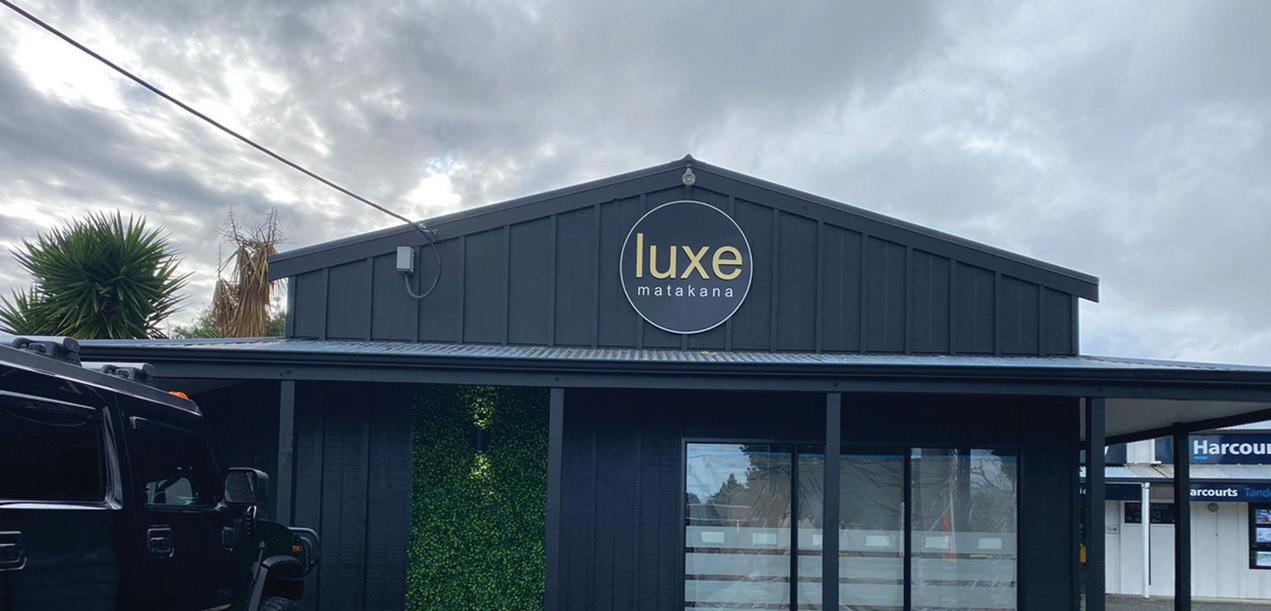




Soccerregistrations Wellsford AFC Soccer registrations are open now for 3-18 year olds. The season begins on May 11 and runs for about 14 weeks. Info: Cushla 021 324 965. Registration link: https://www.sporty.co.nz/viewform/286504
Tomaratabowls Tomarata Indoor Bowls meet in the Tomarata Hall, Mangawhai Rd, Tomarata every Wednesday at 7pm. Visitors and new members welcome. Contact Eryl at 09 431 4965 for more information.
Sportsgrant Applications are now open for the AA Insurance Big Little Sponsorship. One $10,000 sports grant will be given to one school from the North Island. Nominations close at 11.59pm on Sunday, March 24. More info: https://www.aainsurance.co.nz/big-little
Soccerdevelopment Wellsford AFC is inviting players to join a development squad for 9/10th and 11/12th grade players. The squad is run by volunteer Peter Black, who is a level three coach from East Coast Bays Football Club. The squad will have an additional training each week on a Tuesday or Wednesday and will participate in three Auckland tournaments this season. Info: Cushla 021 324 965. Registration link: https://www.sporty.co.nz/viewform/286504
Snellsbowls Snells Beach Indoor Bowls meet in the Mahurangi East Community Centre, on Mondays at 12.30pm. Visitors and new members welcome. Info: Pam 425 6405
Mangawhainetball Registrations for this season are open at Mangawhai Netball Club. The collegiate season starts on Friday, May 3, years 5-8 on Saturday, May 4 and juniors years 1-4 on Saturday, May 11. Coaches and managers are needed for every team. Register here: https://www.sporty.co.nz/mangawhainetball/Home-Page
Ribbonday The Matakana Branch Pony Club Ribbon Day will be held on Sunday, March 24 at Matakana’s Diamond Jubilee Park; 10am start. Everyone welcome to join this family-friendly event. BBQ, baking, and refreshments available. Entry costs $40 for a full day or $35 for a half day. Info & rules: https://www.facebook.com/MatakanaPonyClub/
Warkworth Tennis and Squash Club is hosting a competition pitting local business teams against each other, an event club president Steve Wilson called both social and “highly competitive”.
Sponsored by Bayleys in the North, the Bayleys Business House Competition involves 16 teams of up to six participants, playing in two divisions based on the previous year’s results.
Halfway into the competition, Division One was topped by Bayleys Bashers, head-to-head with Box Office Smash, a team from Matakana Cinemas. Division Two was led by Motley Crew, two points above Kiss Our Aces. Both teams comprise Warkworth club members.
Wilson said his own team, Aging Bull, had started strong, beating two highly-regarded teams before sustaining two losses.
Bayleys in the North director and Bayleys Bashers member, Mark Macky said they had been playing in the business house competition for several years. The company began to sponsor it last year, “as there wasn’t a sponsor and it’s a brilliant competition – lots of fun and banter, you meet some great people and no one takes it too seriously”.
“We are blessed to live in a brilliant community in the Mahurangi and this club and this little business house league is a great example of that,” Macky said. “Cool people, a relaxed vibe and lots of fun. We couldn’t be prouder to be involved as a sponsor and part of this community.”
Wilson said the competition provided the opportunity for people from area businesses to get together, have a yarn, with “no airs and graces”.
So a fun, social event, but also a little competitive?
“Oh, highly competitive,” he laughed. “Because these guys know each other, it gets very competitive indeed.”
“It is competitive, but you don’t see any poor sportsmanship or bad behaviour,” Macky added. “There’s always laughter on the court, which is great.”
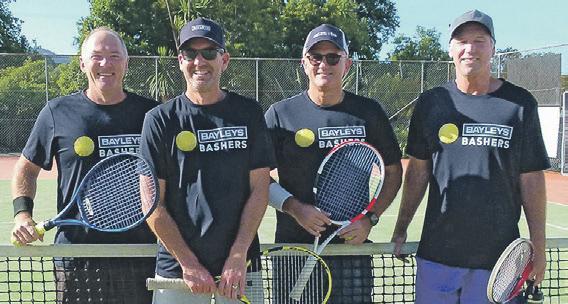
The Kowhai Swimming Club will be well represented at two national swimming events next month.
Eighteen-year-old Aaron Skipper will go up against the best sprint breaststrokers in New Zealand at the national Swimming Championships in Hawkes Bay, starting on April 9, as well as competing in the 4x4 men’s relay medley. A week later, Toby and Ryan Hewertson, Sienna Morrison and Fergus Charlton will compete in the national Age Group Swimming Championships in Napier.
Senior club coach Jill Fayeman says that for a small club, it is pretty awesome to have so many swimmers qualify for national events.
Skipper has been swimming with the Kowhai club for several years and this will be his first time swimming in the national opens. He is a former Mahurangi College student who left at the end of last year to pursue an apprenticeship with Laser Plumbing.
Fayeman says the club caters for young swimmers who swim for fun and fitness, as well as those who want to swim competitively. Sessions are held throughout the week at the Mahurangi College pool.
“Club membership offers camaraderie and improved water confidence, as well as an opportunity to be involved in a low-injury sport,” she says.
It is a supportive community where swimmers can improve their technique under the guidance of experienced coaches. The club provides access to structured training programmes tailored to individual skill levels.
“The Kowhai club is in good heart, but we are always keen to attract new swimmers. We don’t offer learnto-swim classes, so most juniors join when they are around seven or eight years old, when they can swim 25 metres in a couple of strokes.
“Swimmers start in the fun and fitness classes, but if they show commitment and potential, then we move them through into the competitive squad.”
Kowhai also offers adult lane swimming, Monday to Friday, from 6pm to 7pm.
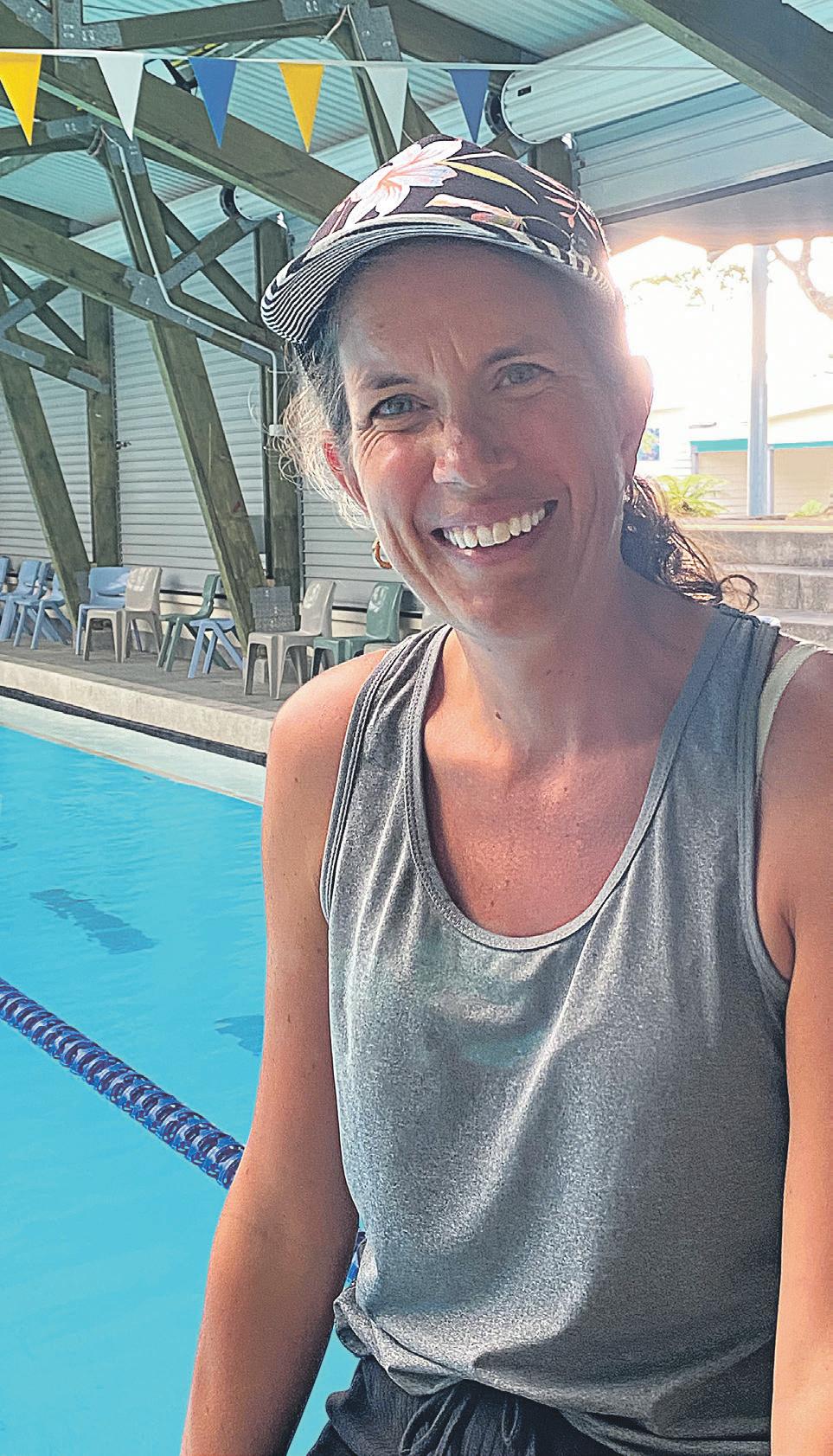
Hamilton. She says she is passionate about encouraging young swimmers who are confident and successful in the water, with correct technique and a desire to better their stroke. The club welcomes all young swimmers who can swim a couple of basic strokes for about 25 metres. To arrange an assessment, email kowhaiswimming@gmail.com

